Best road bike helmets 2025: Our experts' picks, buying advice, and today's best prices
The best road bike helmets depend on your individual needs, budget and preferences. In this guide, our experts unpack the jargon to help you buy the right one, while our live pricing software helps you get the best deal
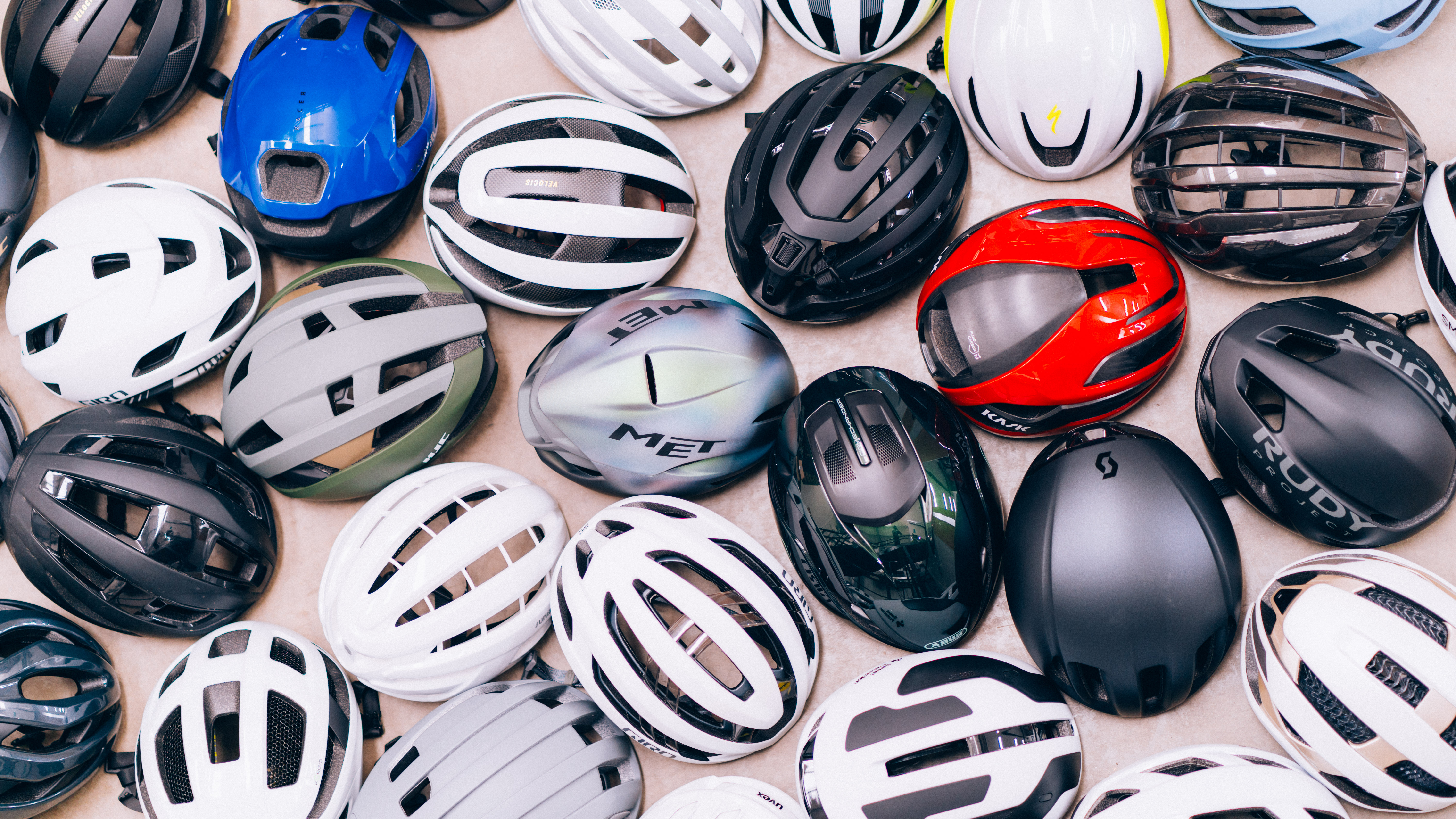
Helmets are an essential piece of safety equipment for cyclists. No matter if you're new to cycling or covering hundreds of miles per week, choosing the best road bike helmet is vitally important.
There are a lot of road bike helmet options to choose from, with a wide range of performance characteristics and price points to consider.
While many riders will just want good airflow to help keep them cooler, the best aero helmets have been designed to help you go faster. We took 41 aero road helmets to a wind tunnel in 2025 (plus another six time trial helmets) in the world's largest test of helmet aerodynamic performance and have used the results in this guide.
For many riders, low weight is a priority, but additional safety tech such as MIPS (Multi-directional Impact Protection System), crash detection systems and in-built lights (which also feature in many of the best commuter helmets) can be attractive extras.
Our top pick is the Specialized S-Works Evade III, but this guide also includes the cycling helmets we consider the best of the dozens we've reviewed, covering a range of prices from budget cycling helmets to expensive top-spec helmets used by the pros.
Meanwhile, if you've got more questions about How to Choose, read our helmet buyer's guide and the Everything You Need to Know section lower down this page for detailed advice.
Quick list: Best road bike helmets
Want to cut to the chase and find out which road bike helmets are the best? Below, you’ll find a quick roundup of our choices. You can click the read more section on each, and that'll jump you down to the more detailed review of each helmet. There's a comparison table of specs at the bottom too.
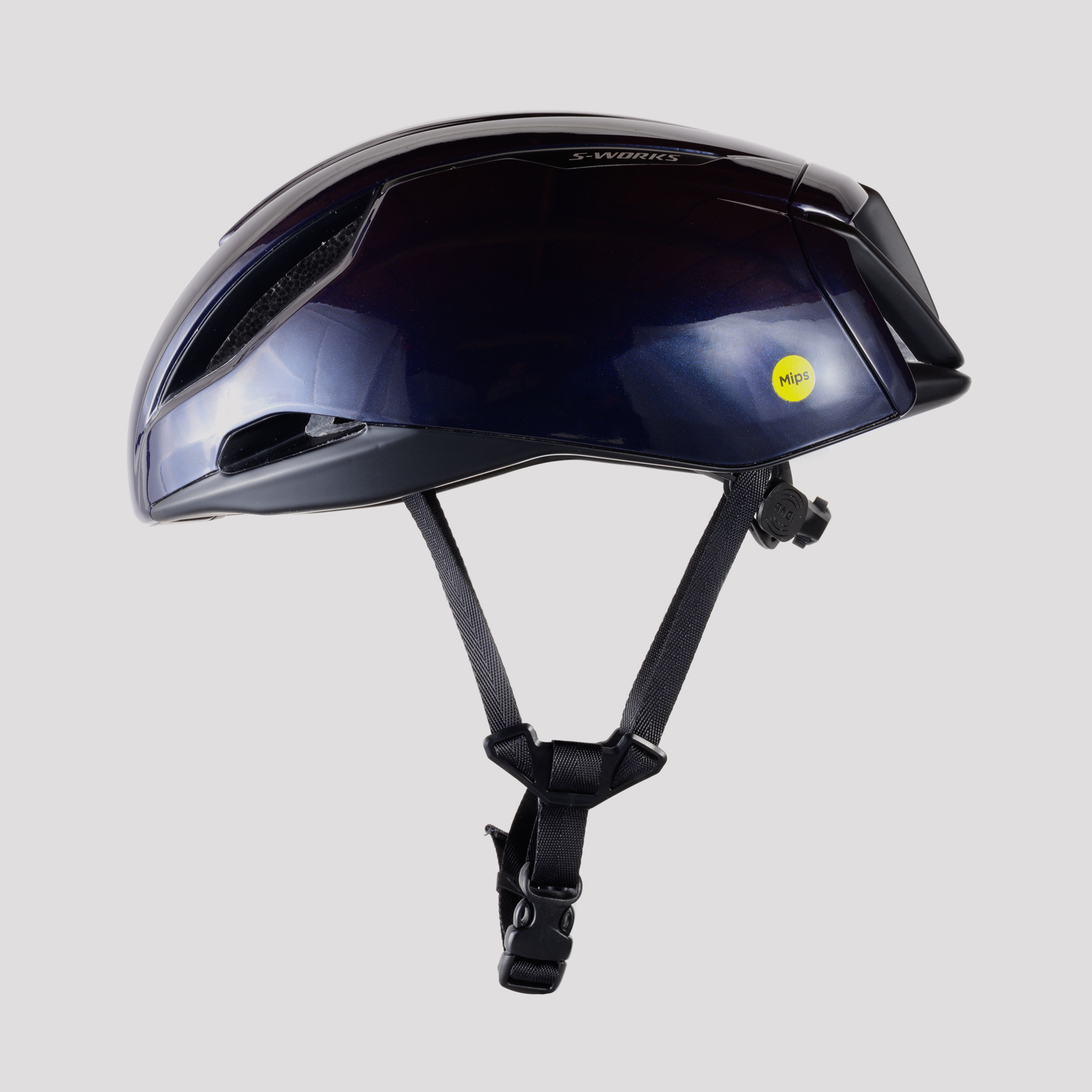
One of the fastest 'road-style' helmets in the Cyclingnews wind tunnel test also has great ventilation, decent safety test results, a comfortable fit and a popular style.
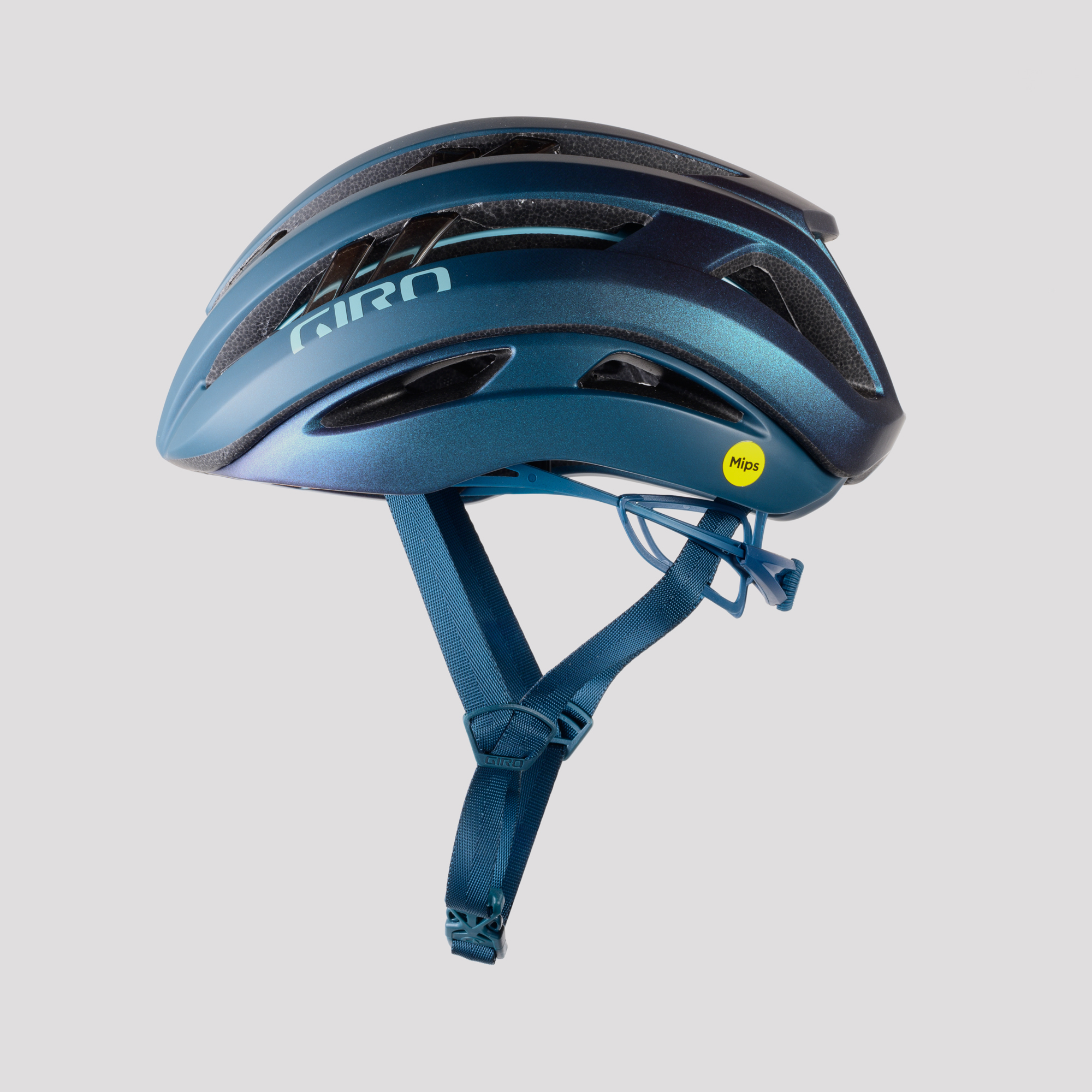
The Aries Spherical is another great all-rounder but with a primary focus on ventilation. It has best-in-class performance in independent safety tests, great airflow and a comfortable fit.
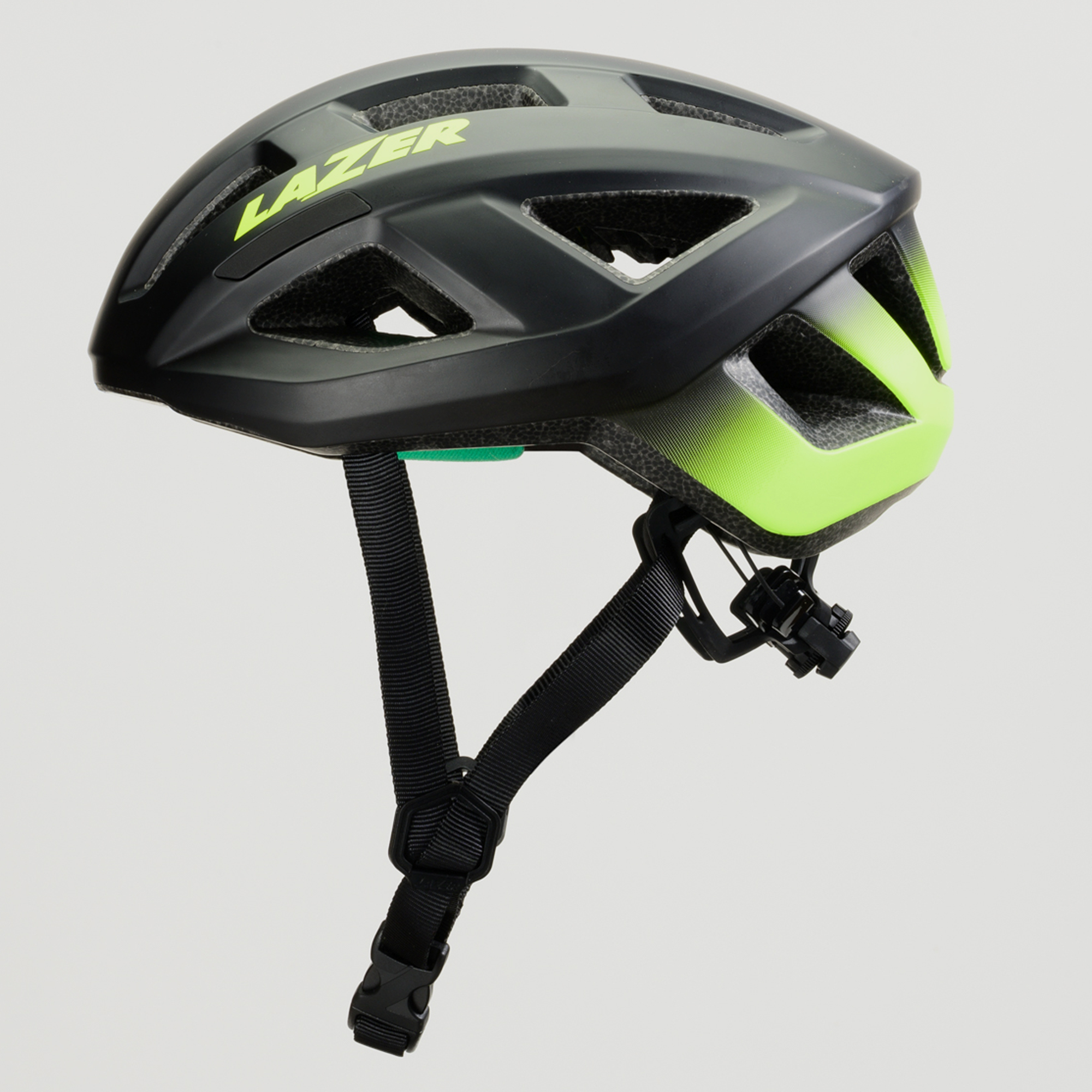
The Tonic Kineticore offers good all-round performance at an excellent price. The material composition reflects this price, but the safety performance stands up, and its weight is competitively low.
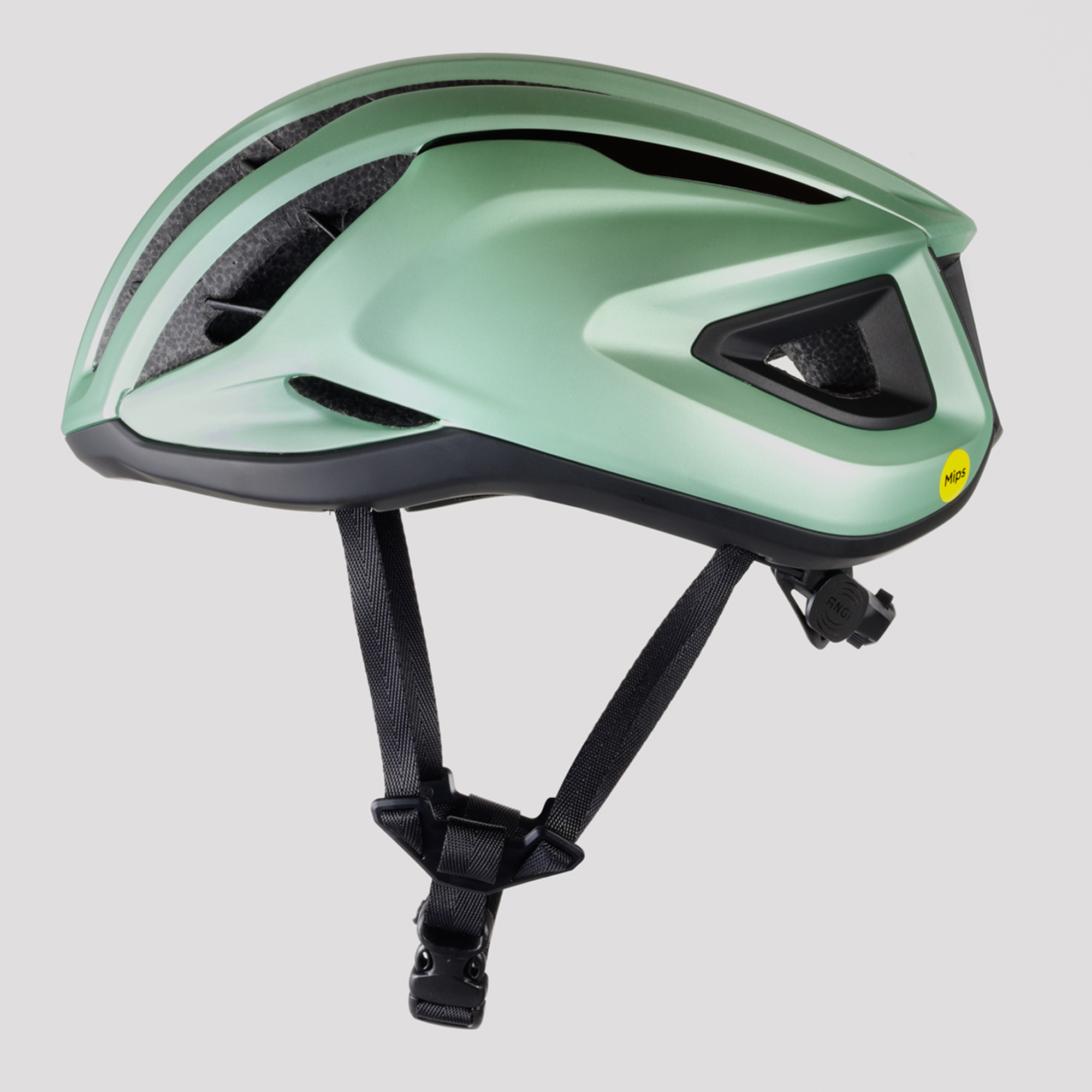
A well-liked helmet with incredible levels of ventilation, in-built carbon fibre struts and one of the best safety scores on the market. It's comfortable and stylish too.
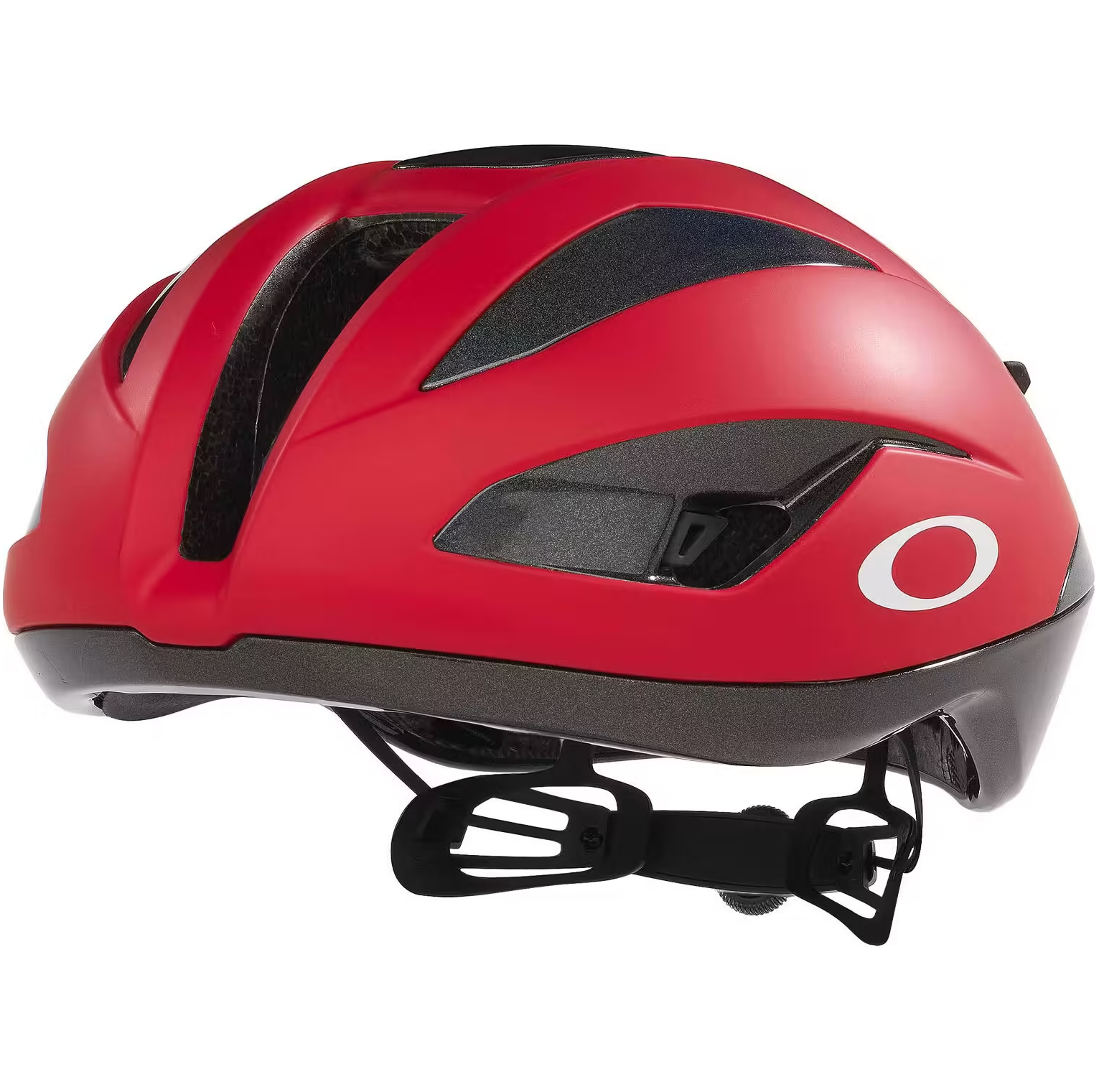
The Oakley Velo Mach was the fastest helmet in our wind tunnel test. It was also one of the lighter ones, although it doesn't include MIPS or other rotational impact tech. If you want speed and low weight, take a look.
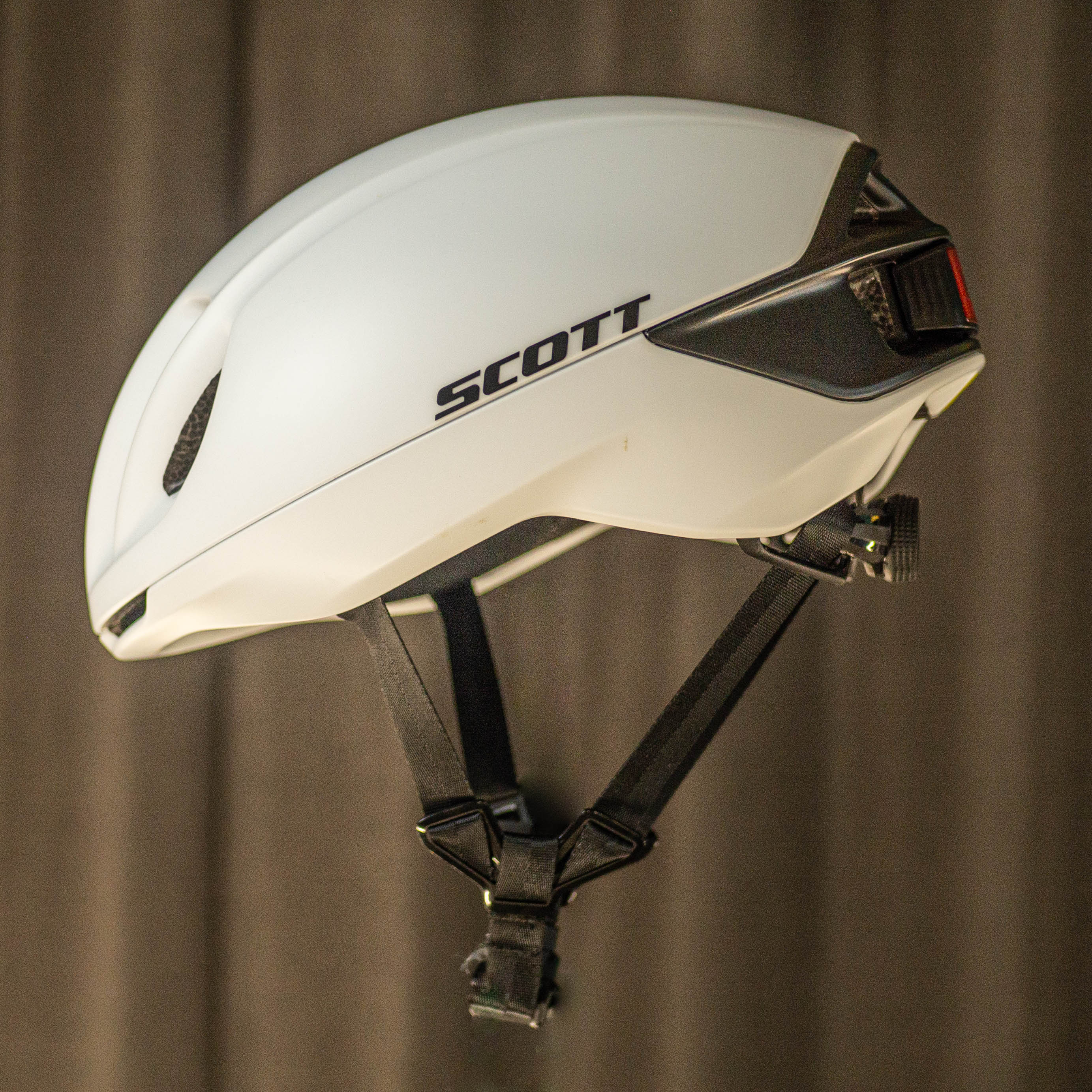
Good aero performance, good ventilation, optional vent plugs to make it even faster, and an included clip-on rear light for added visibility. It's brilliantly versatile for everyday riding, racing and more.
Last updated 17th of November 2025
The guide has been updated with new review links and results of aero helmet testing. The best aero helmet in the guide is now the Oakley Velo Mach as it came out top in wind tunnel testing. The Fizik Kudo Aero was also added to the Also Consider based on recent testing.
Best road bike helmets available today
You can trust Cyclingnews
Best road bike helmet overall
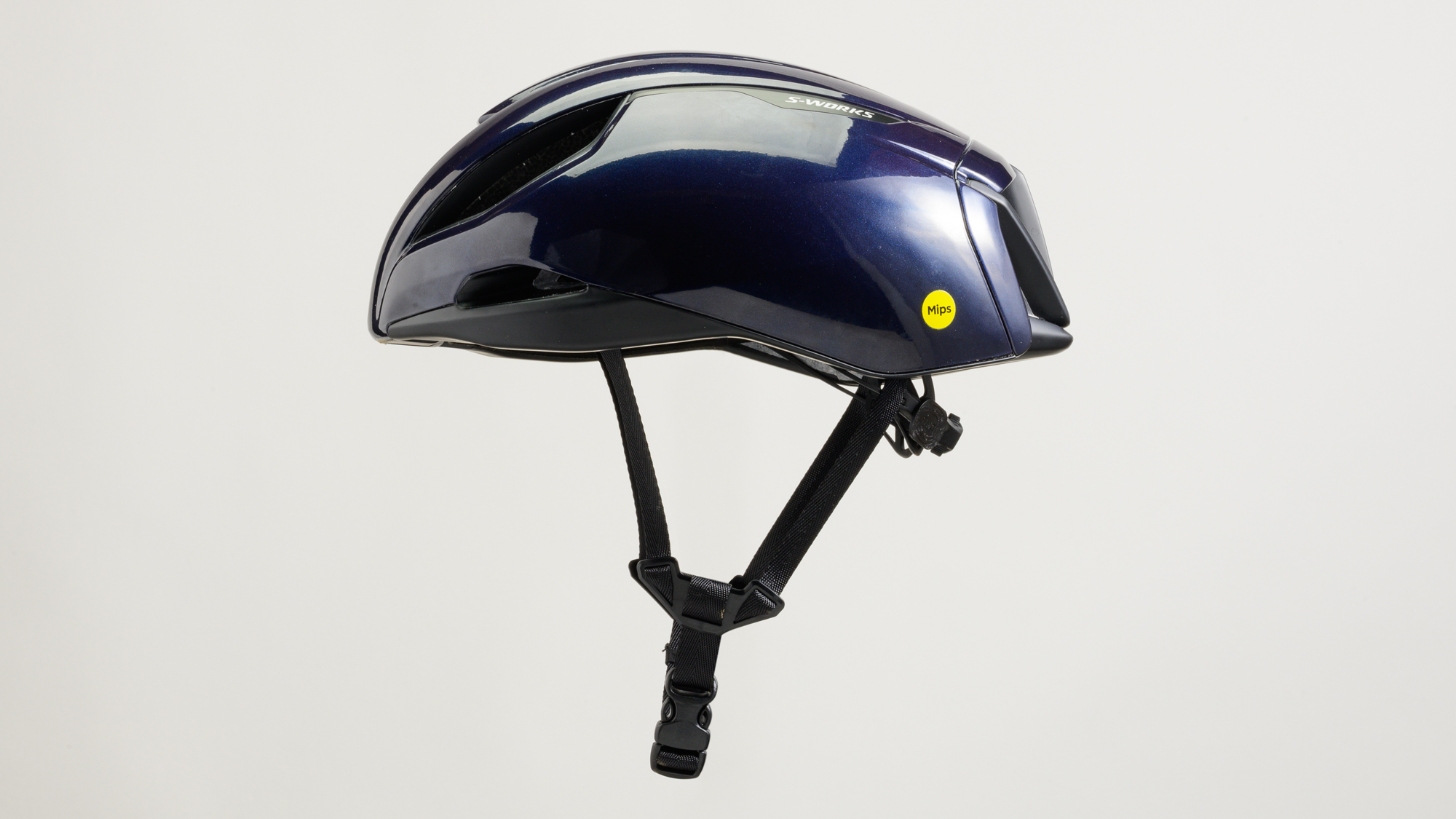
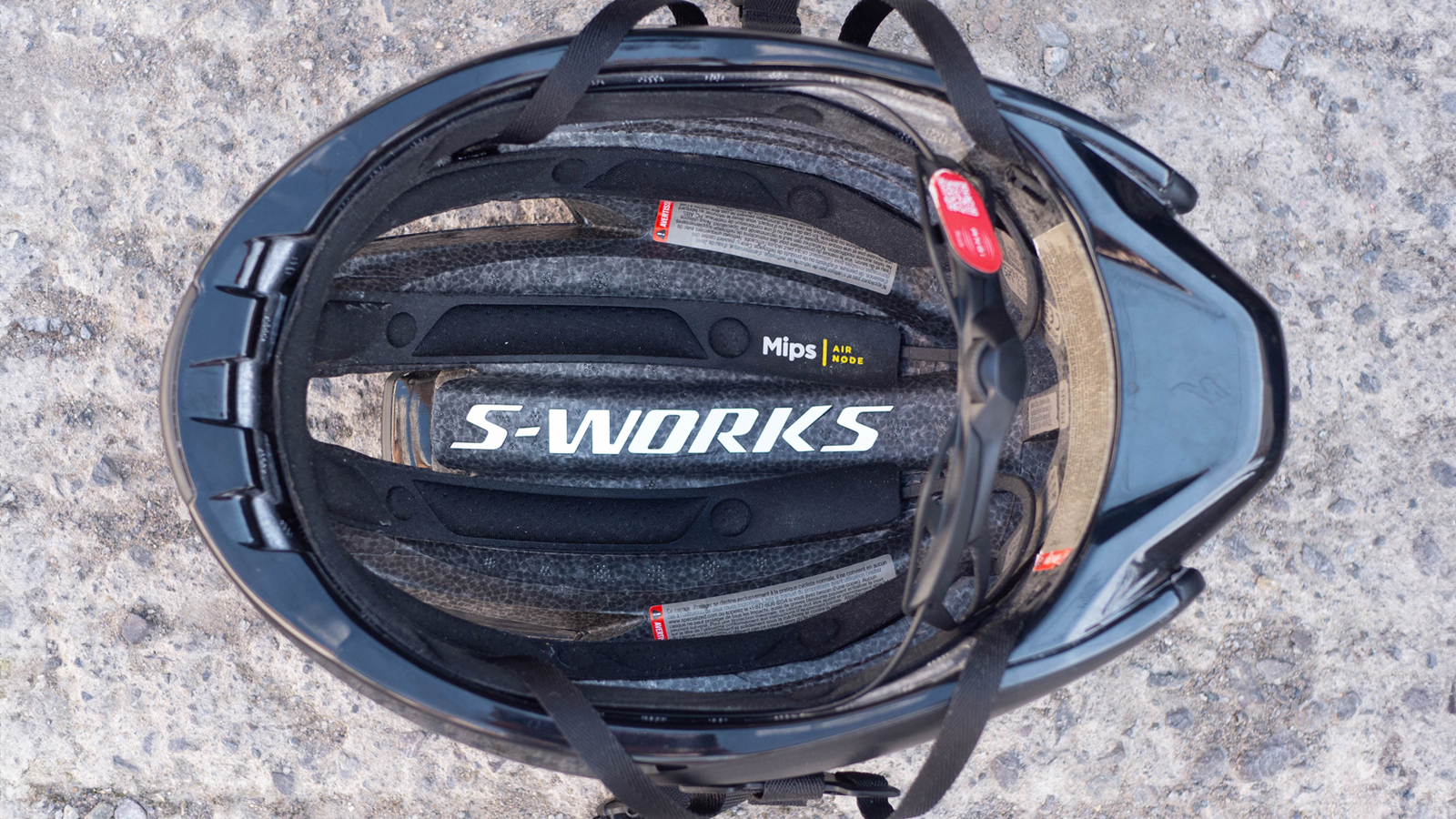
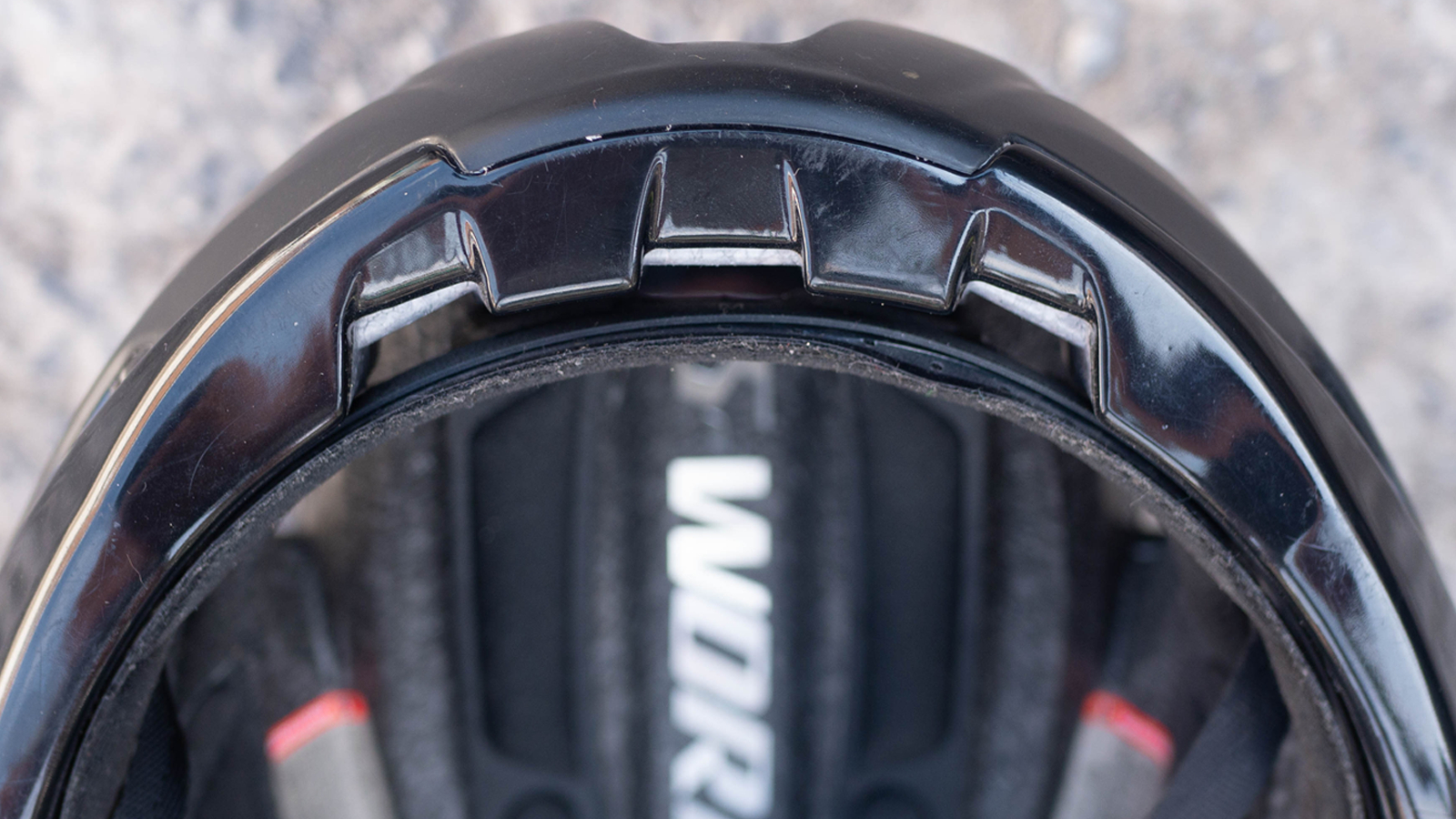


Specifications
Reasons to buy
Reasons to avoid
✅ You race and want aero performance alongside all-day comfort: The Evade III has proven aero credentials, taking second place in our wind tunnel testing.
✅ You want an excellent all-rounder and don't mind the aero style: Although it's primarily an aero helmet, it's still lightweight, well-ventilated and comfortable enough to wear all day.
❌ You want to keep your spend to a minimum: Specialized's S-Works branding doesn't come cheap but it's in line with other premium road bike helmet offerings.
❌ You need the fastest performance, no matter the cost: Three helmets scored better in our most recent wind tunnel test, with the Oakley Velo Mach coming out on top, beating it by just 1.2 watts.
The Specialized S-Works Evade III is both a great aero helmet and a great all-rounder. It was the fourth-fastest helmet in our wind tunnel test, only marginally slower than the Oakley Velo Mach, Trek Ballista and Canyon Stingr. It's our top aero road helmet pick though for its good overall performance.
Aero helmets have a reputation for being hot and poorly ventilated, but in recent years, that's no longer always true, and the Evade III is proof. It's well vented up front, with a large 'exhaust' at the rear to let the hot air escape quickly, and in my testing, these features combined to keep my head comfortable and cool even when the temperatures soared.
Here at Cyclingnews, we all think it's a stylish helmet too. I know that'll be a subjective matter, but it's an opinion that a lot of road cyclists share. I've noticed the white straps on certain colourways stain easily with sweat and dust, though, so I'd opt for another colour. That aside, I have found it to be really comfortable, with no pressure points to distract me during a ride. I even used it on a 13-hour ride without any discomfort.
On the safety front, the independent helmet safety tests performed by Virginia Tech University earned the Evade a score of 10.93. That score is beaten by some others on this list, but it puts the Evade comfortably in the four-star bracket and among the best on the market. Read more about helmet safety scores in our how to choose section below.
Unless you live in seriously hot conditions or find yourself riding up long slow climbs often (where your speed and airflow will be reduced) there's little reason not to choose an aero helmet for all your road rides, and the Evade is the best aero helmet we've used.
For more details, check out our Specialized S-Works Evade III review.
Best road bike helmet - Runner up
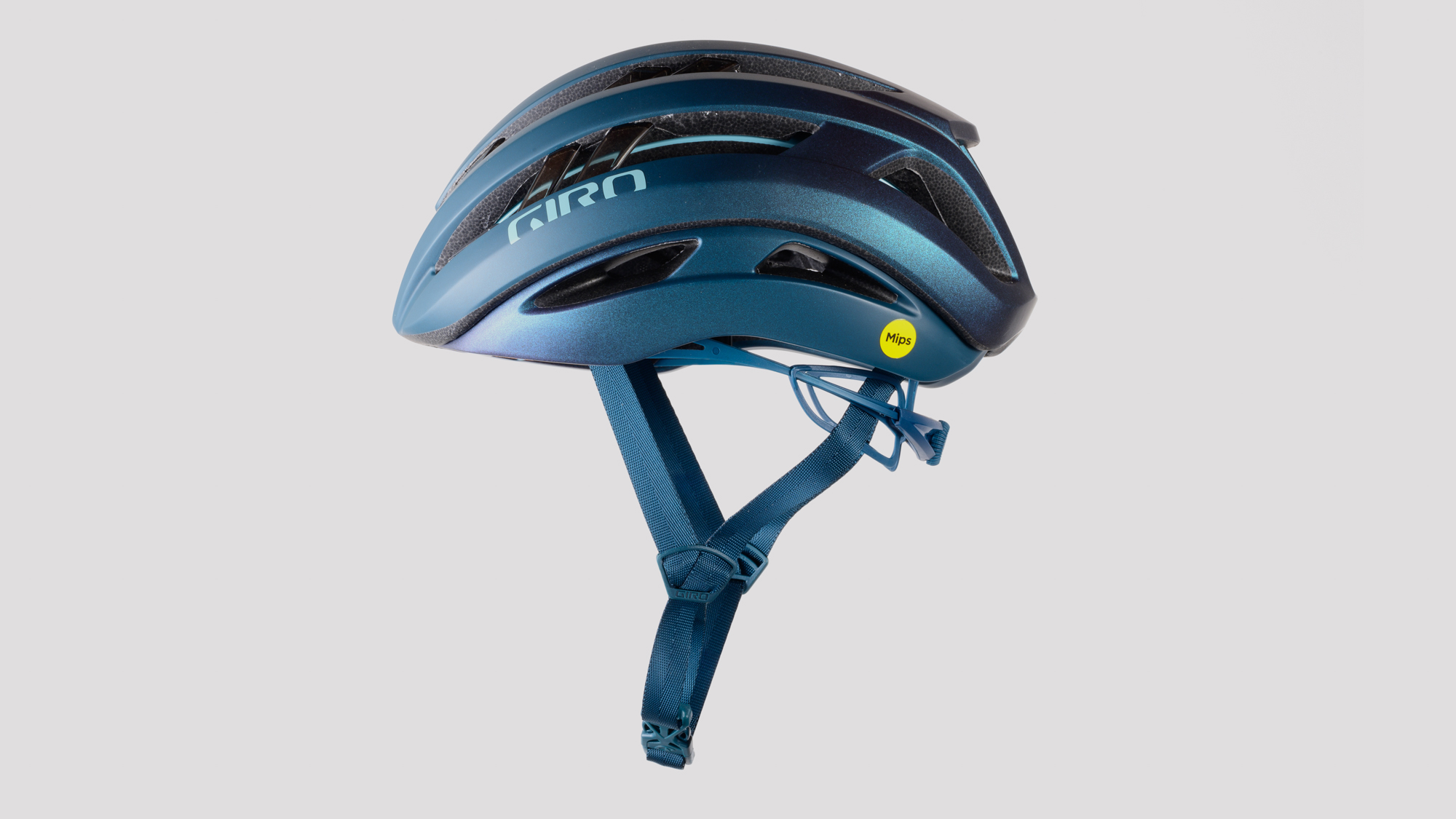
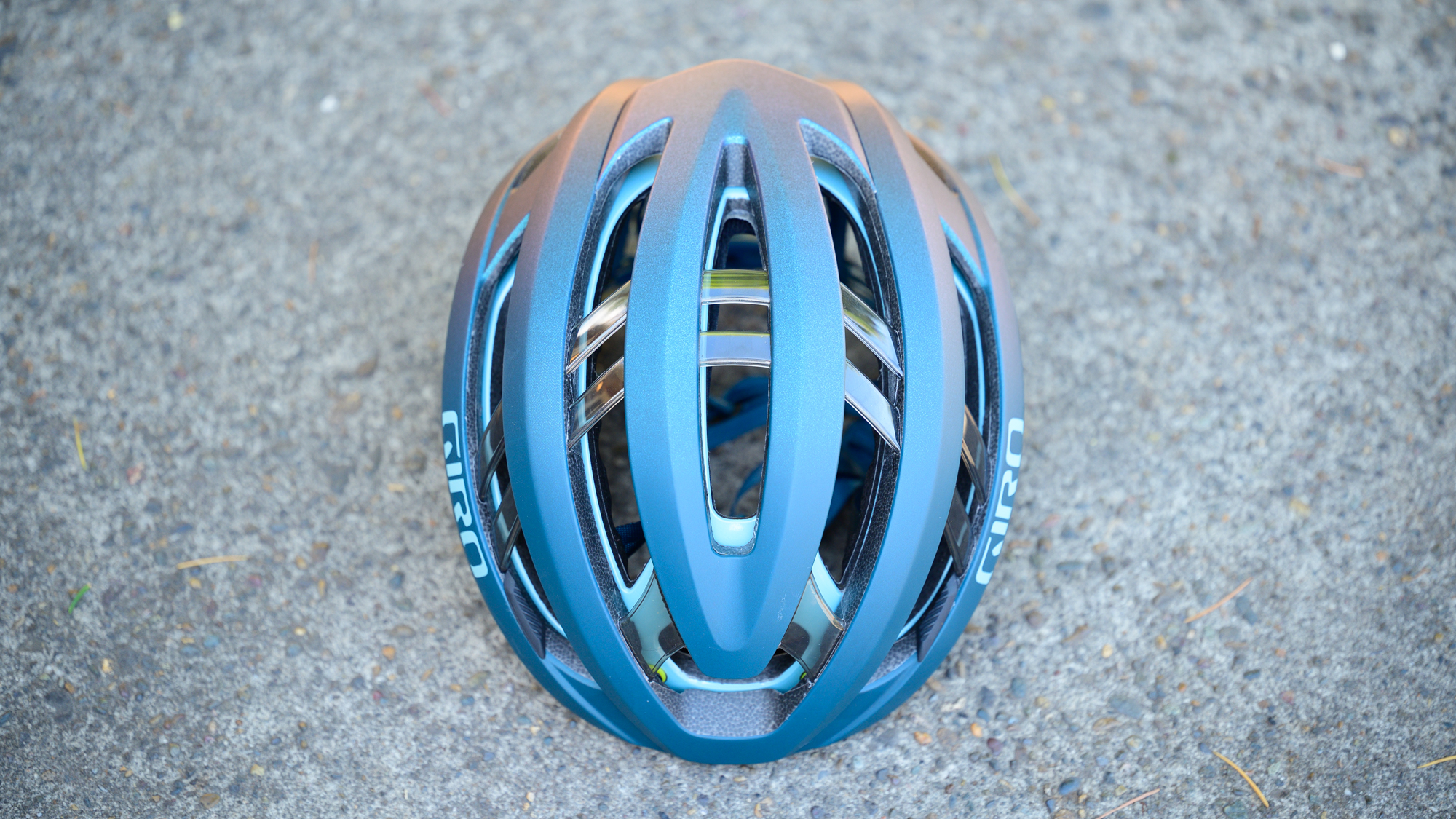
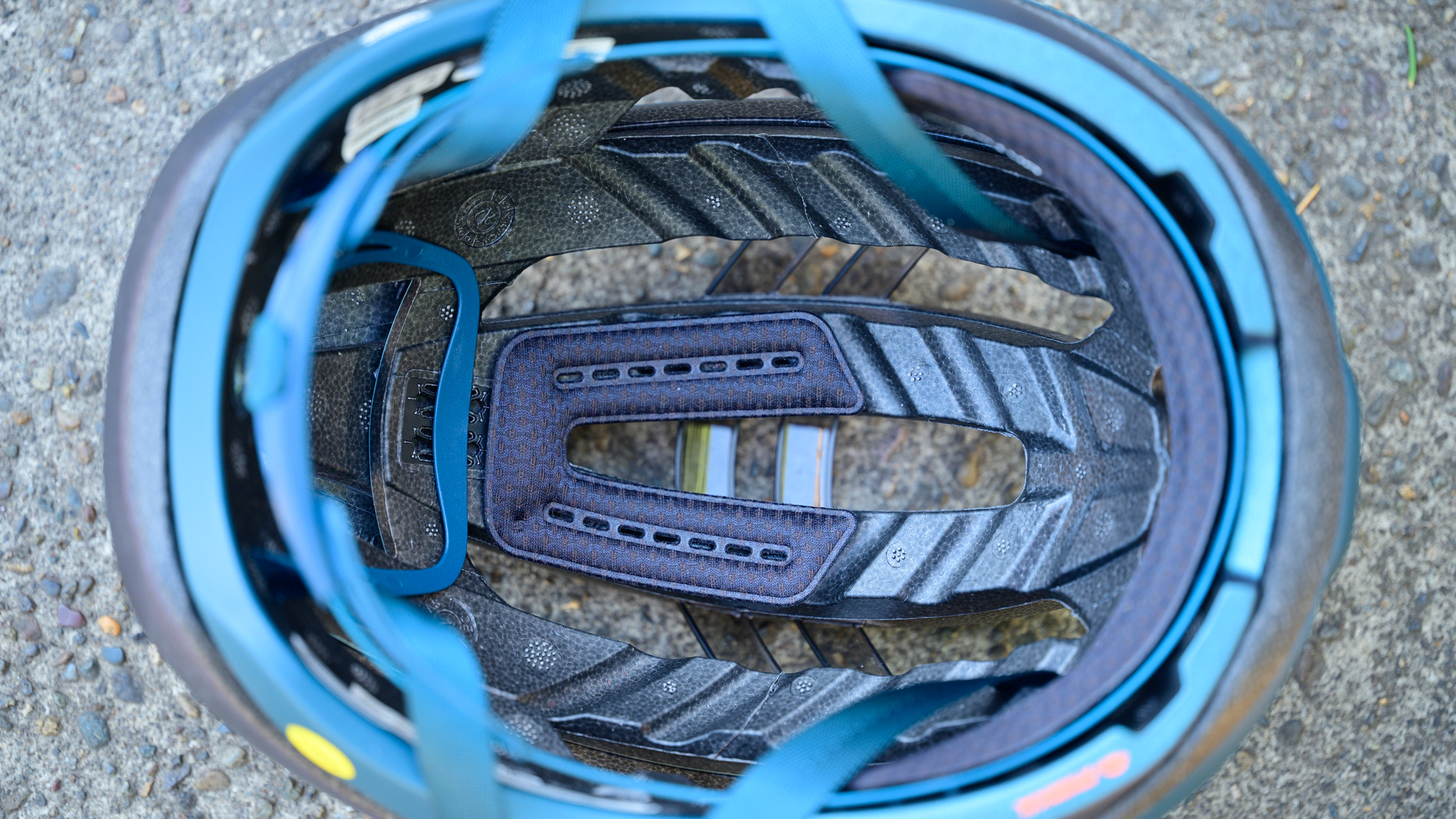
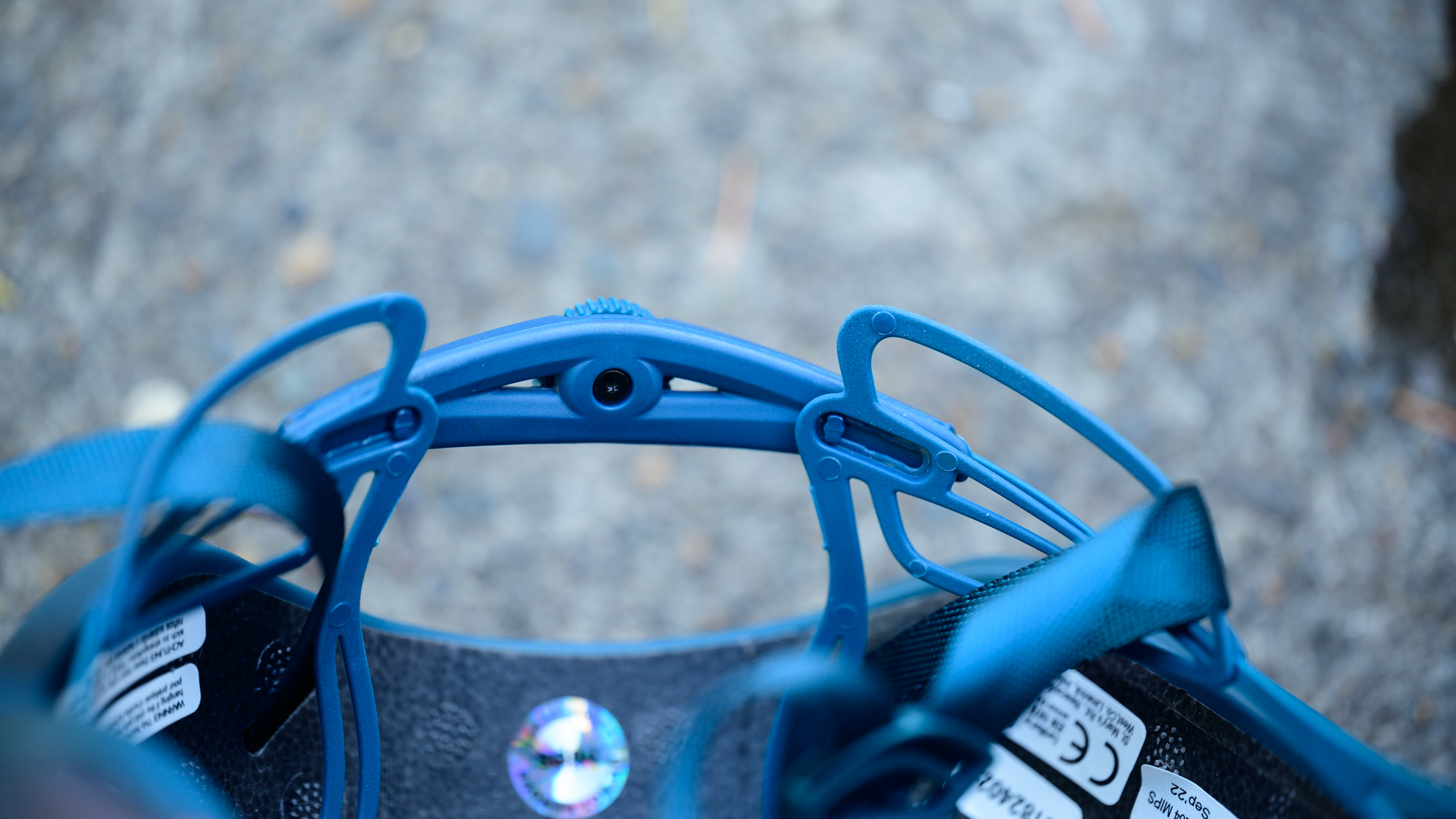
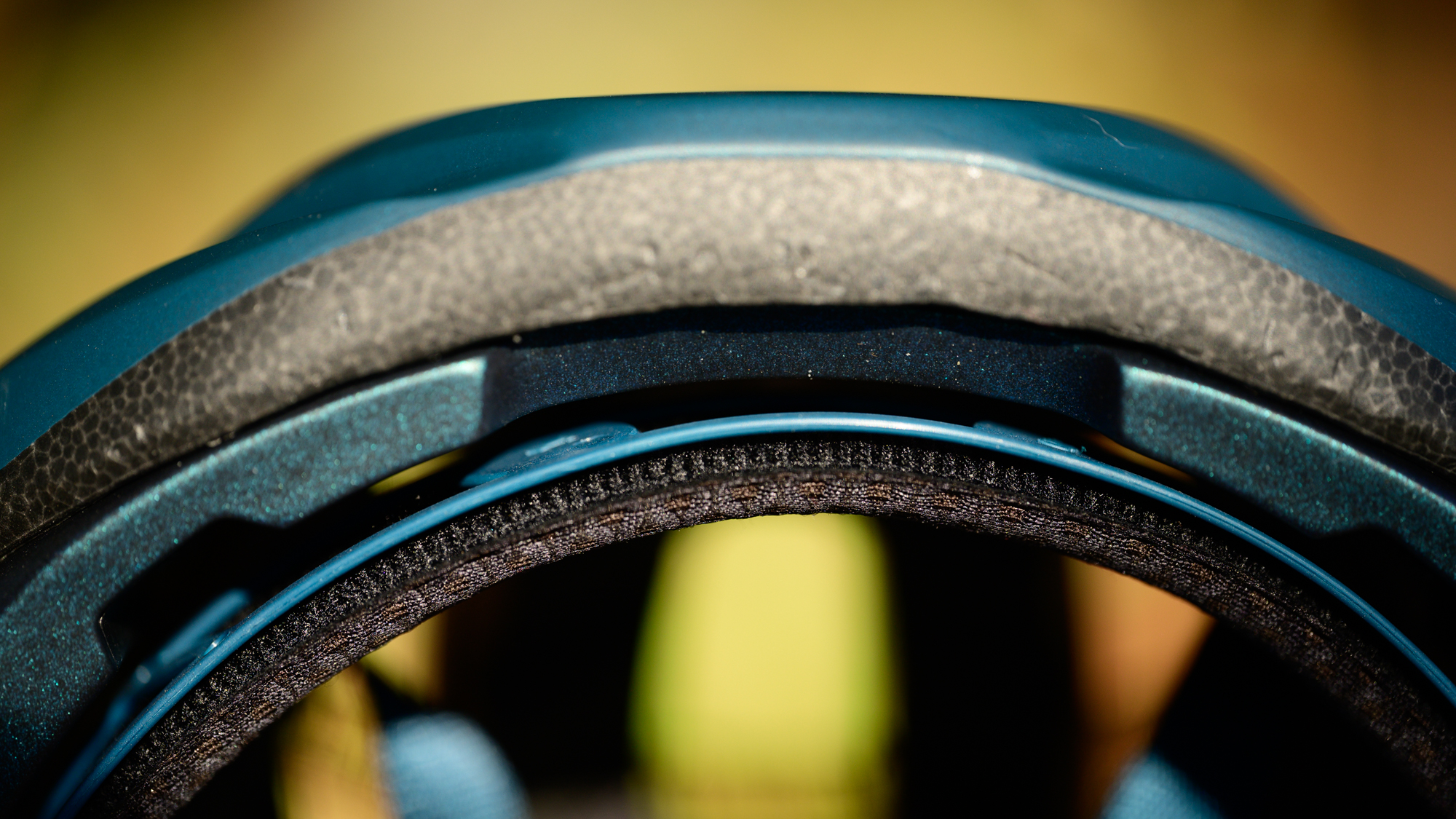
Specifications
Reasons to buy
Reasons to avoid
✅ You want best-in-class results in safety tests: Virginia Tech is at the forefront of independent helmet testing and the Aries is one of the best scoring helmets it's tested.
✅ You want an excellent all-rounder and prefer the vented design to aero style: Areo shaping isn't to everyone's tastes; the more rounded shape and wide open vents will be more palatable to some riders.
❌ You need to maximise the aero performance: The Aries is focused on ventilation performance rather than aero slipperiness.
❌ You can find the Prevail III on offer: The Aries is cheaper than Specialized's Prevail III making it a slightly more budget-friendly premium option; if the Prevail III is discounted though it's a better choice.
With all of what we've just said about the Evade, there are still plenty of cyclists who would be better served by a helmet more suited to climbers, with better ventilation and a more traditional aesthetic. For those people, the Giro Aries Spherical helmet is our pick.
Where the Aries stands head and shoulders above the competition is in the independent safety tests by Virginia Tech University. With a score of 8.40, it's one of the best performing road bike helmets tested and merits a five-star rating even now Virginia Tech has recalibrated its thresholds.
This comes courtesy of the MIPS Spherical technology, which creates a ball and socket design with two layers to the helmet shall. This lets the outer layer of the helmet rotate independently of the inner layer, with rubber tendons holding the two together.
One problem this creates is that it takes a little extra push if you want to get the helmet higher on your brow. It’s not a big problem but it is noticeable. It also adds a little to the helmet's weight relative to other MIPS types.
When you look at the Giro Aries Spherical from the front, a set of transparent arches bridge the gap across the sizeable air vents. From the side, it has a more rounded rear profile, rather than the elongated tail you'll find on aero-shaped helmets like the Evade, the Procen Air, or Trek's Ballista. In our experience, ventilation is second only to the Specialized Prevail III, but the safety test score is marginally better, and we found the Aries to be a little more comfortable.
You can read more details in our full Giro Aries Spherical review.
Best budget road bike helmet
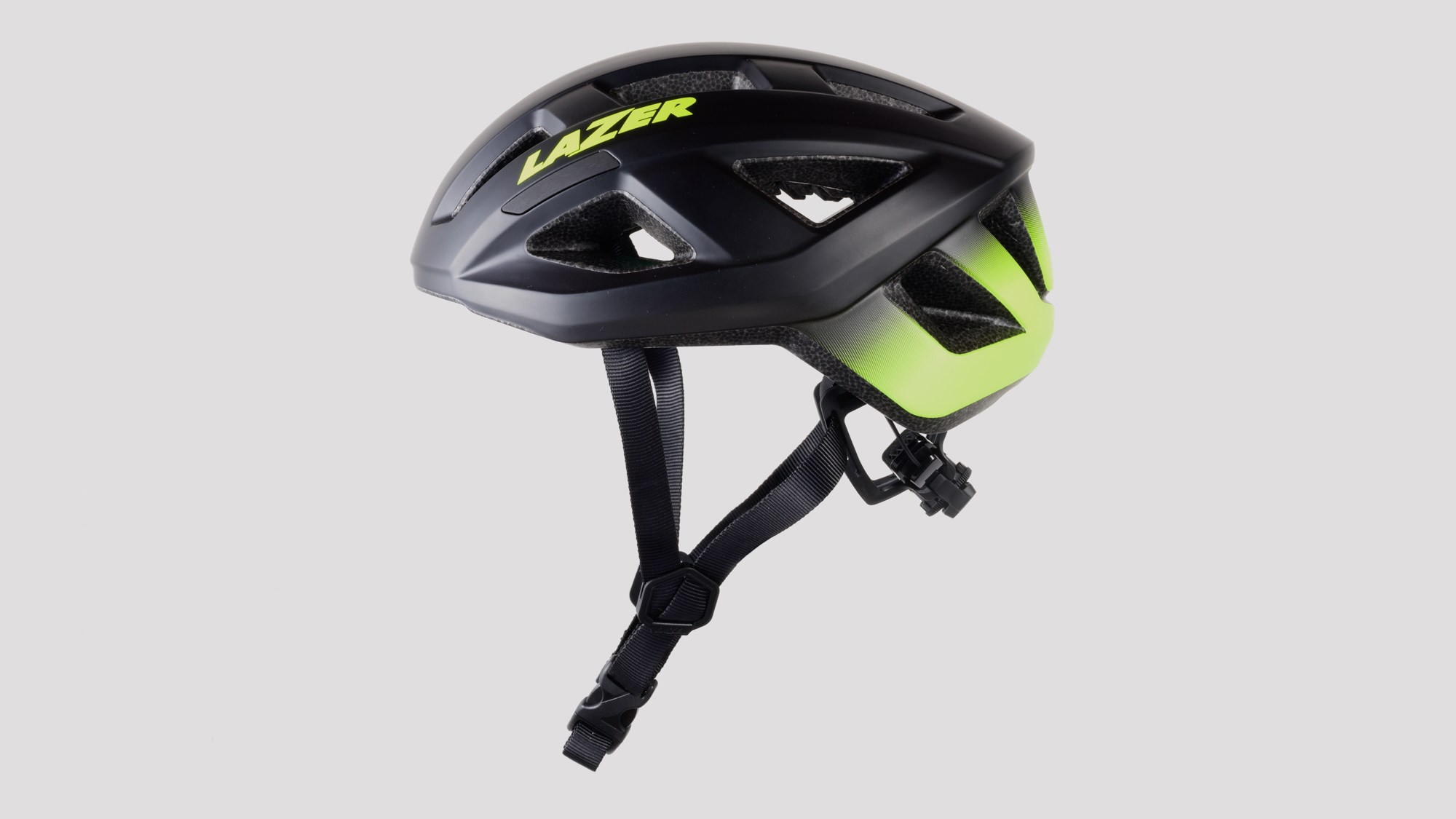
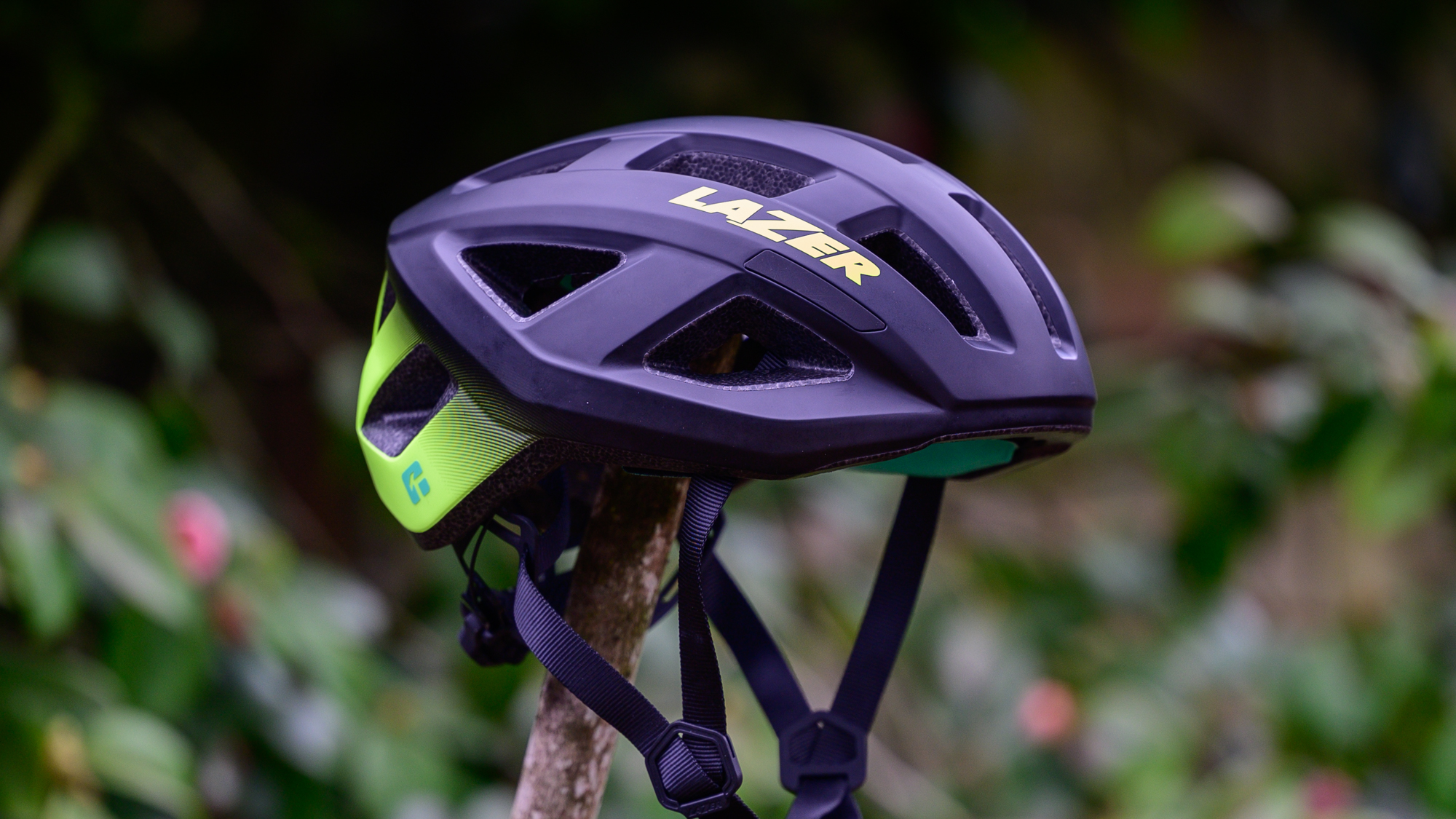
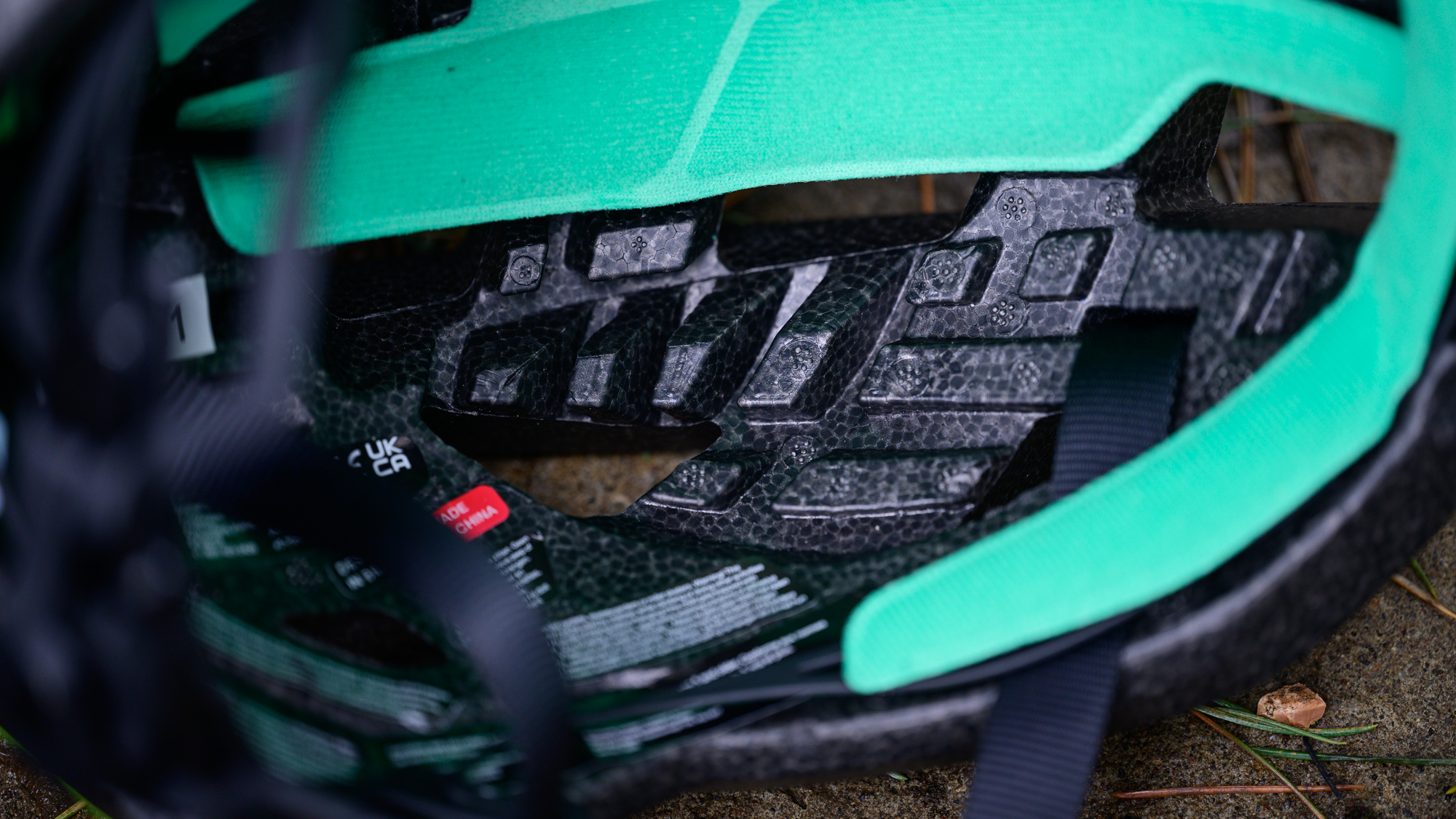
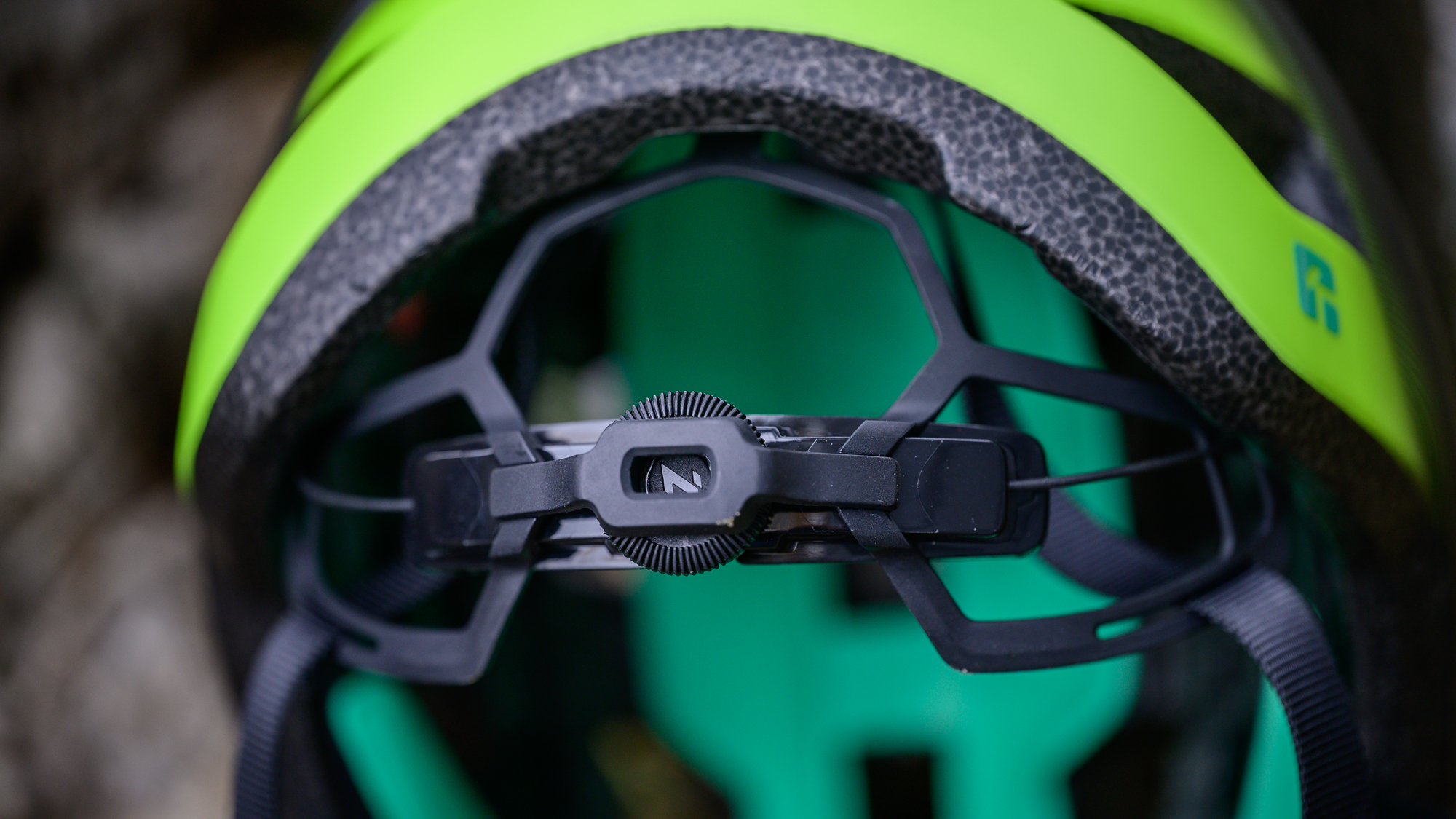
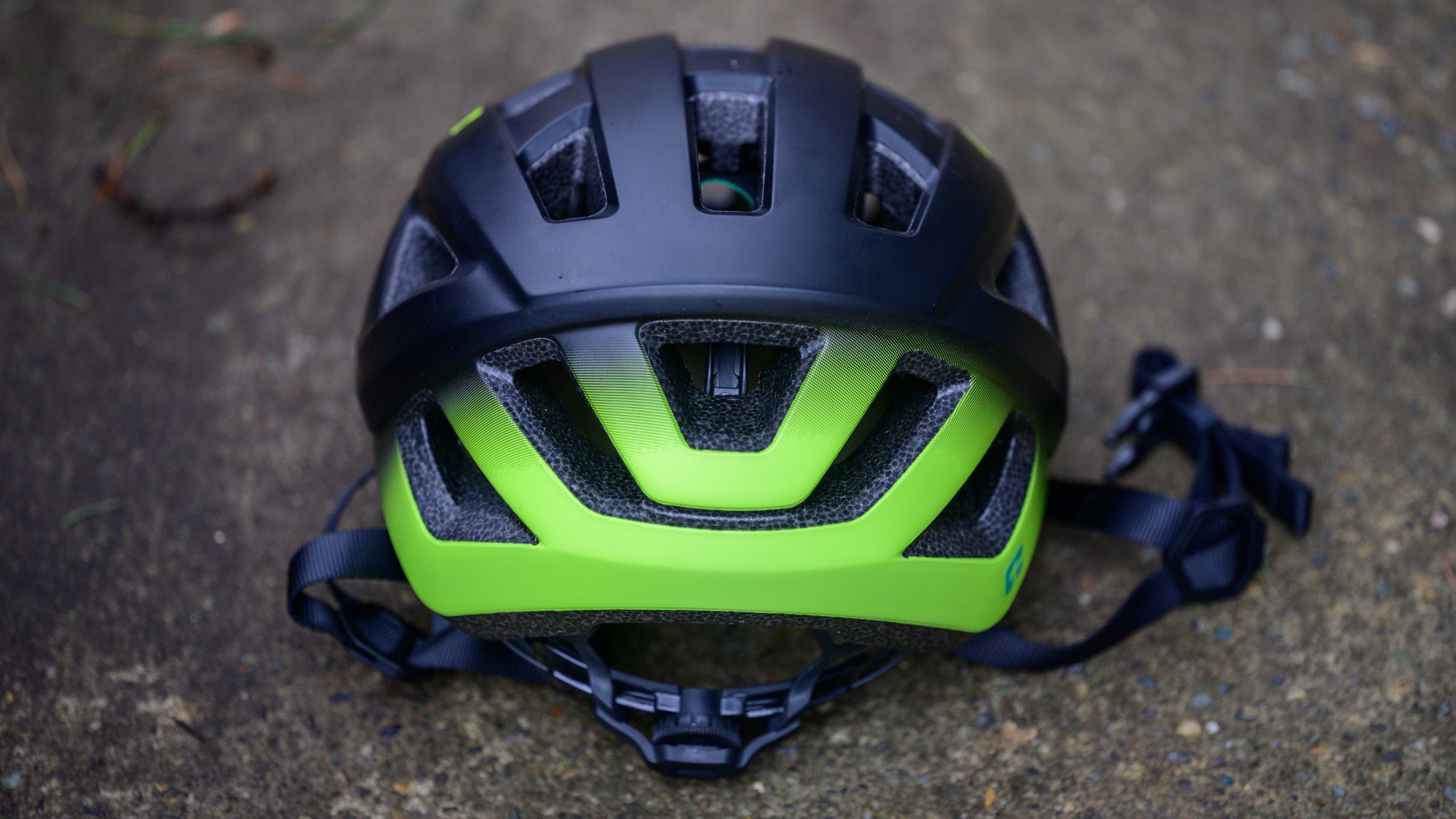
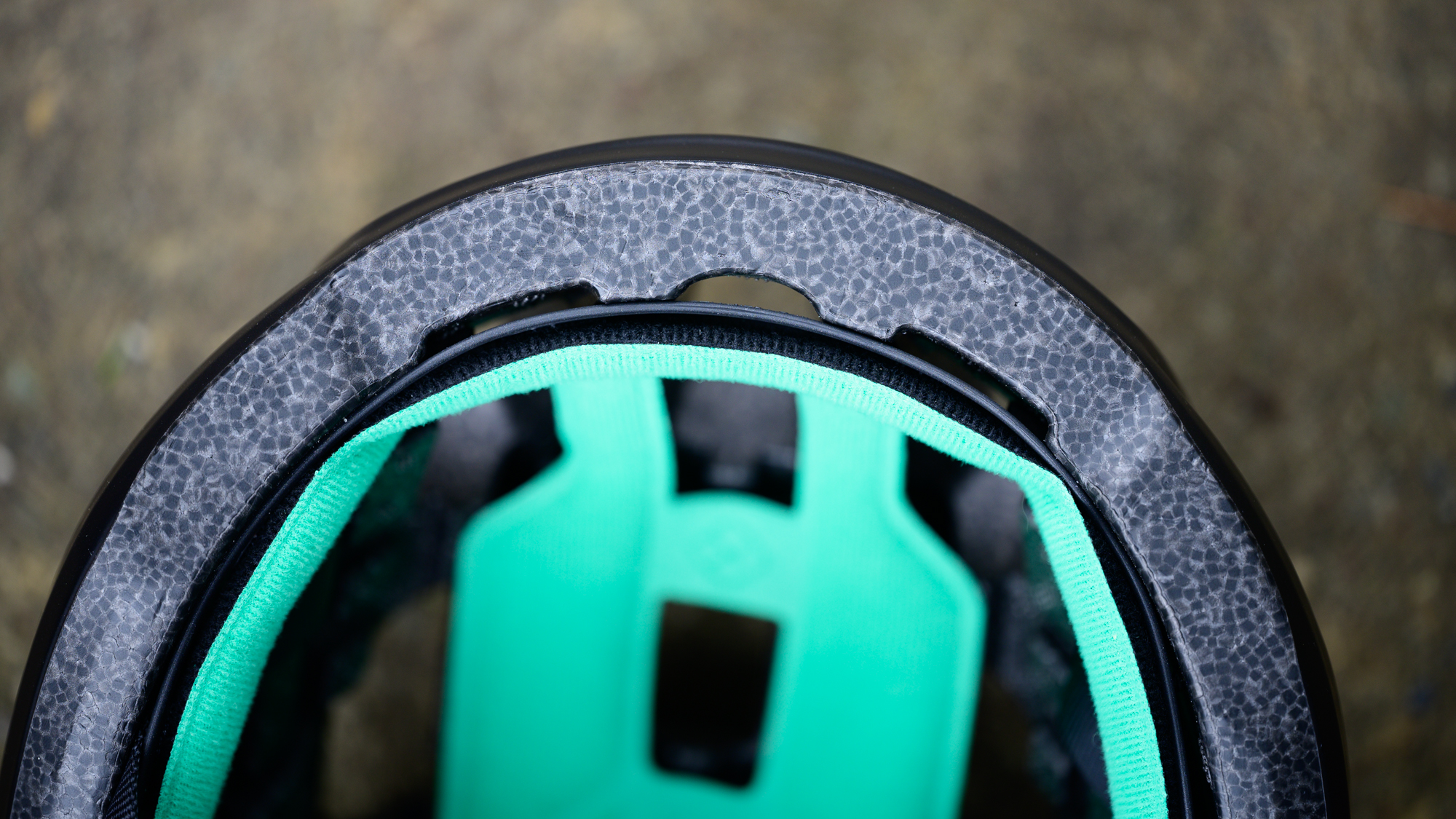
Specifications
Reasons to buy
Reasons to avoid
✅ You want to keep the cost to a minimum: In a world where the best road bike helmet costs creeps higher and higher, the Tonic KinetiCore presents spectacular value.
✅ You like a lightweight helmet with safety considerations: The Tonic KinetiCore is only 14g heavier than the lightest helmet in this guide.
❌ You value aerodynamic performance: Lazer has given no specific focus to aero performance in the Tonic KinetiCore design.
It's important to understand that there is no definitive answer about how to make a safe helmet. Different brands have different strategies that aim to do the same thing. Lazer's approach is to build little blocks into the part of the EPS foam that sits closest to the cyclist's head. During an impact, those blocks are designed to break or compress to allow movement and absorb energy. As a nice bonus, the channels between the blocks also help with airflow.
The name for this technology is KinetiCore and Lazer offers it at a variety of price points. The flagship option is the Lazer Vento KinetiCore, which offers more KinetiCore blocks, aero optimisation, and an innovative way of tightening up the rear cradle. That's a good helmet, but we've chosen to highlight the Tonic KinetiCore because of its incredible price.
For less than a third of the flagship product price, you get a lightweight helmet that is stylish enough to work on a gravel or road ride but still uses KinetiCore. You do give up features, but that is only a consideration if you miss them.
If you don’t care about the latest aero innovations, the Tonic KinetiCore offers a lot for the price. One detail that's changed for the worse is the material used for the straps, which is now a bit stiffer and heavier.
You can read more in our full Lazer Tonic KinetiCore review.
Best road bike helmet for hot weather
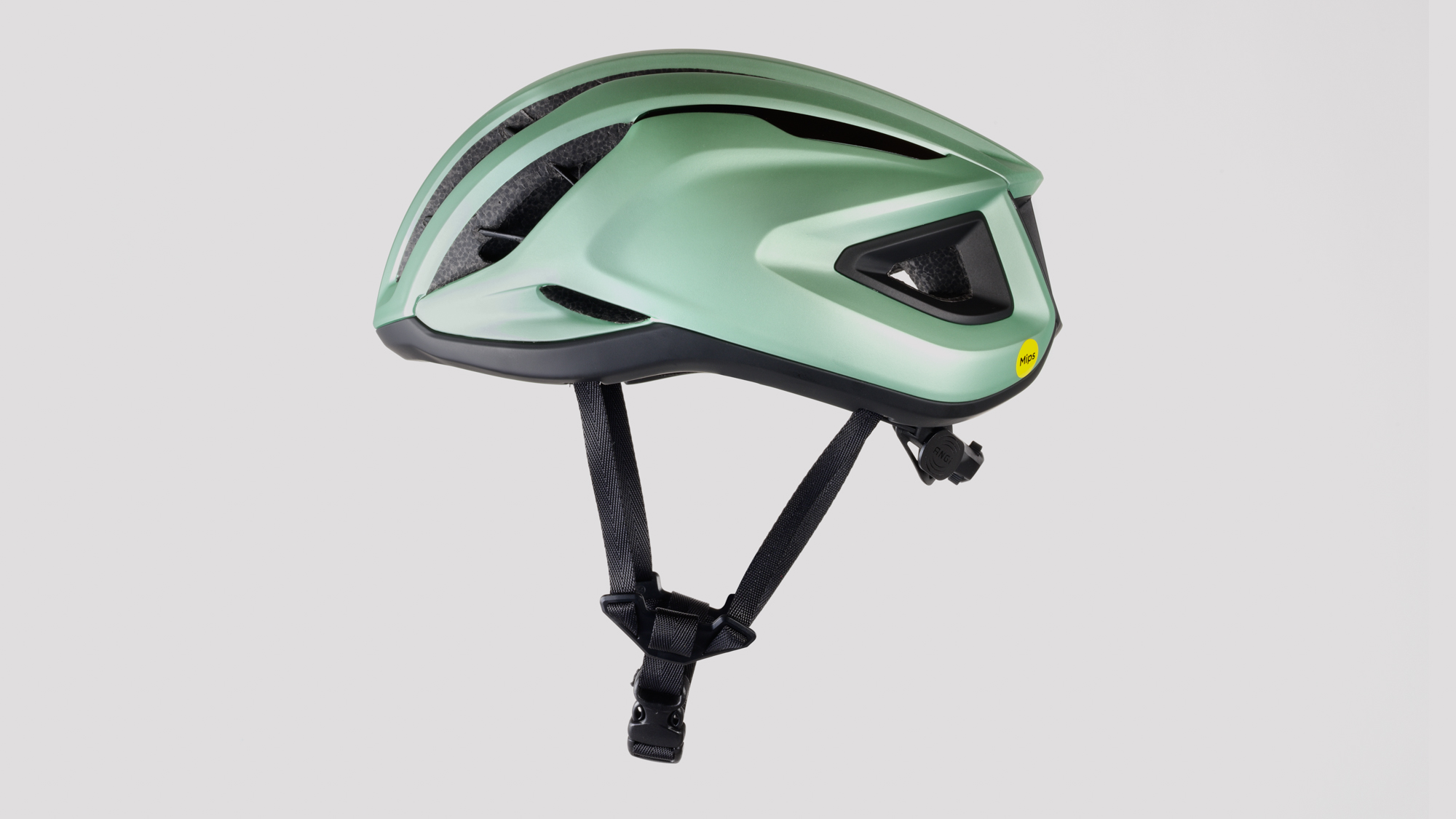

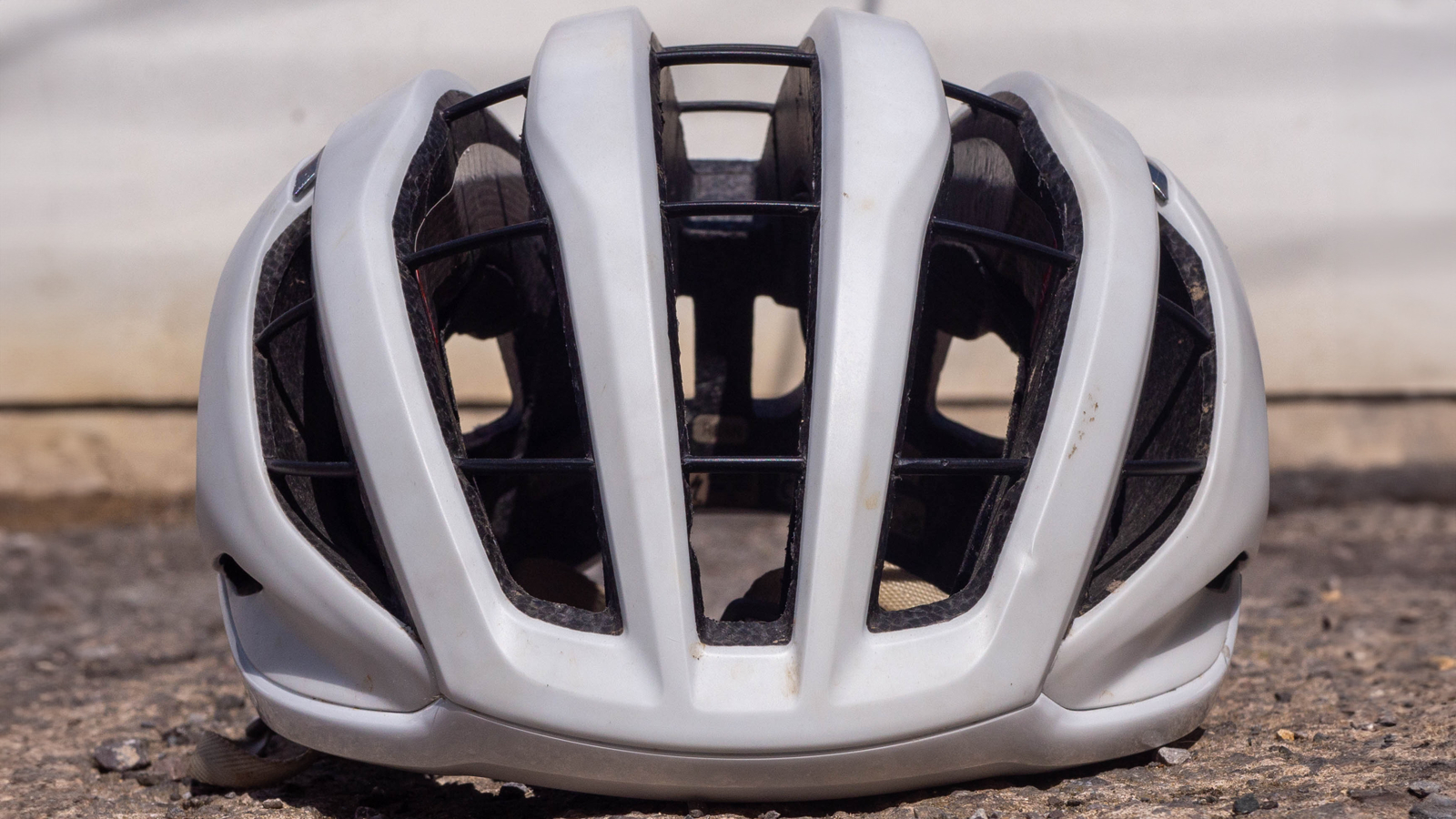

Specifications
Reasons to buy
Reasons to avoid
✅ You want the absolute maximum ventilation: The Prevail III is my go-to road helmet for riding in hot weather.
✅ You want high performance in third-party safety tests: Specialized's 'Aircage' skeleton maintains the internal structure and gives the Prevail III a strong Virginia Tech score.
❌ You want the best in aero or lightweight performance: The Evade is Specialized's aero-specific helmet, and the extra structure needed adds a little extra weight.
❌ You can find the Giro Aries at a discounted price: Giro Aries is a favourite of the Cyclingnews test team and if discounted, will offer a significant saving over a full-price Prevail III.
Any company that wants to make a highly ventilated helmet has to figure out how to get the material that keeps you safe out of the way. Giro uses thin transparent 'bridges' in the Aries, while Specialized takes a different approach by building an internal frame using woven aramid struts.
These anchor into carbon fibre side panels and the whole system is claimed to help distribute forces in the event of an impact, with the nice side effect that the struts are strong and incredibly thin, meaning they take up minimal space.
Inside, the pads are attached using MIPS Air Node technology, which aids rotational impact by around 10-15mm, and the result is that in Virginia Tech's independent testing, the Prevail 3 is one of the best road helmets it's tested.
It is the best-vented helmet I've used in all my time testing helmets, beating even the well-vented Giro Aries above. I found the Prevail was a tiny bit less comfortable at first use, but I've ridden with it for well in excess of a year (among others) and it's my favourite to wear when the weather is warm.
It's not the lightest helmet on the market, at 305g for a size L, but it's not noticeably heavy when riding, and only 35g heavier than the Lazer Z1, which is the lightest here.
Like the Evade III, if you get a colourway with white straps, be prepared to deal with discolouration as your sweat and dust will cause stains.
You can read more details in our full Specialized Prevail 3 helmet review.
Best for aerodynamics
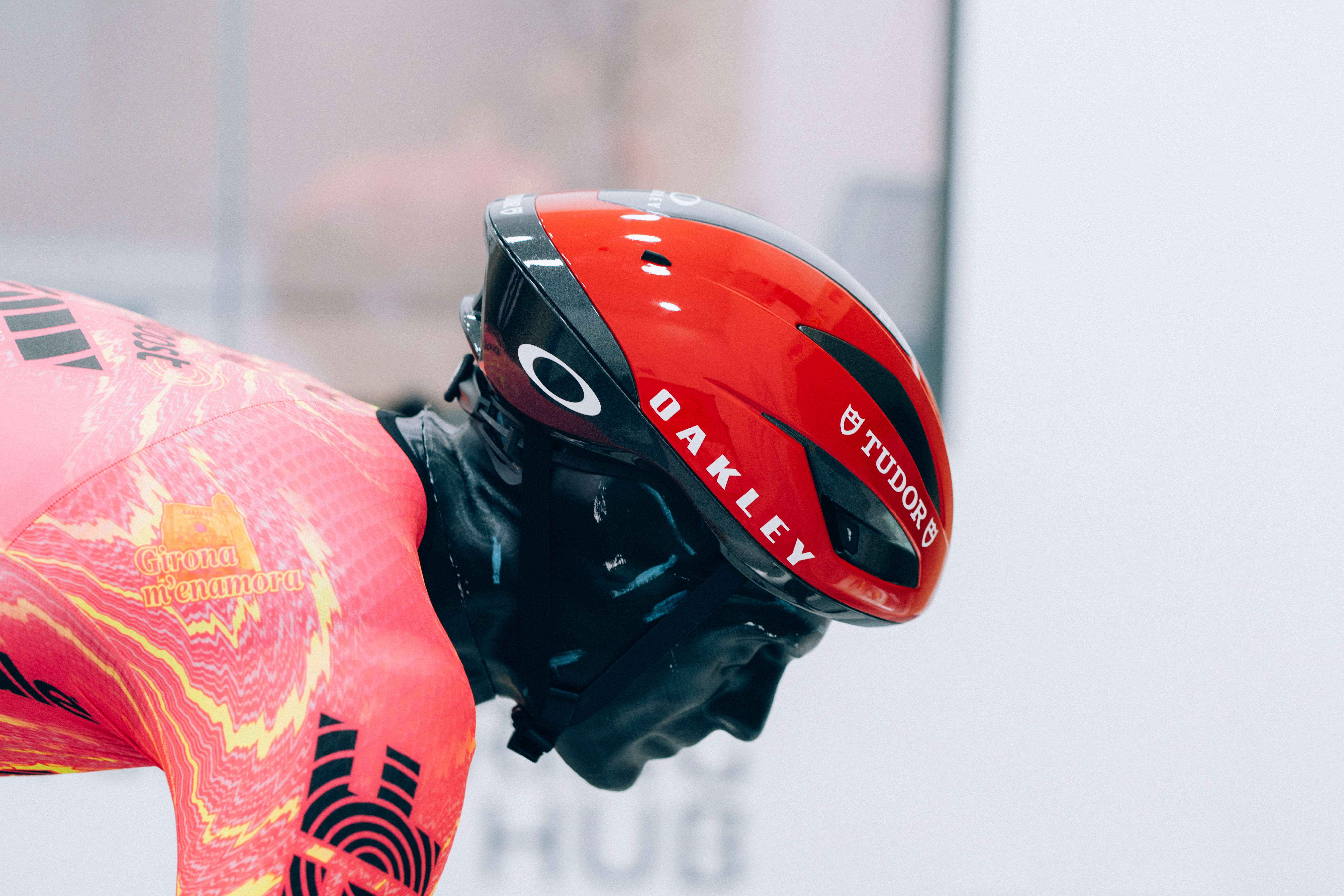
5. Oakley Velo Mach
Specifications
Reasons to buy
Reasons to avoid
✅ You want the absolute fastest aero helmet: The Oakley Velo Mach was the most aerodynamic aero road helmet we tested for this guide, saving up to 8 watts at 40km/h.
✅ You want low weight: The 300g helmet weight is competitive, although at the expense of no additional impact protection.
❌ You want rotational impact protection: The Velo Mach helmet doesn't come with MIPS or other add-on systems.
❌ You are looking for independent safety testing: As yet, there's no Virginia Tech score.
When we took 47 helmets to the Silverstone wind tunnel to test their aero credentials in the largest ever test of helmet aerodynamics, the Oakley Velo Mach came out the fastest of the lot at both 40km/h and 50km/h. It was even faster than some time trial helmets.
It's not just an aero road helmet though, with an improved fit system designed to reduce pressure points, a lining designed to handle sweat and built-in storage for your Oakley sunglasses.
It's the helmet worn by the Tudor Pro Cycling team.
What the Velo Mach doesn't offer is any additional rotational impact system, such as MIPS and the helmet hasn't been independently tested for crash performance by Virginia Tech's helmet lab.
Best budget aero road bike helmet
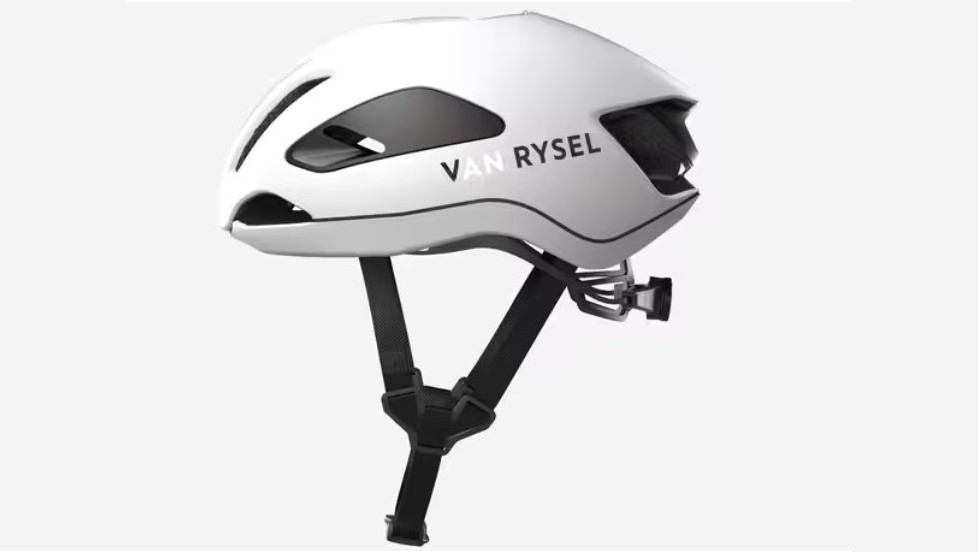
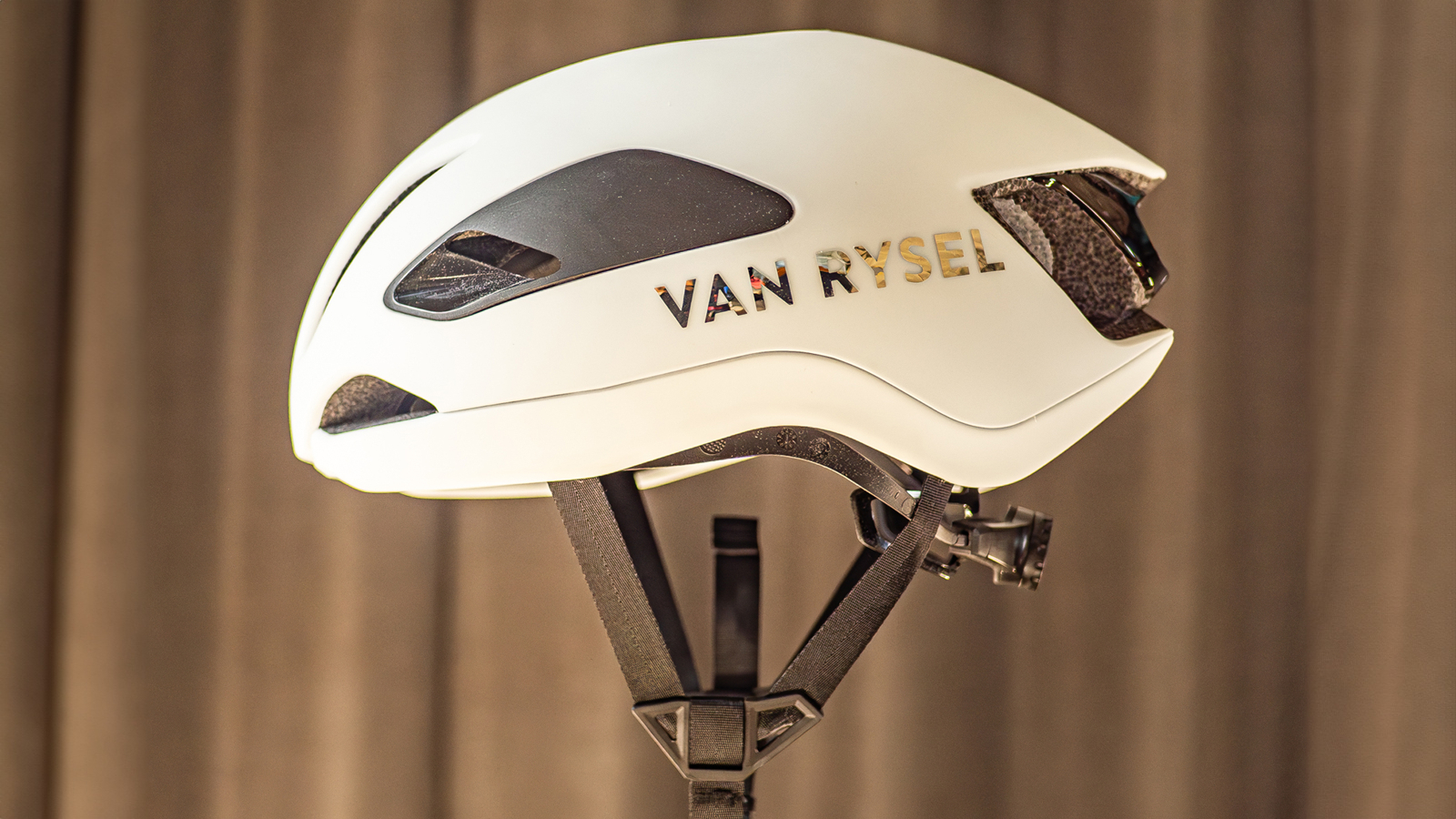
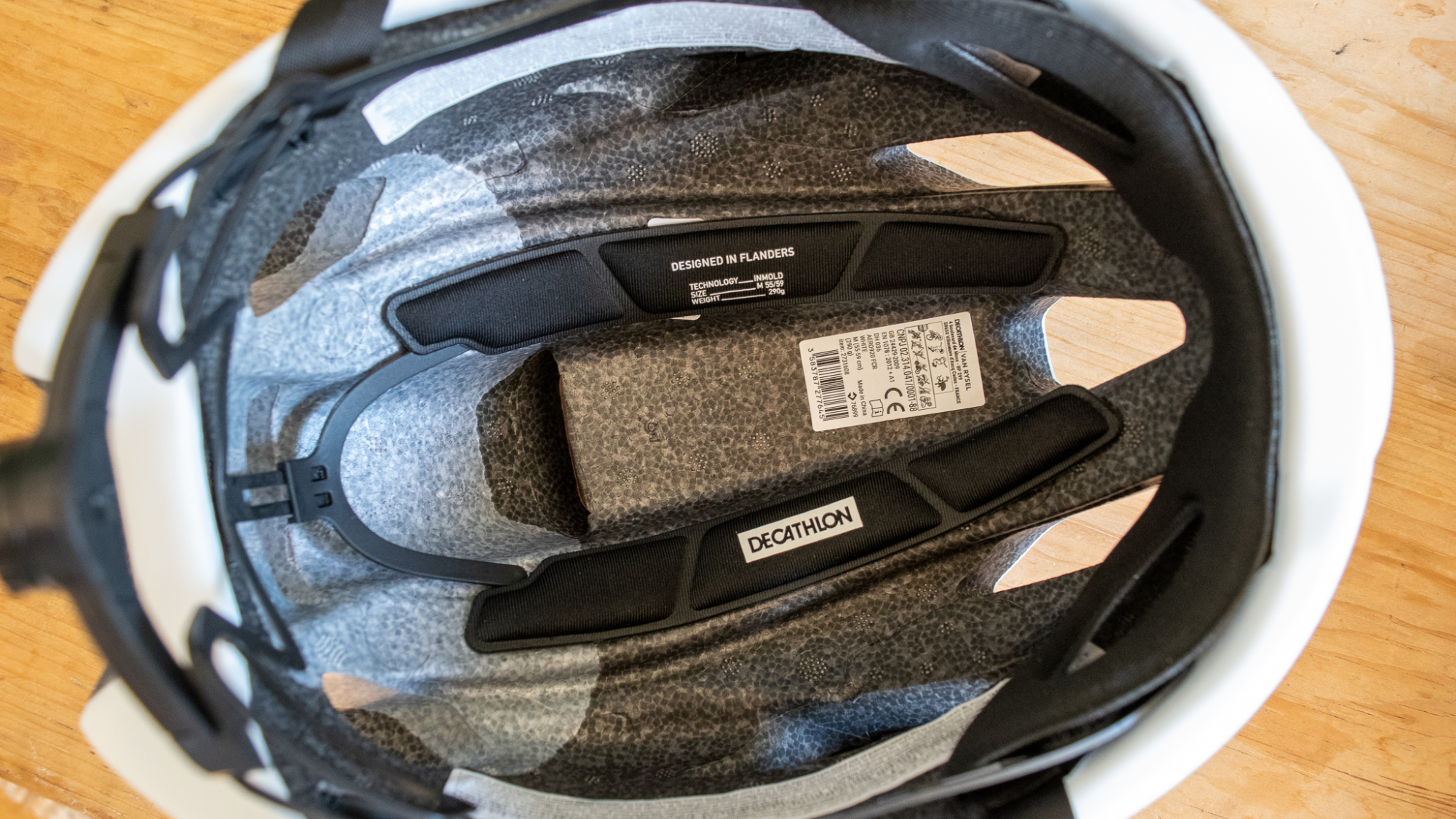
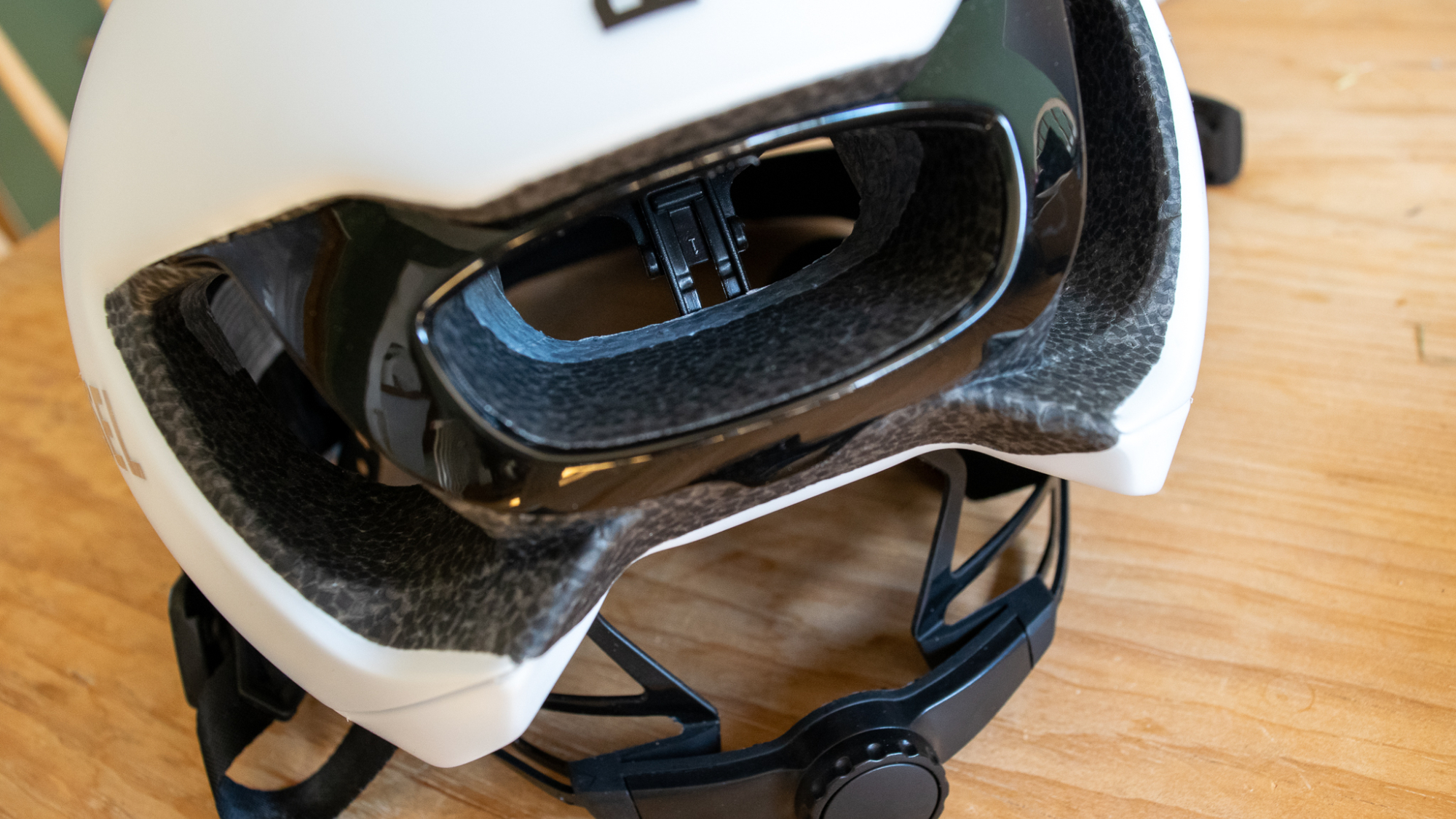

Specifications
Reasons to buy
Reasons to avoid
✅ You want good aero performance on a budget: The Van Rysel RCR-F matched much pricier aero helmets in our wind tunnel testing.
✅ You want a good all-rounder: Decent ventilation, comfortable fit and decent weight make this a versatile helmet.
❌ You want third-party testing data on safety: Virginia Tech hasn't performed any individual testing on the Van Rysel RCR-F.
❌ You struggle with helmet straps digging in under your ears: The Y junctions don't have any adjustment so if they don't sit comfortably, there is no way to reposition them.
Like most products coming out of the Decathlon offshoot, the Van Rysel RCR-F helmet (which has been renamed from the FCR Pro) is an interesting blend of performance and price.
In our most recent wind tunnel test, it landed an 8th plac,e beating the POC Procen Air at 40km/h and faster than the Kask Elemento at almost four times its price, albeit we're not naive to the fact that helmet aerodynamics will also be affected by how it fits you as a rider and your ride position.
It's not just a go-fast model though. It's pretty stylish, has WorldTour props thanks to the Decathlon-AG2R team, and is comfortable to wear too. When held side by side, you can tell the materials used are cheaper than those found in the higher-end helmets, with a lower-spec retention dial and more basic internal padding. That all brings the weight up a bit, but it doesn't affect the comfort or the ventilation, which are both pretty good.
There's no integrated rotational impact protection in this model, but you can buy it for a smidge more with a MIPS liner included, although that depends on where you are, because Van Rysel's biggest issue of late is getting products into stores and the RCR-F helmet isn't currently available in the US.
You can read our in-depth review of the Van Rysel FCR for more details.
Best lightweight road bike helmet
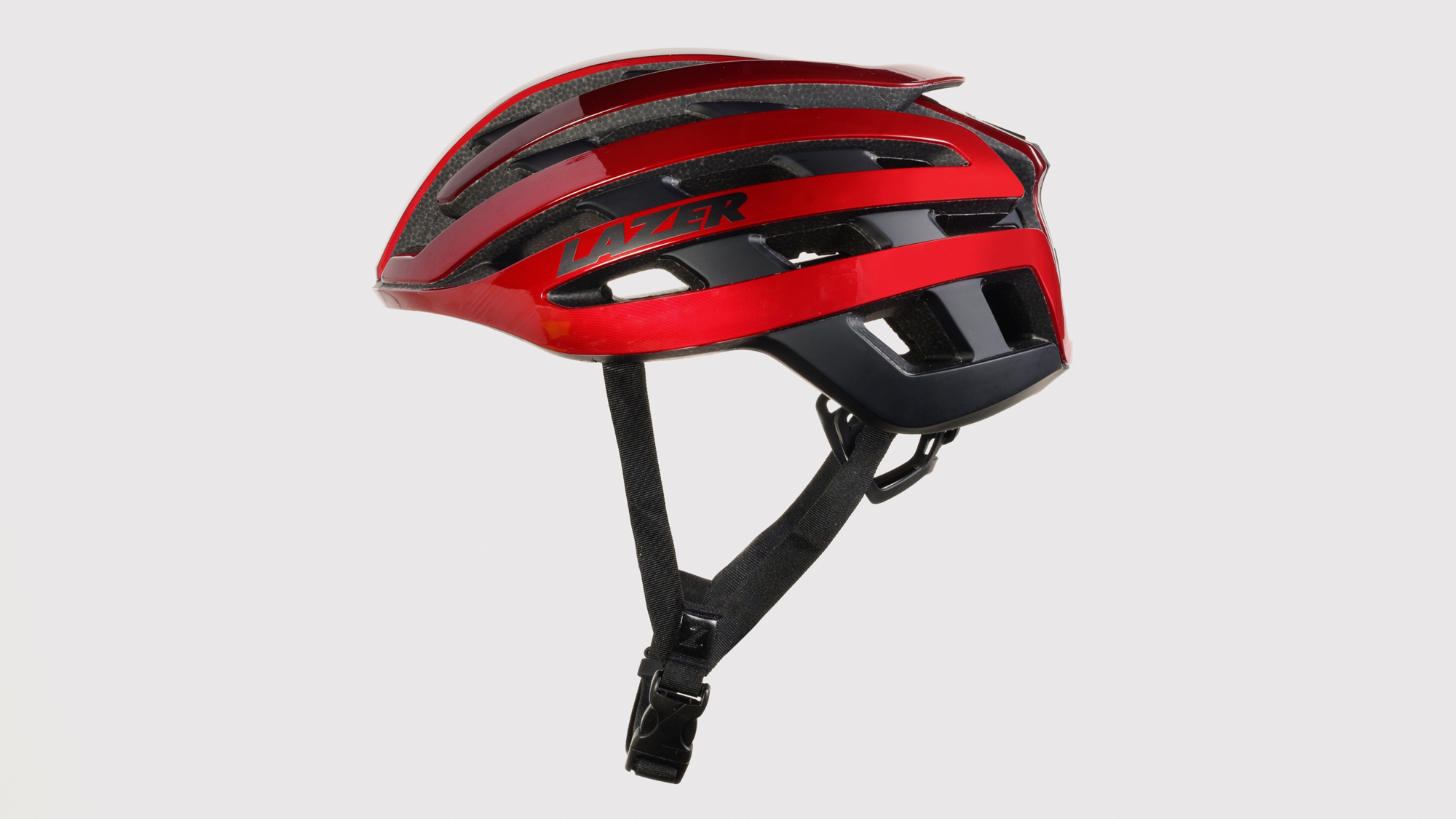



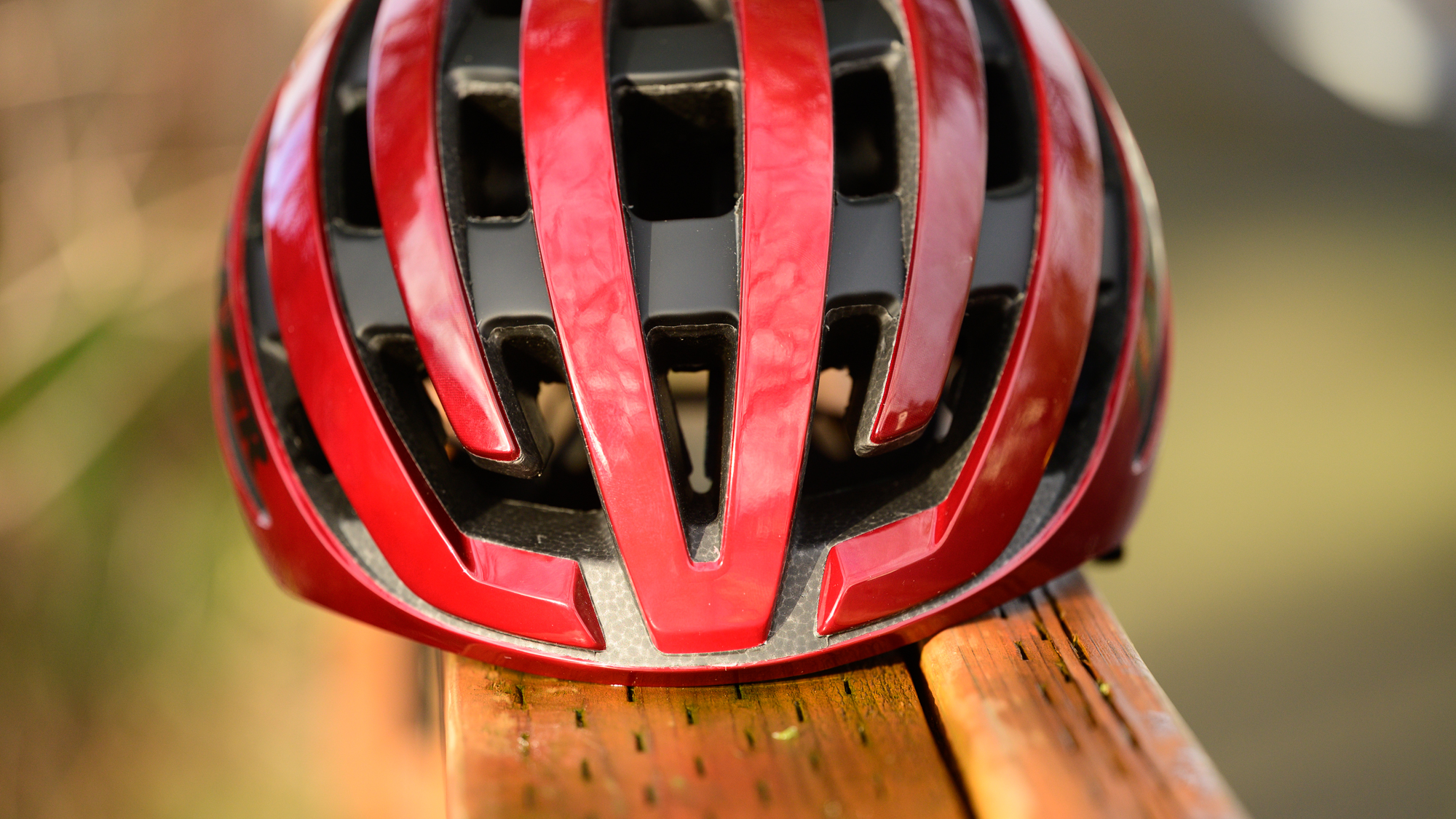

Specifications
Reasons to buy
Reasons to avoid
✅ You want the best in lightweight performance: The Z1 only weighs 226g in size S, making it one of the lightest helmets around.
✅ You want a well-rounded helmet with a clip-on rear light: Lazer's KinetiCore system adds rotational impact protection along with the straps, padding, and RollSys making it comfortable enough to wear all day.
❌ You want to maximise aero performance: Lazer hasn't designed the Z1 to specifically smooth airflow for less drag.
❌ You can find the Prevail or the Aries at a discounted price: If you could find a good discount, the Prevail and Aries could offer better all-around performance for a similar price.
The Z1 is a well-vented road bike helmet that claims to offer 3% better cooling than no helmet at all, courtesy of internally directed airflow. In reality, that's hard to perceive, but while it isn't quite as breezy in our experience as the Prevail III, it's still very good.
The main reason for including it is the 226g weight, which makes it one of the lightest around and a great option for climbers. It is possible to get a lighter helmet - the POC Ventral Lite is one such option, but I found the Z1 performed slightly better in other areas, such as comfort.
To get that kind of performance, Lazer uses its rotational impact tech called KinetiCore. As seen in the Tonic above, KinetiCore shapes the EPS foam into blocks that deform and break during a crash. There's a lot of airspace between those blocks for cooling, which you'll also find behind the floating brow pad, as well as less foam for a lighter overall weight.
In addition, I'm a real fan of the system for the straps that eliminate any extra flapping material. Those same straps are also lightweight, partially recycled, and anti-bacterial, so they stay fresh and stain-free. Other highlights include a decent light you can add to the back and an Aeroshell that helps on cooler days.
Along with all the good, it's worth saying I'm not a big fan of the 'RollSys' retention dial. Instead of a dial at the rear of the helmet, there is a roller at the top that pulls against a ring around the inner edge of the helmet. It's meant to keep your head from pushing forward as you tighten the rear while also making room for long hair, but I find it doesn't really add much while being harder to use. It works well enough, but I see no benefits from switching away from a standard rear dial.
The Z1 KinetiCore was also the least aero of 41 road helmets we tested, reflecting its emphasis on ventilation over streamlining.
You can read more details in our full Lazer Z1 Kineticore review.
Best road bike helmet for all-round versatility
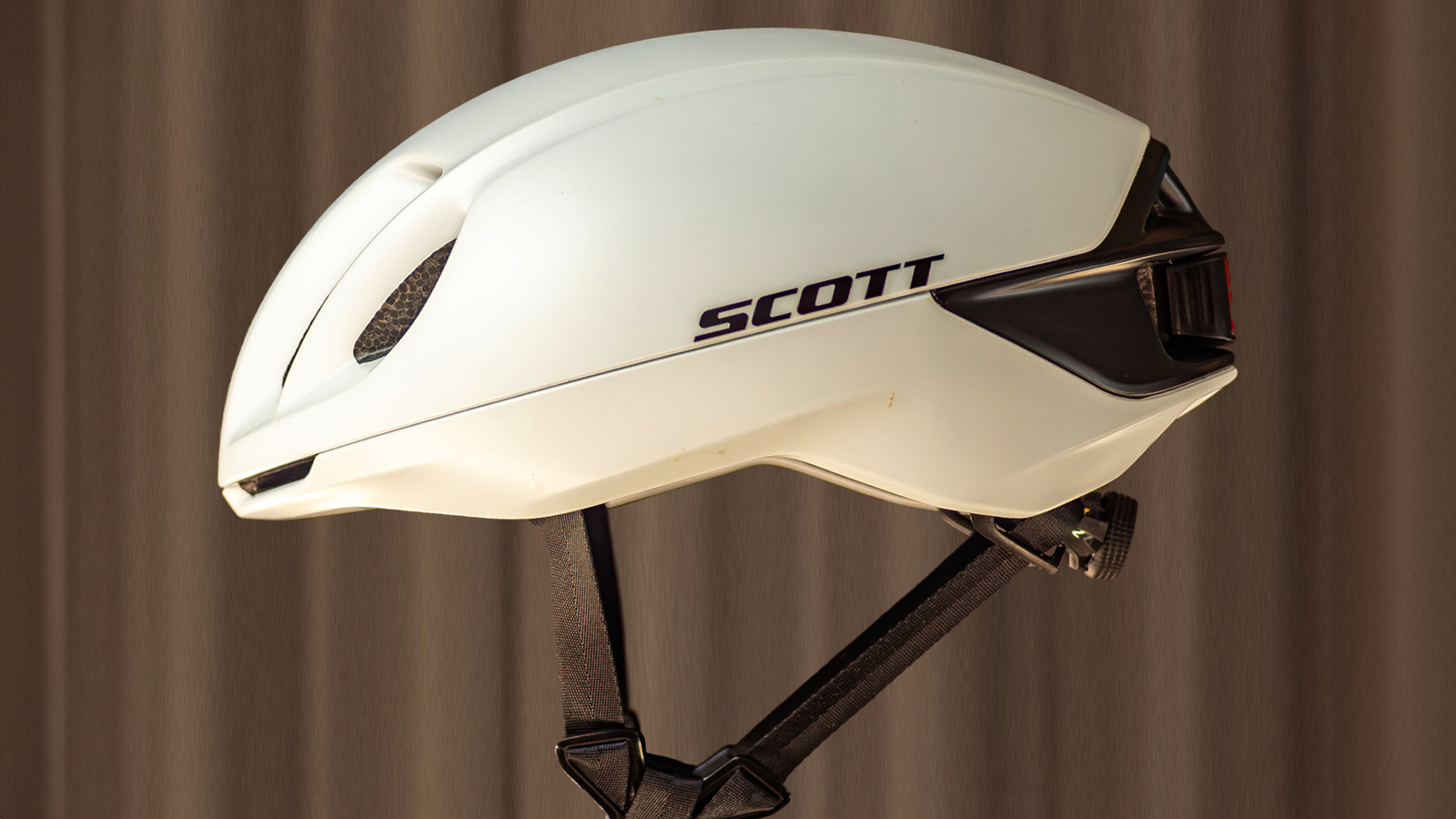
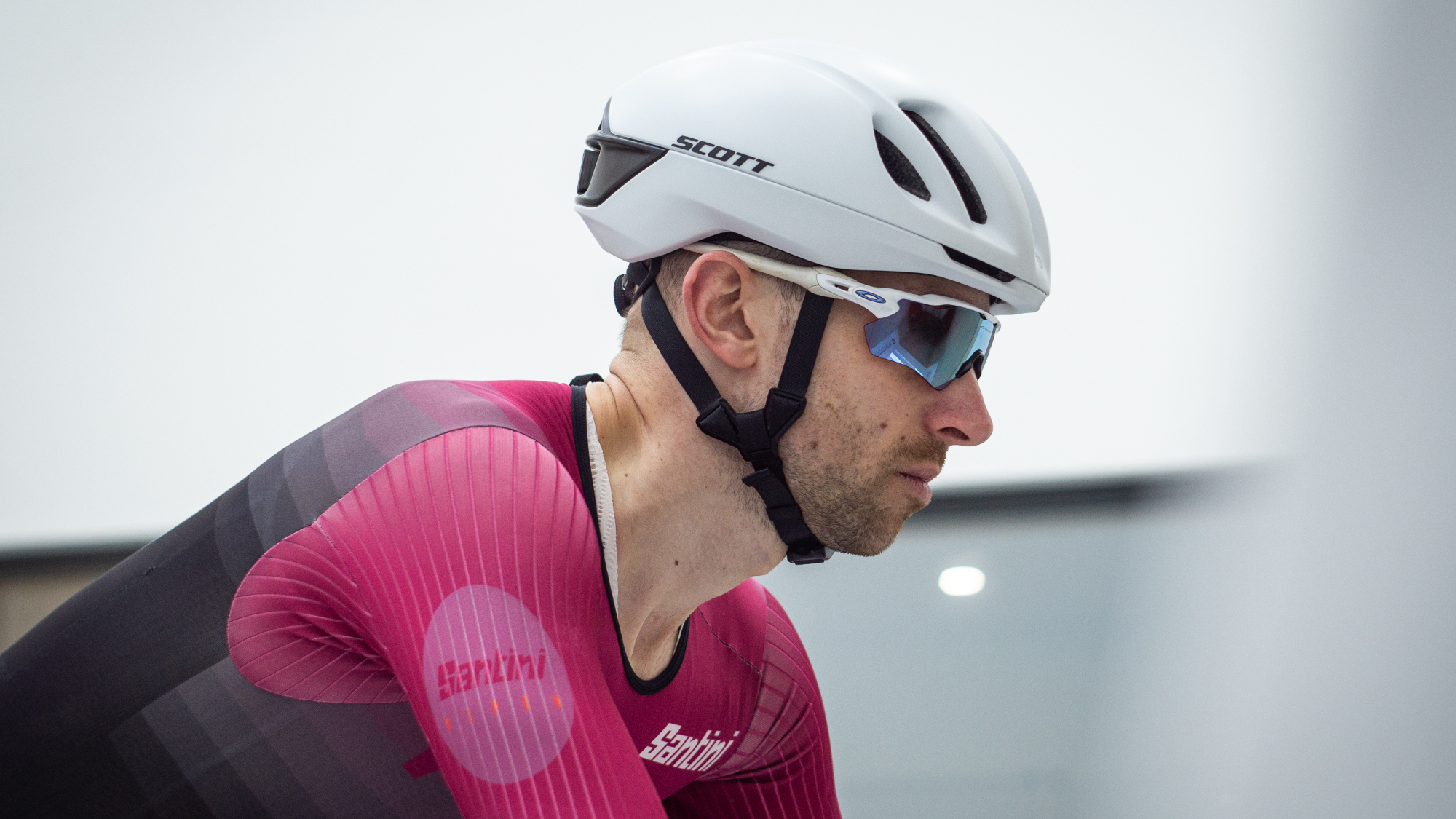
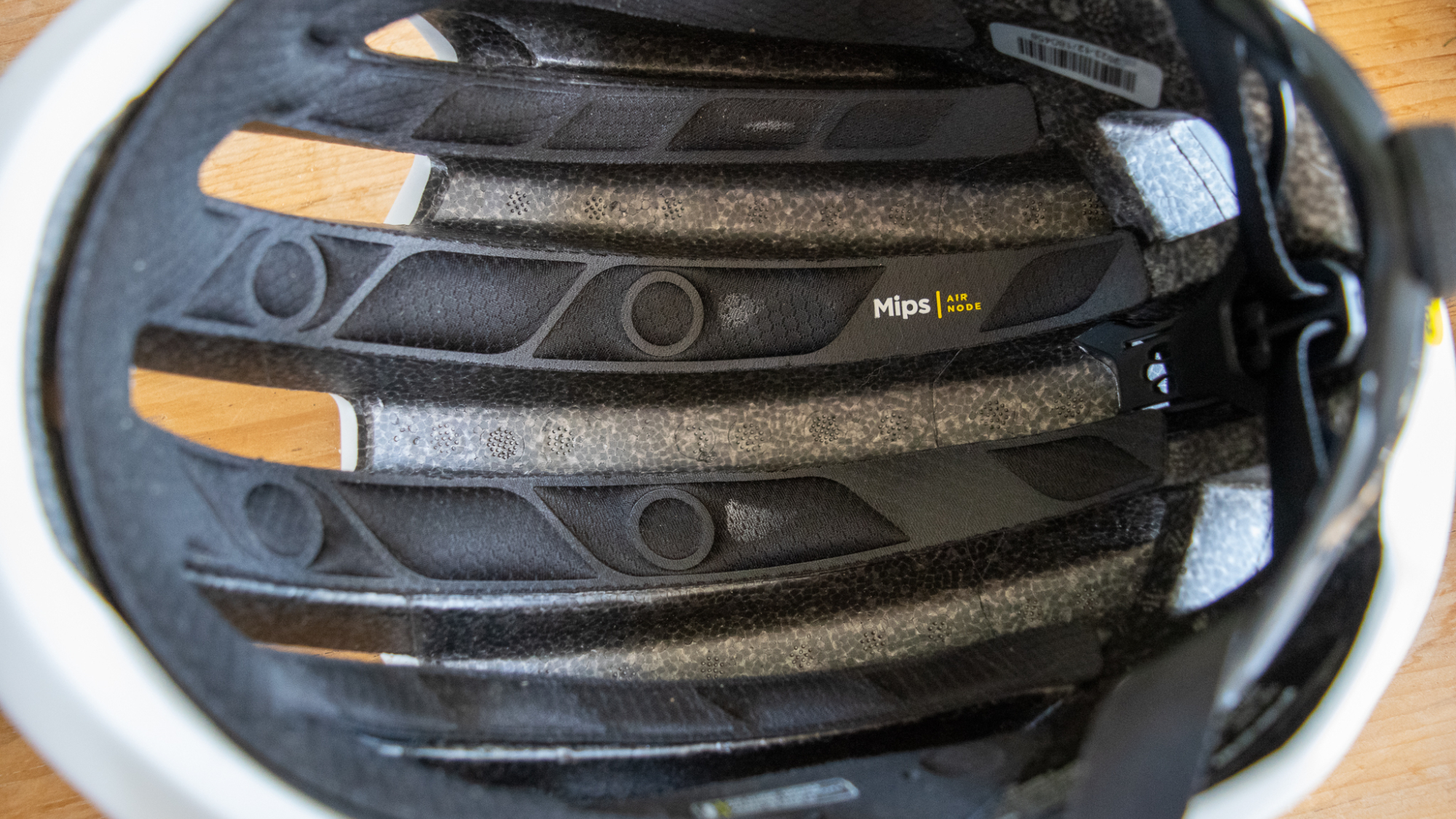

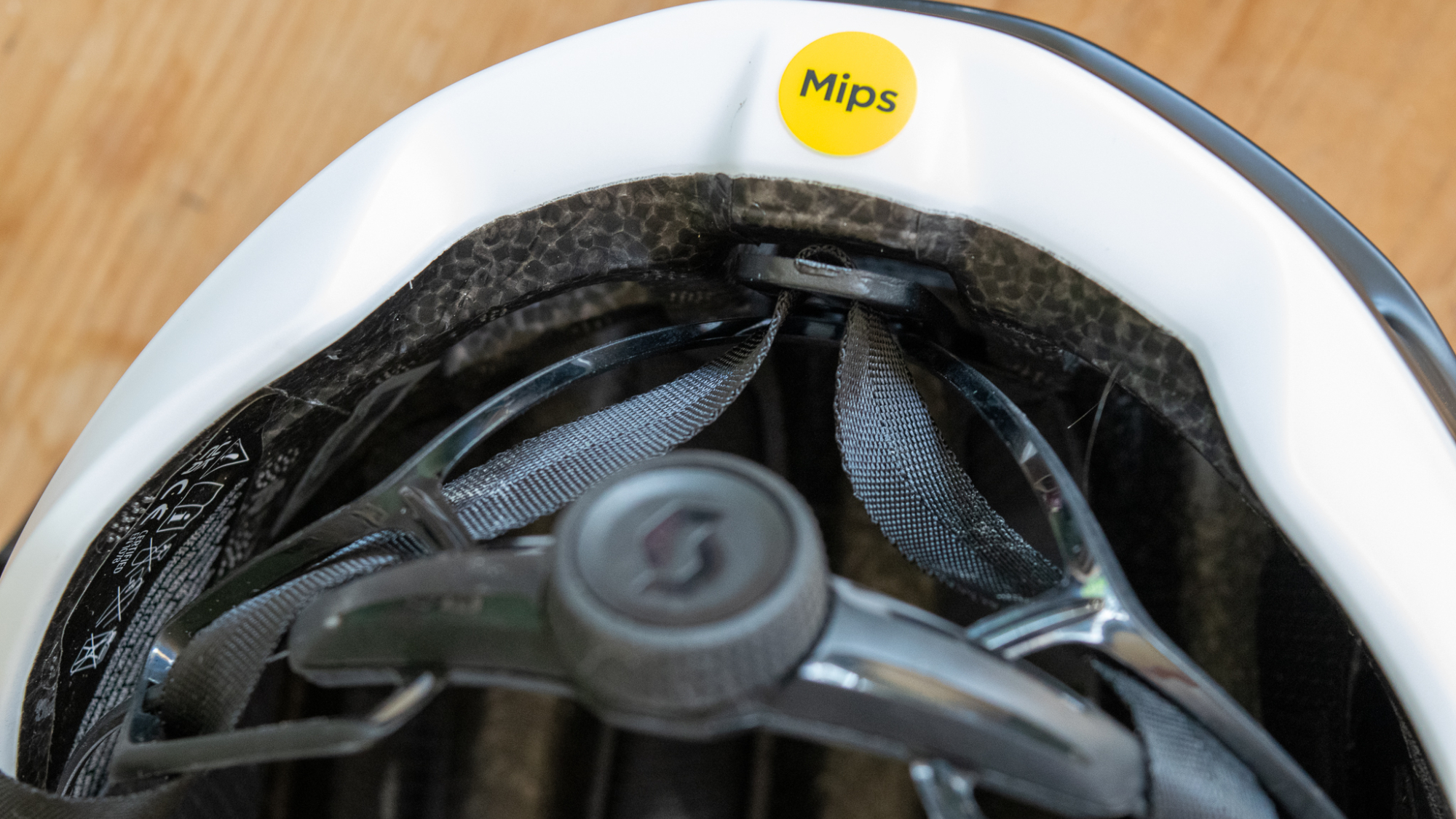
Specifications
Reasons to buy
Reasons to avoid
✅ You want an aero all-rounder but can trade outright speed for some added features: Vent plugs and an included clip-on rear light boost the Cadence Plus' versatility.
✅ You race, ride and commute year-round in the same helmet: Casual enough for general riding with enough performance to back it up at the races.
❌ You can't find it for sale in your country: The Scott Cadence Plus isn't as widely available as other brands.
Scott isn't very well known for its helmets, but I think it has done an excellent job with the latest iteration of the Cadence Plus.
It performed well in our wind tunnel test, making it a great choice for those who want to race or ride fast, but with the included clip-on rear light, it's also convenient for those needing extra visibility, such as on the morning commute or riding home from the midweek criterium as the sun begins to set.
In my testing, I felt that it was one of the best-vented aero helmets around, but it also has the option to buy added 'plugs' to fill the three large vents up front. This may even make it faster (although we didn't test this), but it definitely helps to keep the cold air and rain at bay when riding in wintry conditions.
For all those reasons, I think this is a great one-helmet-to-rule-them-all. Wear it for your morning commute, race in it, wear it on the Sunday club ride, and wear it on gravel rides too. It's great across the board.
Read our Scott Cadence Plus helmet review for more details.
Best road bike helmet for bad weather
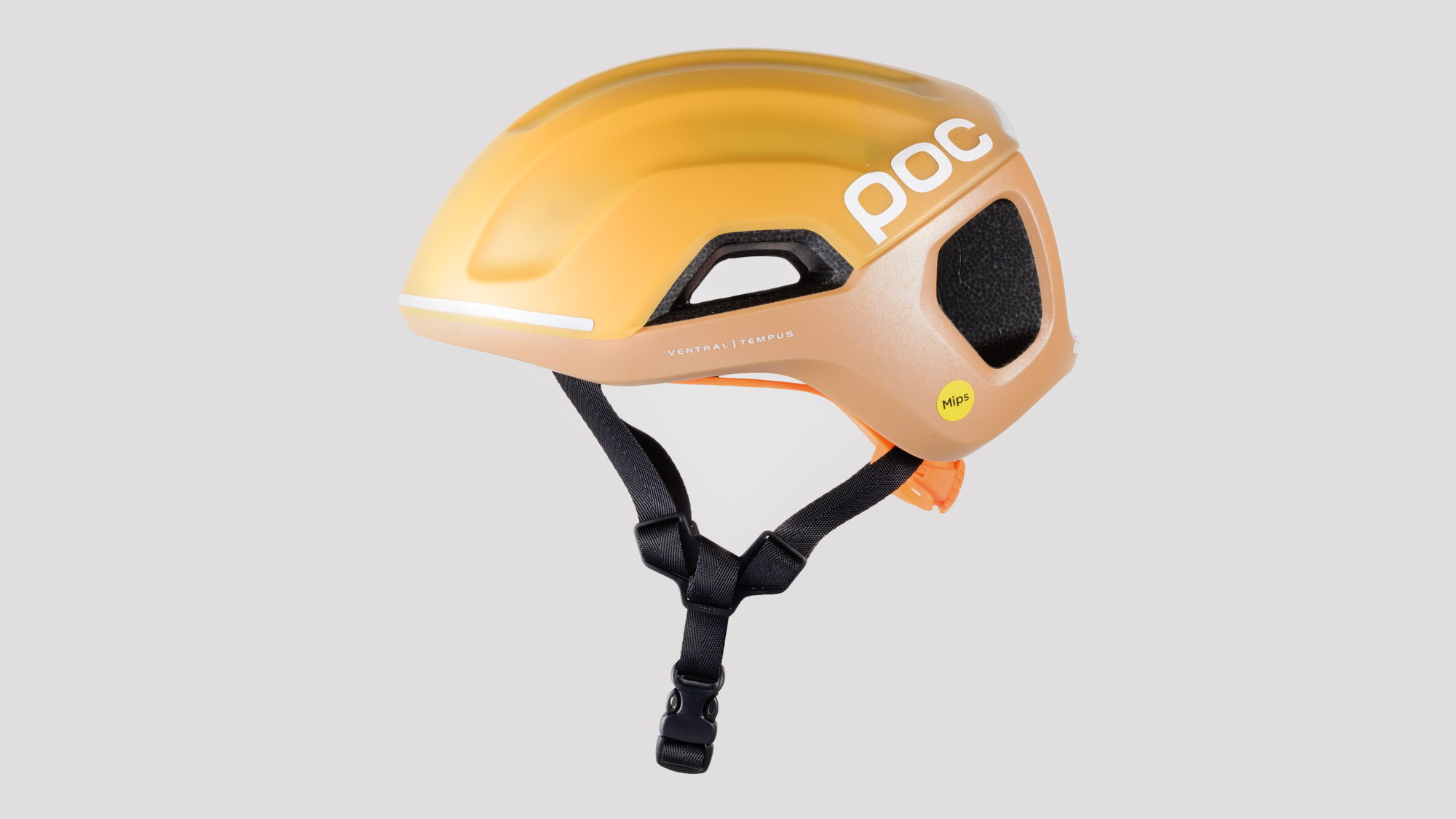
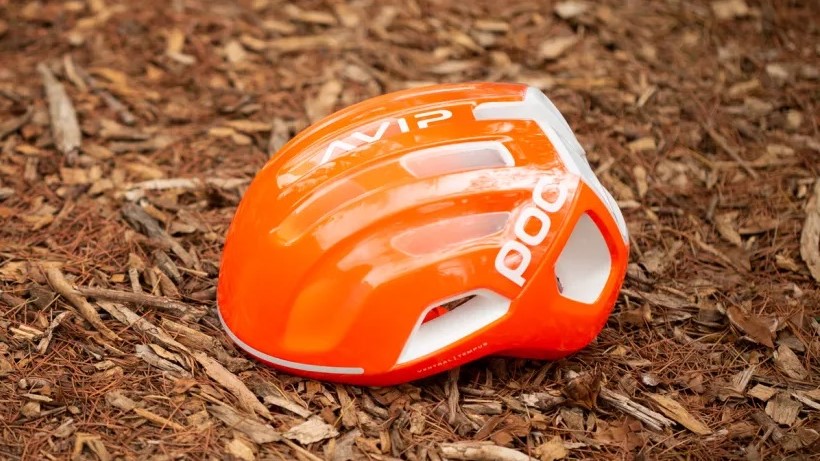
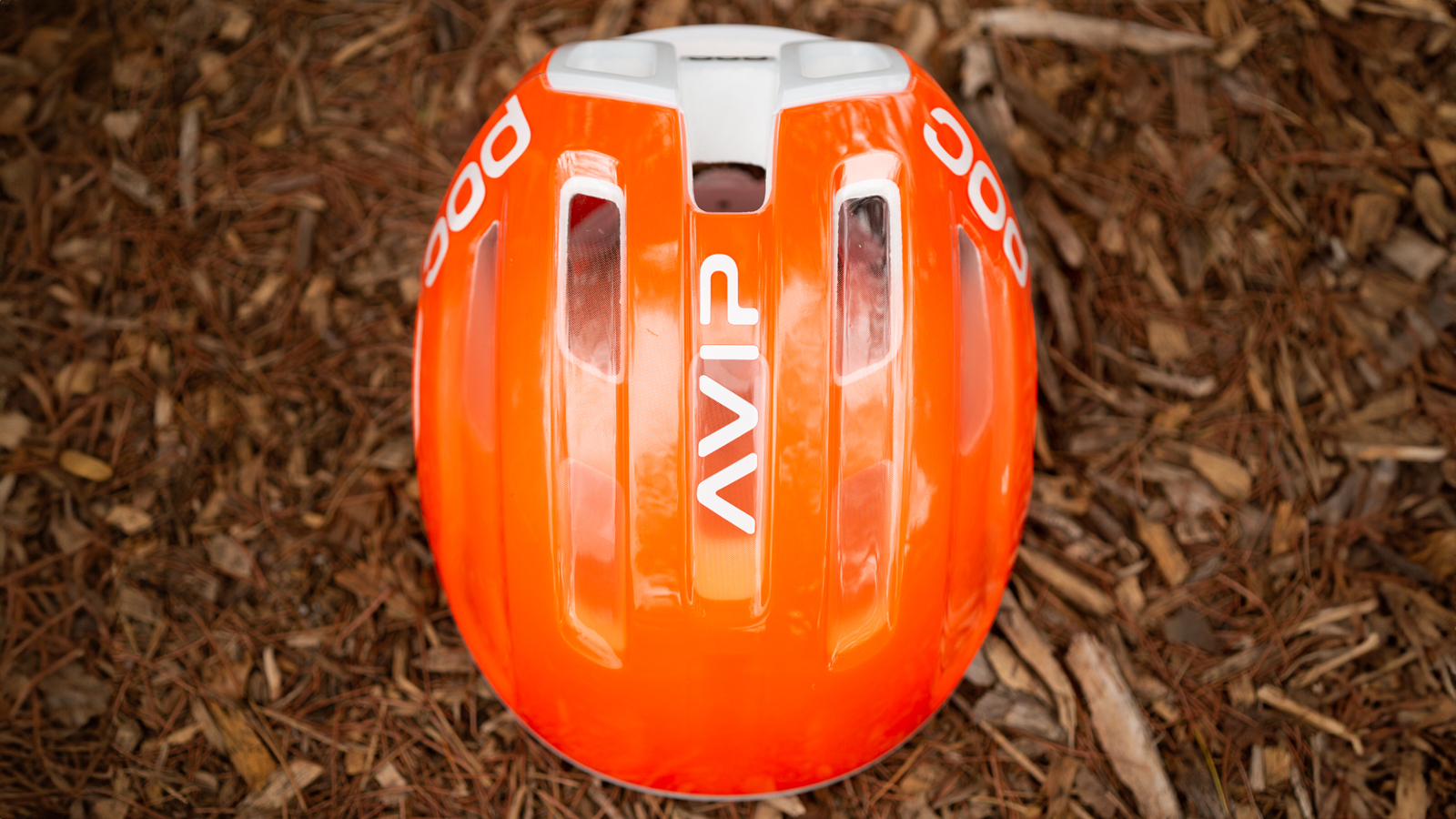
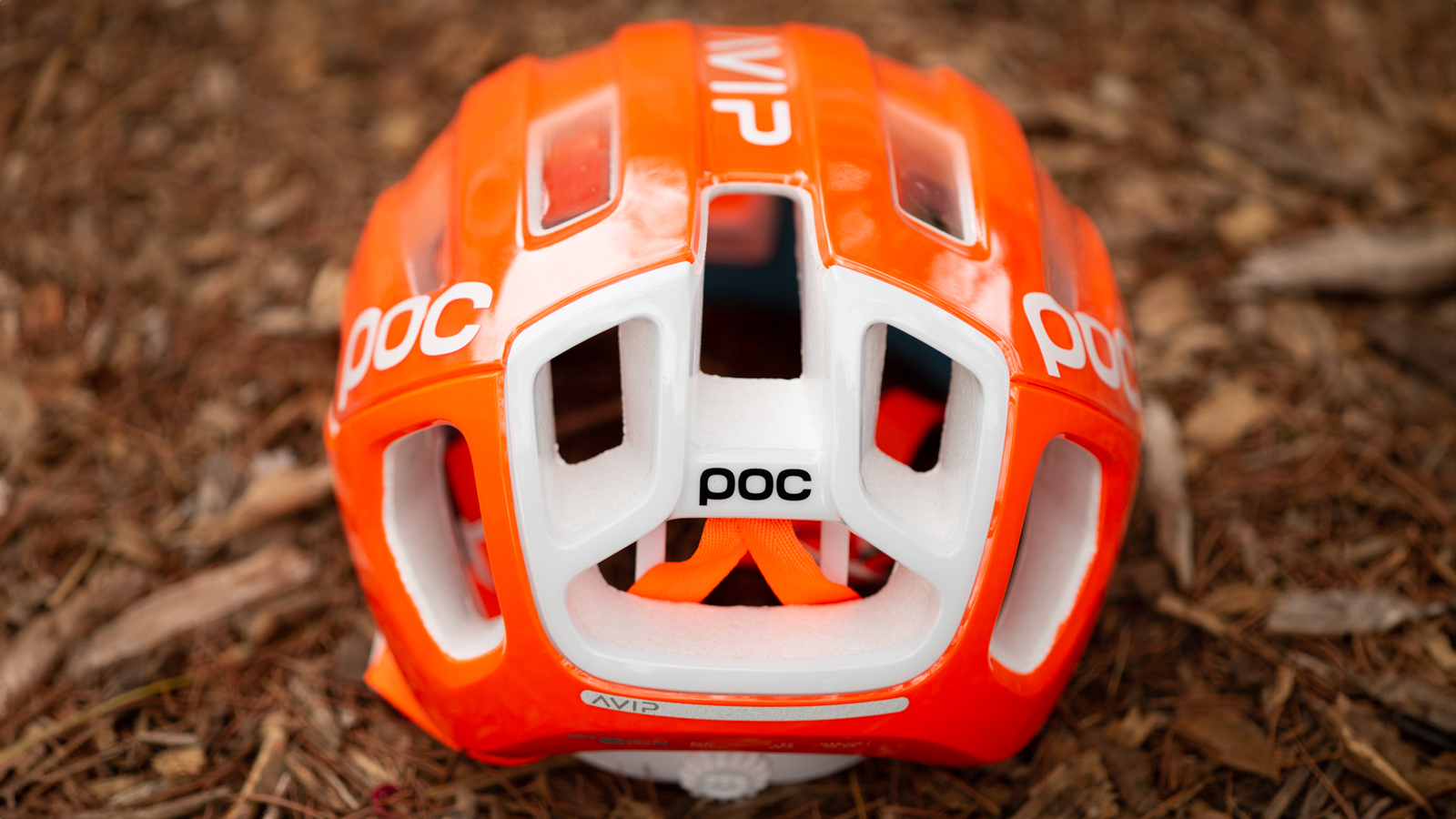
Specifications
Reasons to buy
Reasons to avoid
✅ You ride in winter often: The sealed front vents create a barrier to keep cold air and rain from getting inside the helmet.
✅ You value improved visibility on the road: Bright colours help add visibility when conditions are dull.
❌ You race and/or want good aero performance: In our first aero test the Ventral Tempus was at the bottom of the pile, only beating the standard Ventral and coming in 13 watts slower than the Procen Air.
❌ You want the reassurance of third-party safety testing data: There is no Virginia Tech testing to reference although it does feature MIPS rotational protection.
Just like you don't need a gravel-specific helmet or a commuter-specific helmet, you don't really need a special rain helmet. You could wear a cap or add a helmet cover to whatever helmet you like, and it would work. For those who ride in the rain regularly, the POC Ventral Tempus MIPS is going to be your new favourite option.
As with many of the POC helmets, the brand has taken a base helmet and built variations for specific uses. In this case, the base helmet is the Ventral Air MIPS, which is the lightweight climber's helmet in the lineup and POC has added a non-removable cover. It was initially created to get around a rule that prevents professionals from using clip-on helmet covers, but the result was so well-loved that POC brought it to market.
The cover is super lightweight and barely there, and it helps keep you a bit warmer and drier if you are going to be spending a lot of time in the rain. POC also changes the available colour options to enhance visibility, and you will find an extra strip of reflective paint across the front and rear of the helmet.
There is no Virginia Tech testing to report, but it does feature MIPS inside. The wind tunnel performance in our first test was pretty poor, too (we didn't take the helmet to our second, more comprehensive wind tunnel session). It was almost 13 watts slower than the Procen Air, so don't buy this thinking the closed-off vents make it fast.
The other challenge facing the Ventral Tempus version is versatility. This is a very specialised helmet and it costs a lot. If you ride in the rain often, you'll be thankful, but there is a price to pay for a very specific set of skills.
For more details about this helmet, take a look at our POC Ventral Tempus SPIN review. The two helmets share everything except for a change to a version of MIPS that is incredibly close to the previous SPIN technology.
Best road bike helmet for sunglass storage
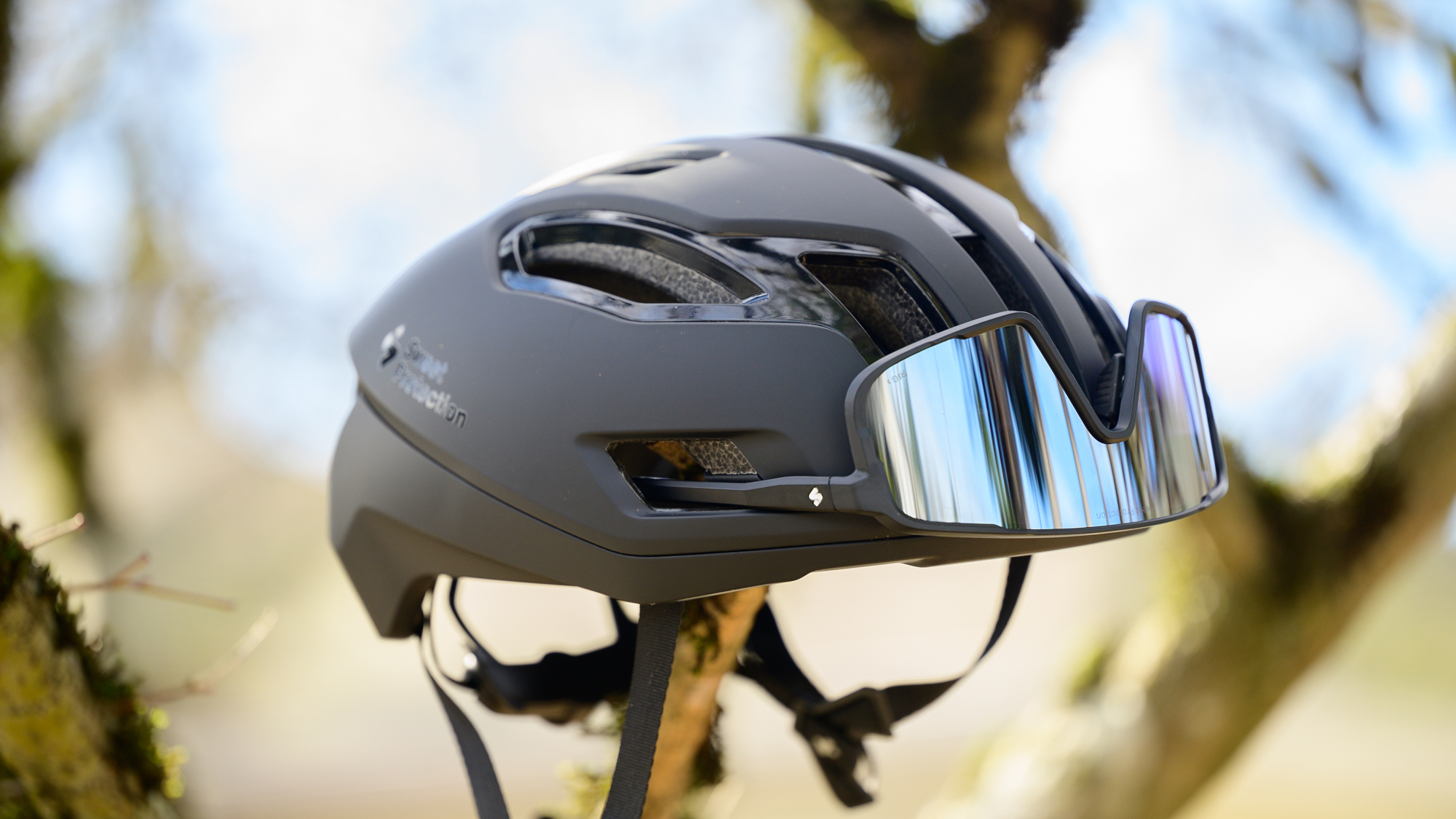
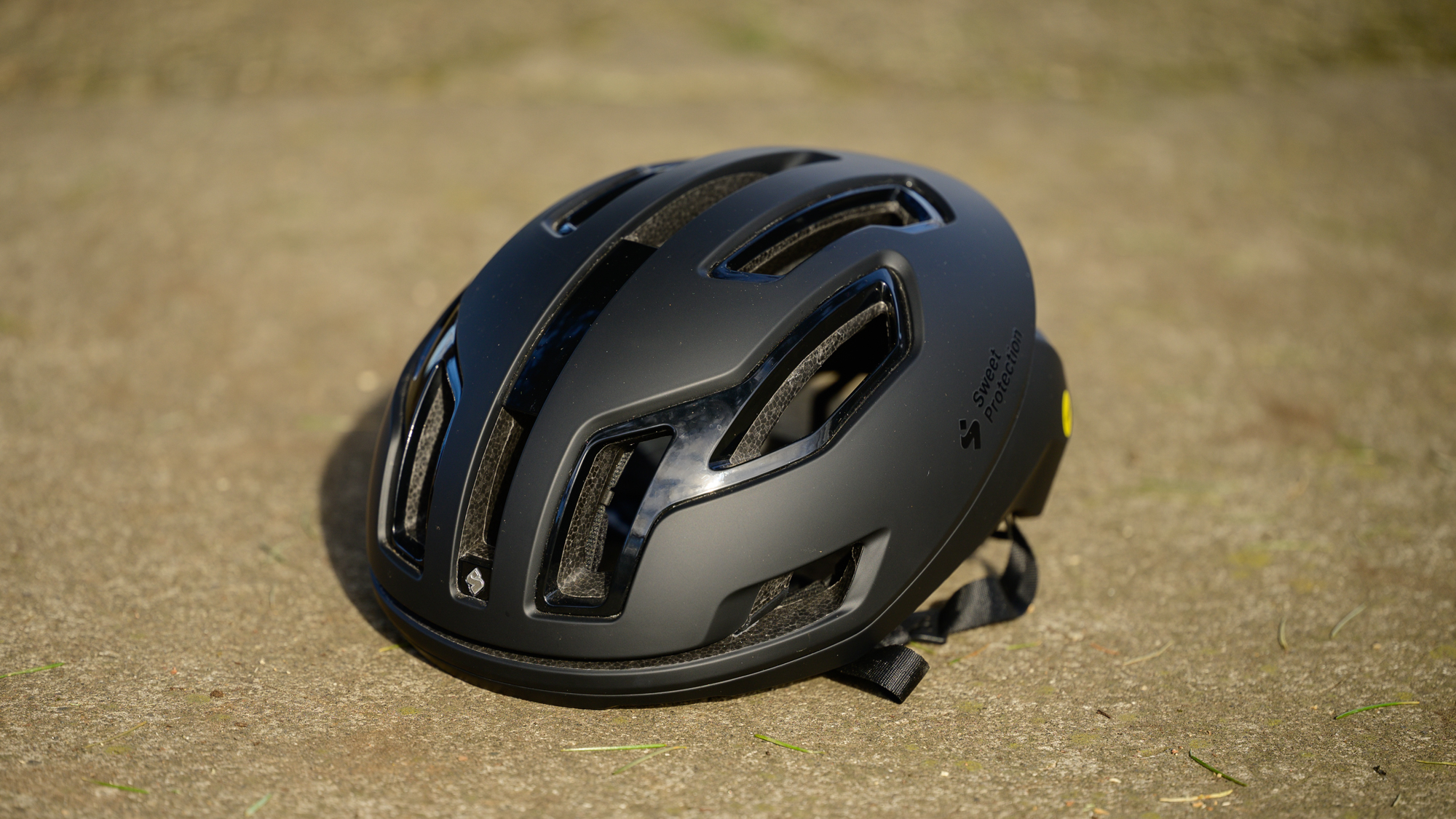
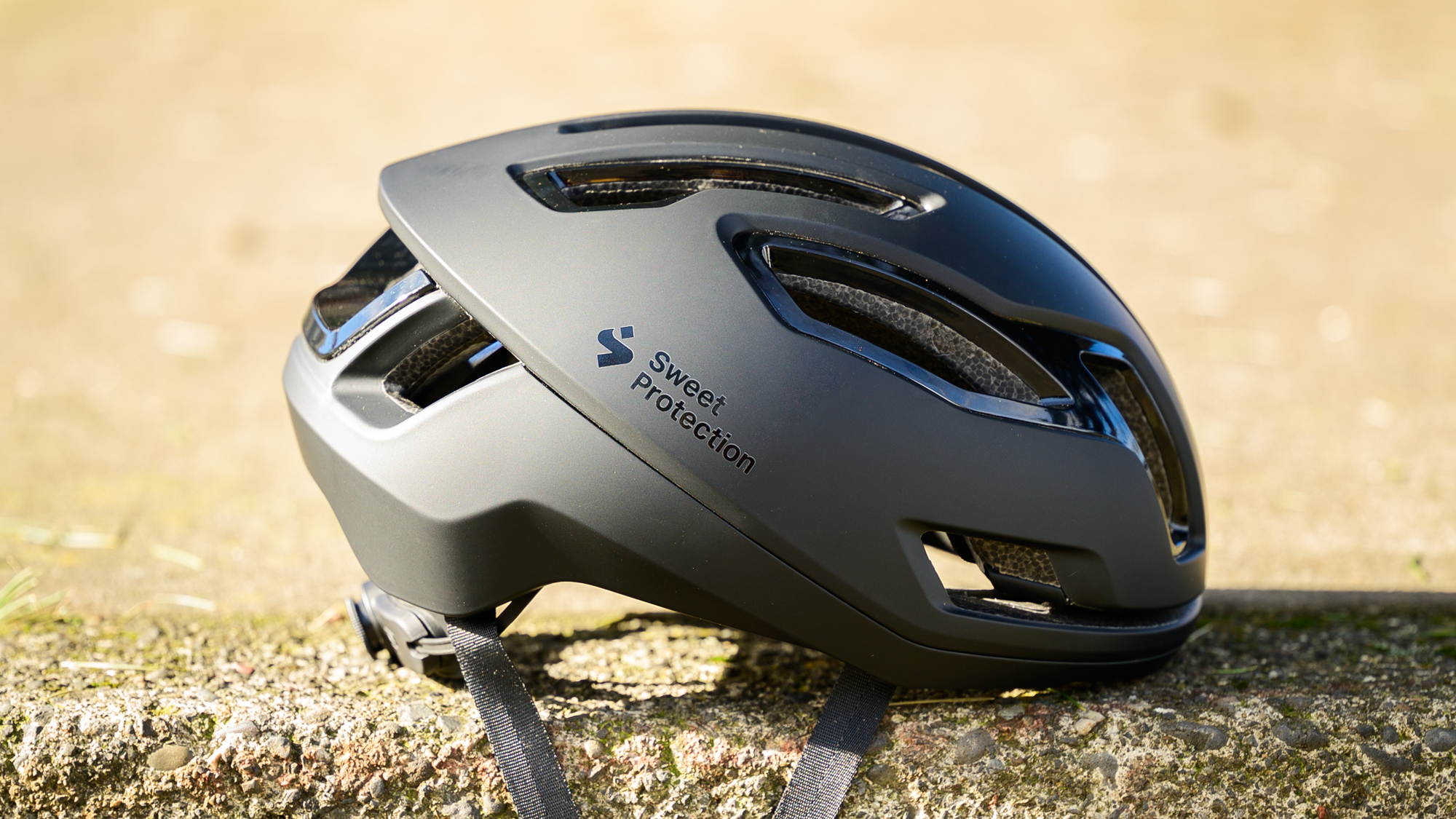
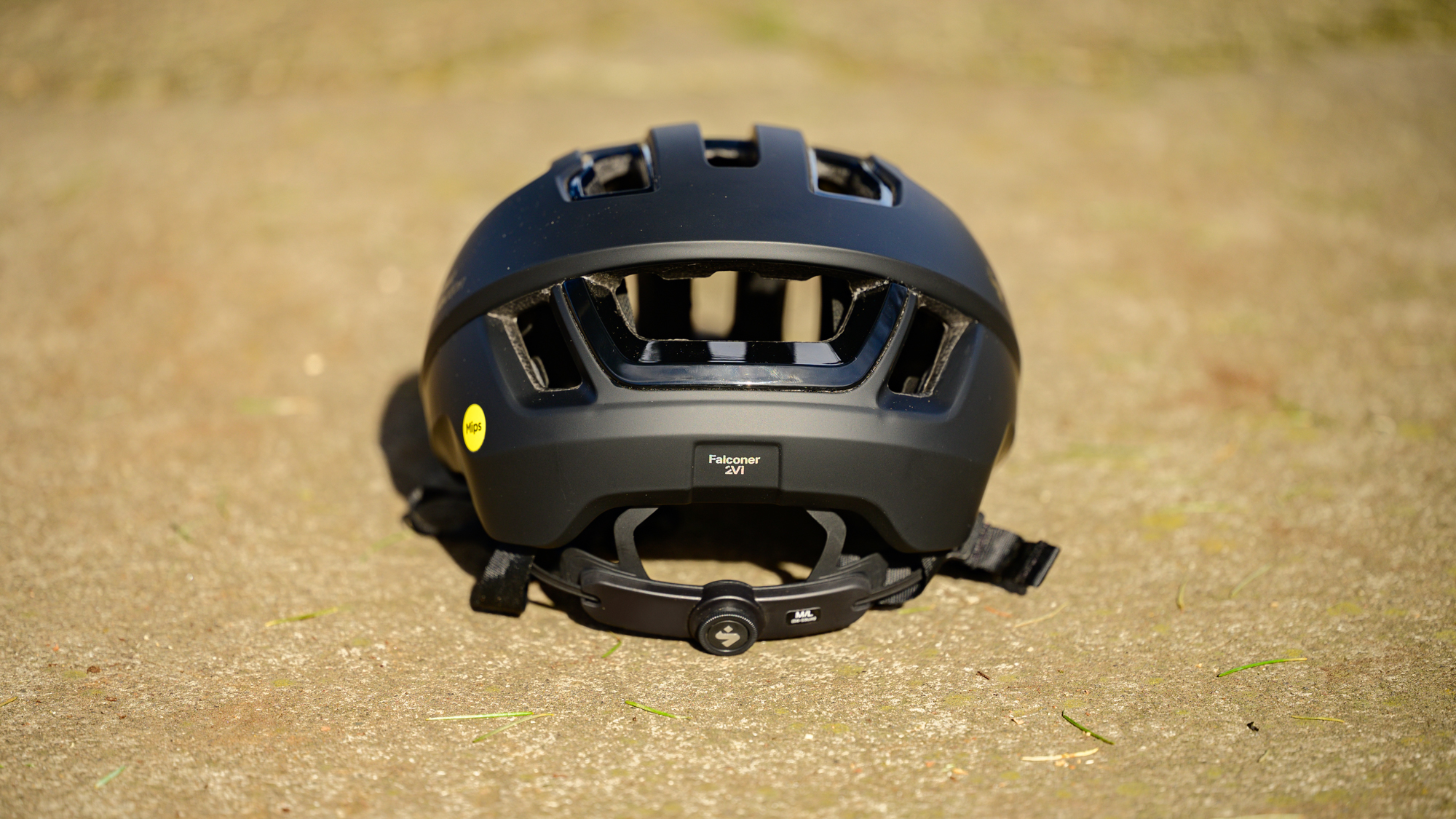
Specifications
Reasons to buy
Reasons to avoid
✅ You want to store your sunglasses in your helmet: Lots of helmets can store sunglasses in their vents, but the Falconer 2Vi MIPS is the best.
✅ You want a high safety rating: The Falconer 2Vi MIPS comes with a five-star Virginia Tech rating.
❌ You want verified aero performance: Sweet Protection doesn't offer any specific details on aero performance or wind tunnel testing.
❌ You want to easily adjust the head retention cradle: The cradle can be pulled away from the retaining clip if you're not careful when adjusting its height.
If you were to list the most important features of the best road bike helmet, you would expect to see things like safety, comfort and cost ranking highly. It wouldn't be surprising to see aero performance and aesthetics ranking highly too. What might come as a surprise is how important sunglasses storage is.
Ignore the fact that it ruins your helmet's aero performance (we know because we tested it), slipping the arms into the vents of your helmet is a very convenient way to stash your eyewear. However, if your best cycling glasses aren't secure, it could spell a disaster mid-ride. The Sweet Protection Falconer 2Vi MIPS helmet has the best eyewear storage we have used, securely holding a wide range of sunglasses.
The vents aren't just effective at holding sunglasses; Sweet Protection's STACC ventilation system does an effective job of passing cooling air across the head. The helmet comes with covers for the main vents, allowing you to increase aero efficiency or keep winter weather out.
To help maintain airflow, inside there is an unobtrusive MIPS Air liner which uses low-friction backing to the helmet pads. The Falconer 2Vi is highly rated by Virginia Tech's evaluation system, capturing a five-star rating.
Read our Sweet Protection Falconer 2Vi MIPS review for more details.
Best road bike helmets specs compared
Helmet | Weight (Size L) | Virginia Tech | Watts saved at 40km/h | Power at 40km/h |
|---|---|---|---|---|
Specialized S-Works Evade III | 300g | 10.93 | 6.99 | 241.4W |
Giro Aries Spherical | 305g | 8.40 | 2.39 | 246.0W |
Lazer Tonic KinetiCore | 240g (Size S) | 14.30 | N/A | N/A |
Specialized Prevail III | 305g | 8.64 | 1.10 | 247.3W |
Oakley Velo Mach | 300g | N/A | 8.11 | 240.3W |
Van Rysel RCR-F | 345g | N/A | 6.08 | 242.3W |
Lazer Z1 KinetiCore | 270g | 10.06 | -0.74 | 249.1W |
Scott Cadence | 325g | 13.87 | 5.75 | 242.6W |
POC Ventral Tempus MIPS | 296g | N/A | N/A | N/A |
Sweet Protection Falconer 2Vi | 330g | 8.45 | 4.57 | 243.8W |
Other road bike helmets to consider
There are 10 helmets listed as recommended products in this buying guide, but the list of helmets we tested to make our recommendations was over 40 long. Here we'll talk about a few that stood out as good helmets, but for one reason or another didn't quite make the final cut.
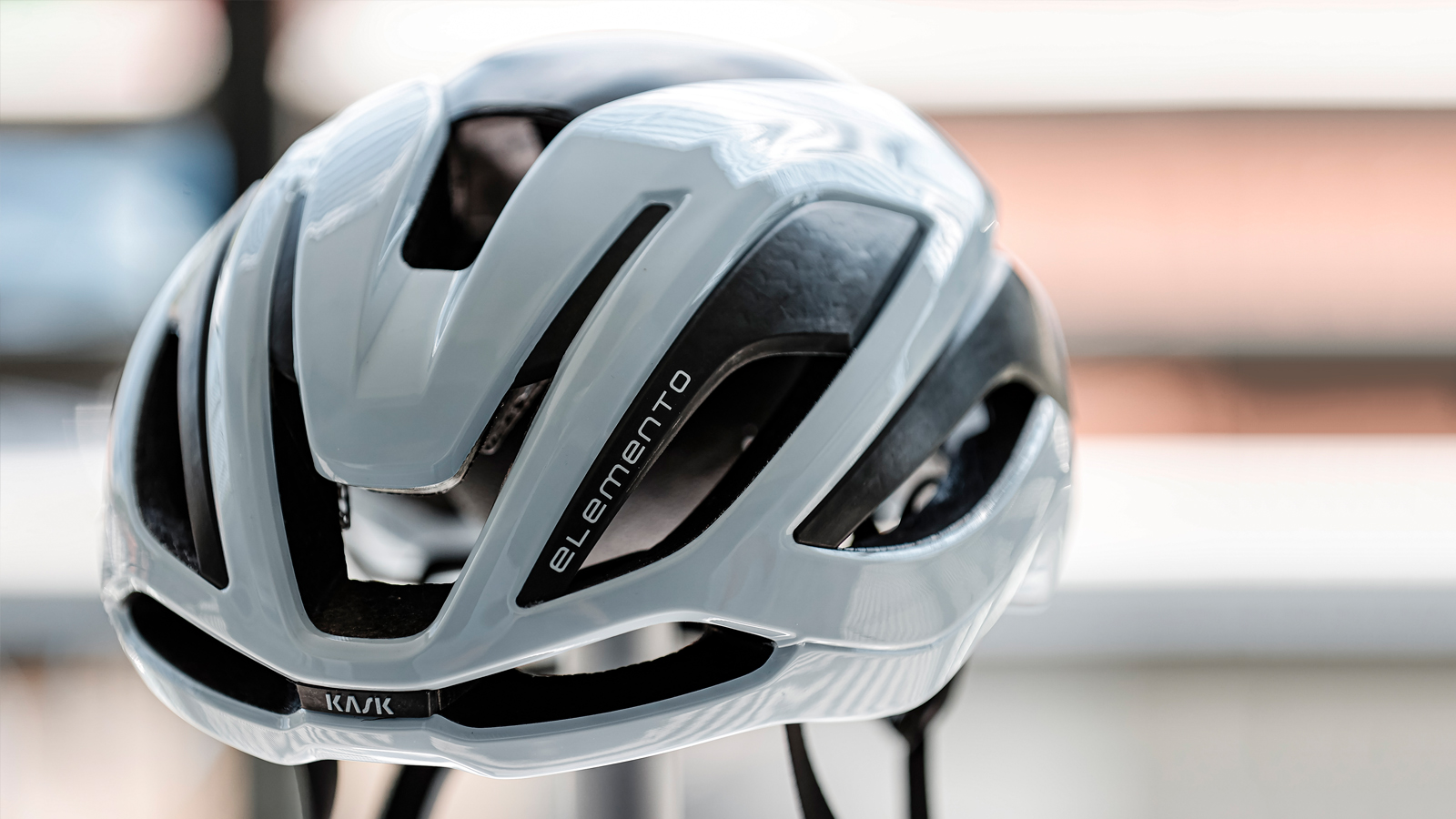
Specifications
Reasons to buy
Reasons to avoid
✅ You want a lower profile helmet: The Elemento saves helmet volume via its carbon plates.
✅ You want good adjustability: We found the Elemento easy to get to fit well.
❌ You want more aero: The Elemento came out in the bottom half in our wind tunnel tests.
❌ You want a lower price: The Elemento is very expensive.
Kask's flagship road helmet uses 1mm thick carbon composite plates to save helmet volume and add airflow over the usual EPS. Its 3D printed padding also allows air to flow through, as well as managing rotational impacts, resulting in a four-star Virginia Tech rating.
In truth, while the Elemento holds its own well, I don't think it performs any better than those listed above though. It looks great, possibly my favourite in that regard, but it's really expensive, the ventilation isn't as good as the Evade or the Cadence, and it landed in the bottom half in our wind tunnel test results.
Read our full Kask Elemento helmet review for more details.
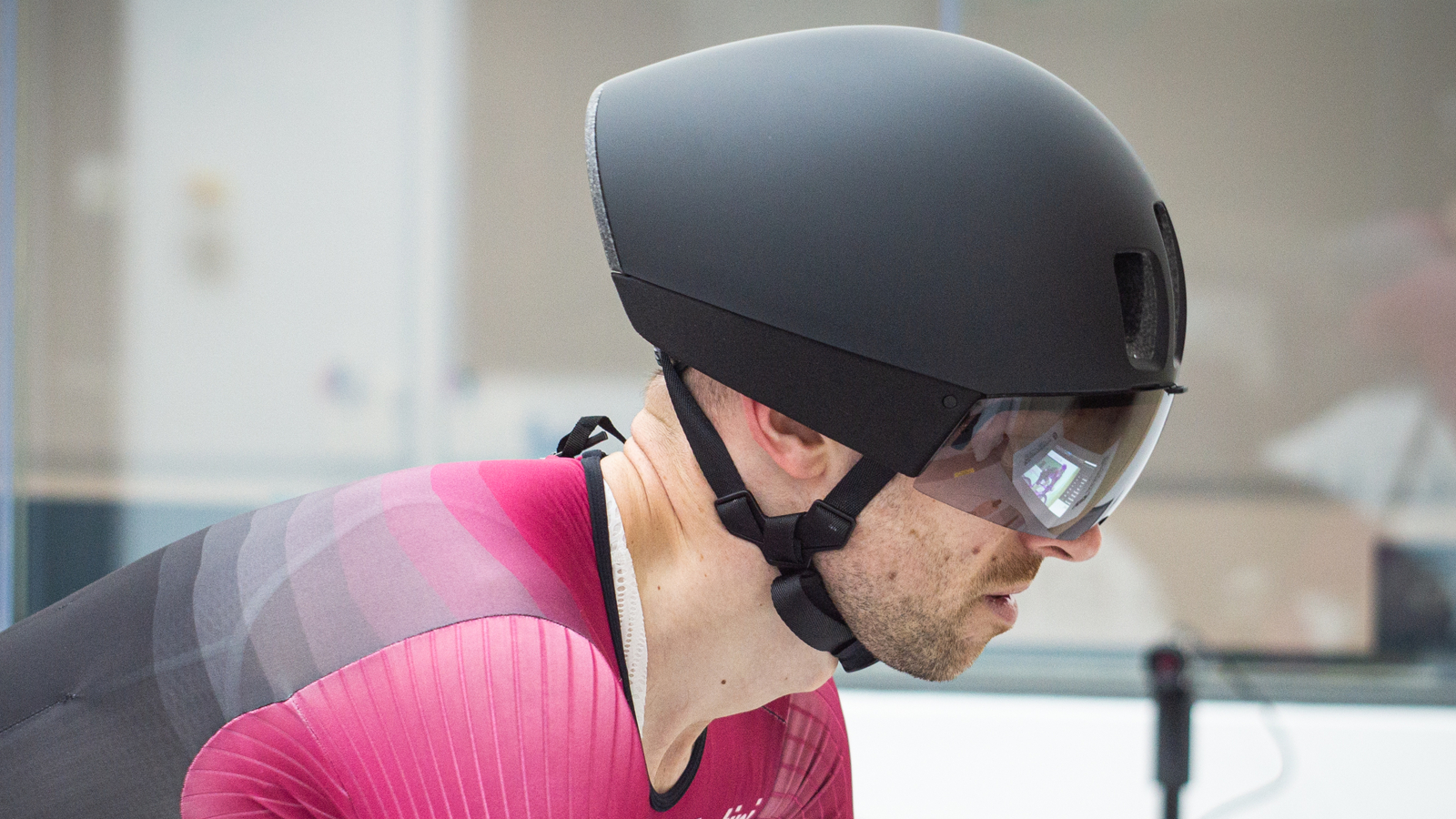
12. POC Procen Air
Specifications
Reasons to buy
Reasons to avoid
✅ You want the most aero helmet: The Procen Air, with the visor fitted, was the best-performing helmet in our first helmet lab test.
✅ You want one helmet for road and TT use: The Procen Air can easily do TT duties.
❌ You want 'normal' roadie looks: You'll stand out unless you're seriously into aero.
❌ You want a quiet ride: Despite the ear covers, there's a lot of wind noise.
The Procen Air was the best-performing aero helmet in our first round of wind tunnel testing with a human rider, but scored mid-pack when we retested with a mannequin in a more aero ride position. Curiously, it was also faster without a visor than with in our second test.
On the plus side, the airflow through the helmet is decent, despite the bowling ball looks and the helmet feels comfortable and secure. It's those looks that will divide; even in the pro pack they stand out, so you need to be bold to port them to a Sunday club ride or pootle through the lanes, although the Procen Air would serve for time trial use, saving cash on a second TT helmet.
There's also quite significant wind noise despite the ears being semi-covered.
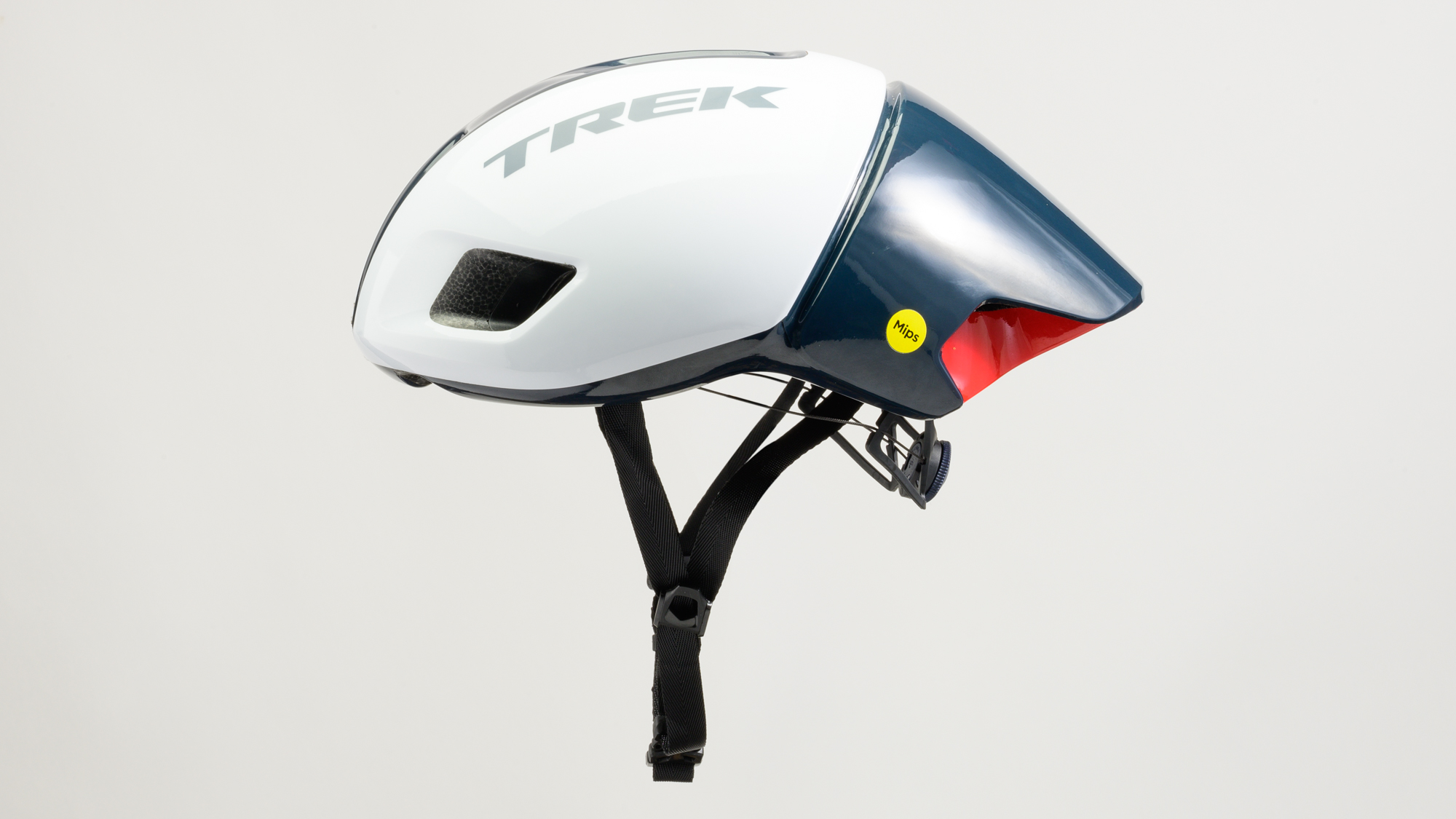
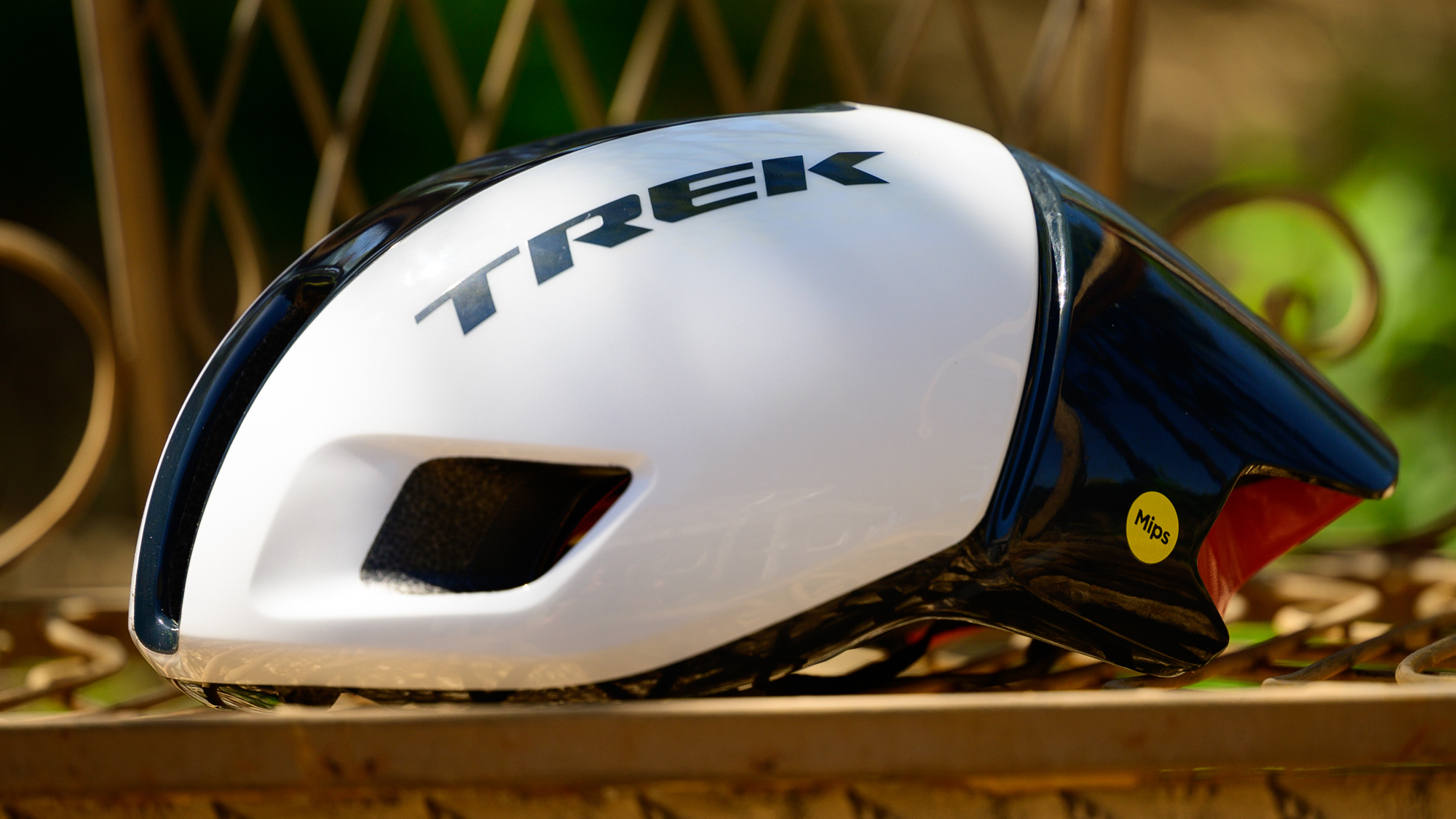
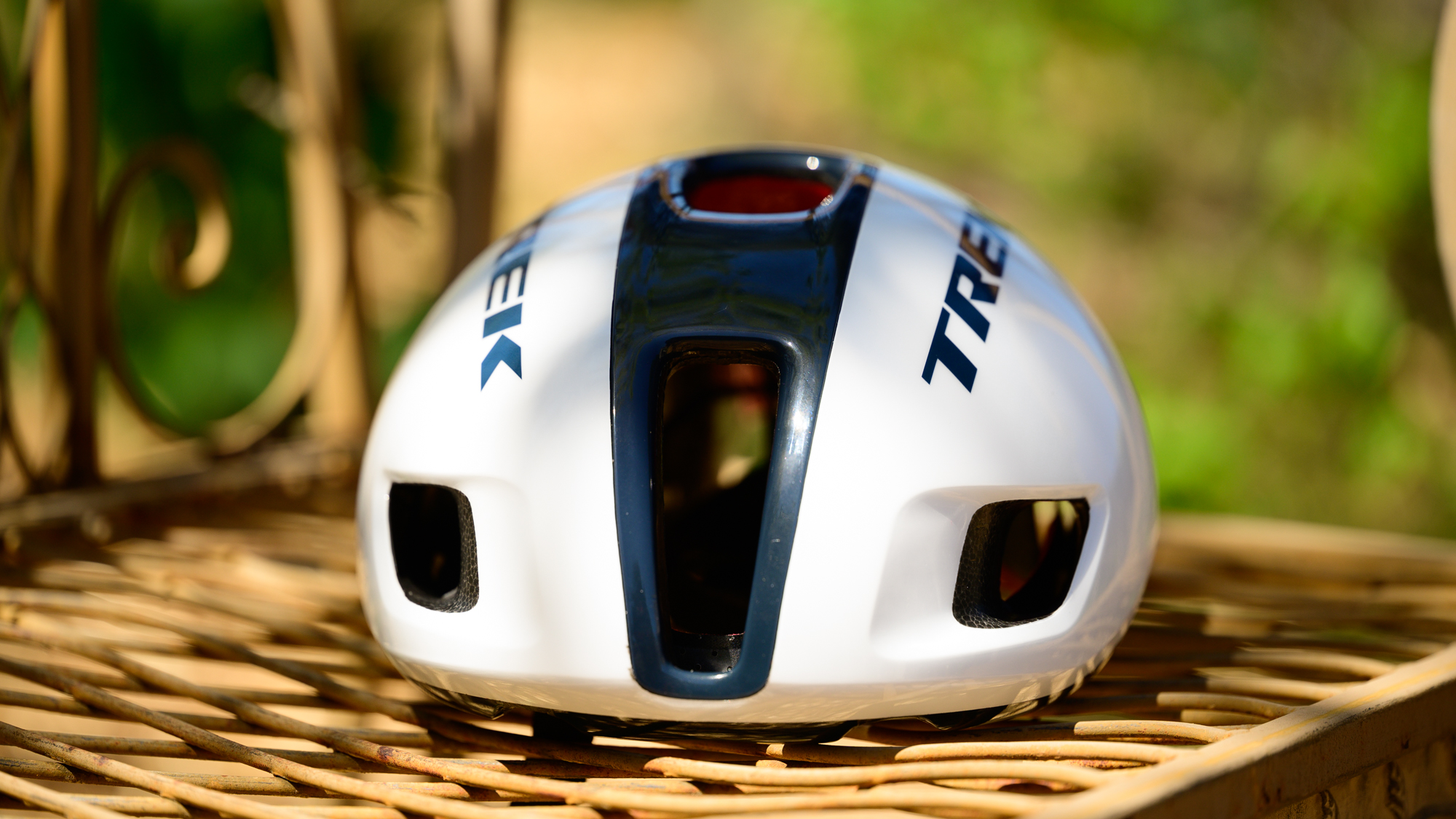
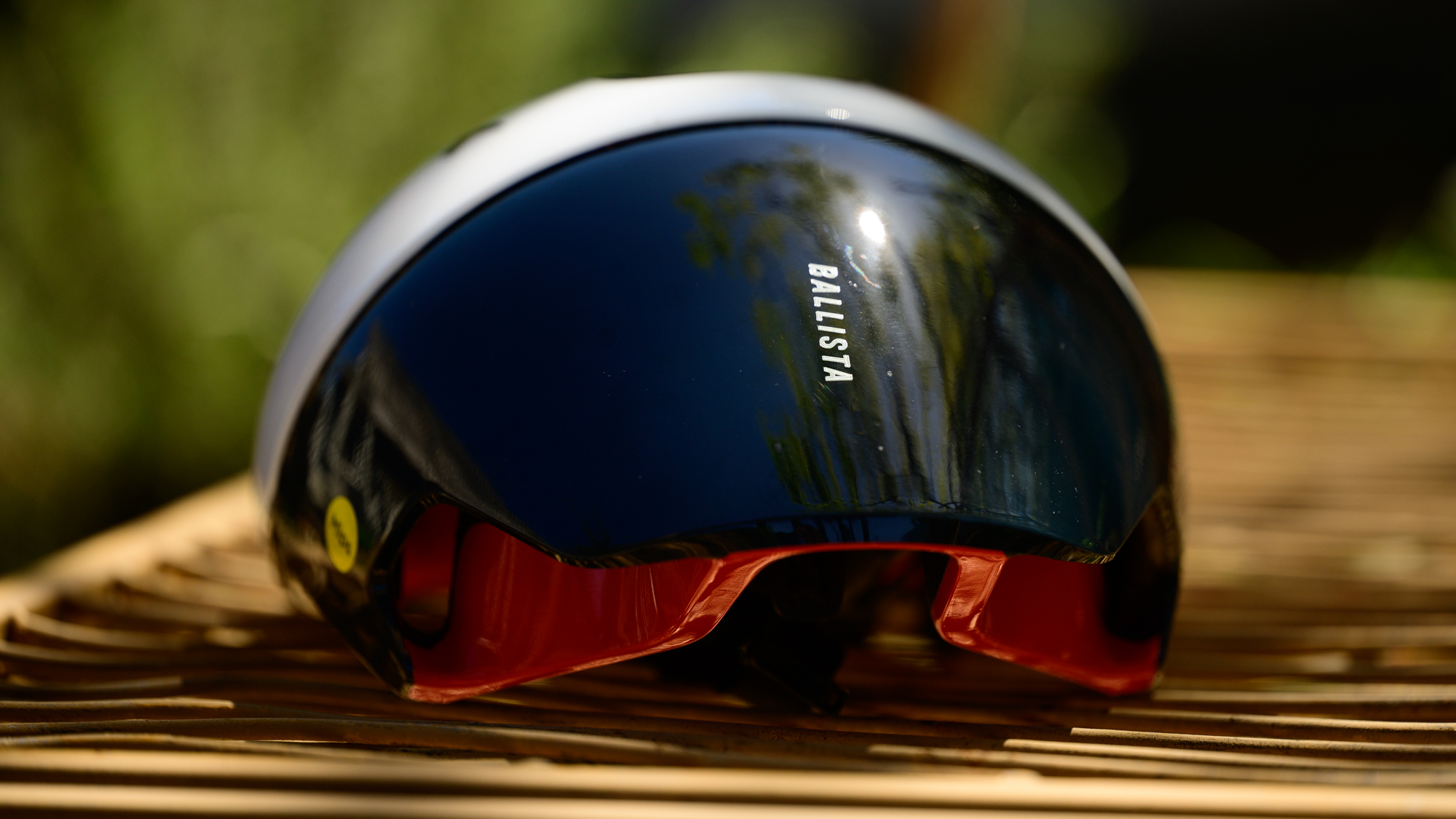
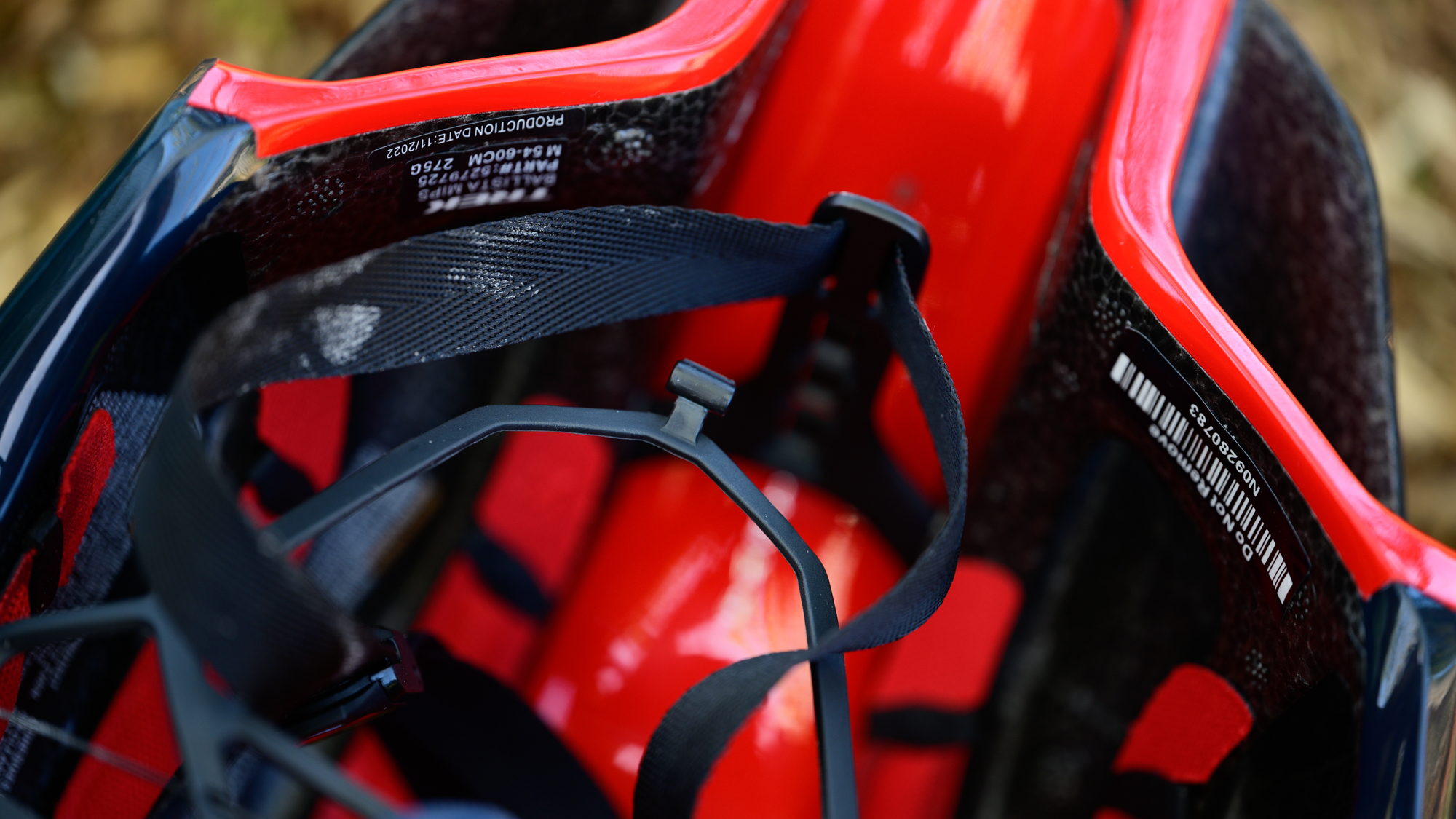
Specifications
Reasons to buy
Reasons to avoid
✅ You want top aero performance: In our first tunnel test, which featured over 40 leading helmets, the Ballista was the helmet that was the second most aerodynamic.
✅ You want low weight: The Ballista is also impressively lightweight.
❌ You want a 'normal' looking road helmet: The aero design stands out in a very serious, performance sort of way.
❌ You want a non-fiddly design: It's easy to detach the tail accidentally.
In our most recent aero helmet test, using a mannequin, the Ballista mixed it up with short-tail time-trial helmets. It was the second fastest road-style helmet, losing out by just over half a watt to the Oakley Velo Mach at 40km/h and 1.45W at 50km/h. Apart from the wind tunnel testing, we've not used the Oakley helmet, so we're not able to make a more rounded assessment of its performance, while we've already reviewed the Ballista.
The Ballista's go-faster tail covers the rear exhaust ports and gives the helmet a long, droop-tailed look. It's fine for Mads Pedersen, but you probably need the rest of the aero kit to pull it off. You are also likely to need a head-down aero ride position to fully harvest the aero gains on offer.
The tail section of the Ballista is removable, shortening the helmet for travel and storage, although I found it was a little too easy to detach by accident. You can also feel the wind pushing against it in crosswinds or if you turn your head.
Unlike some aero helmets, there's good airflow through the Ballista's core. MIPS Air places the MIPS sliders under the padding, so there's no separate liner to impede the air, and its weight is low too. The large front vents help to dry the forehead pads when going slower.
You can find out more in our full Trek Ballista MIPS helmet review.
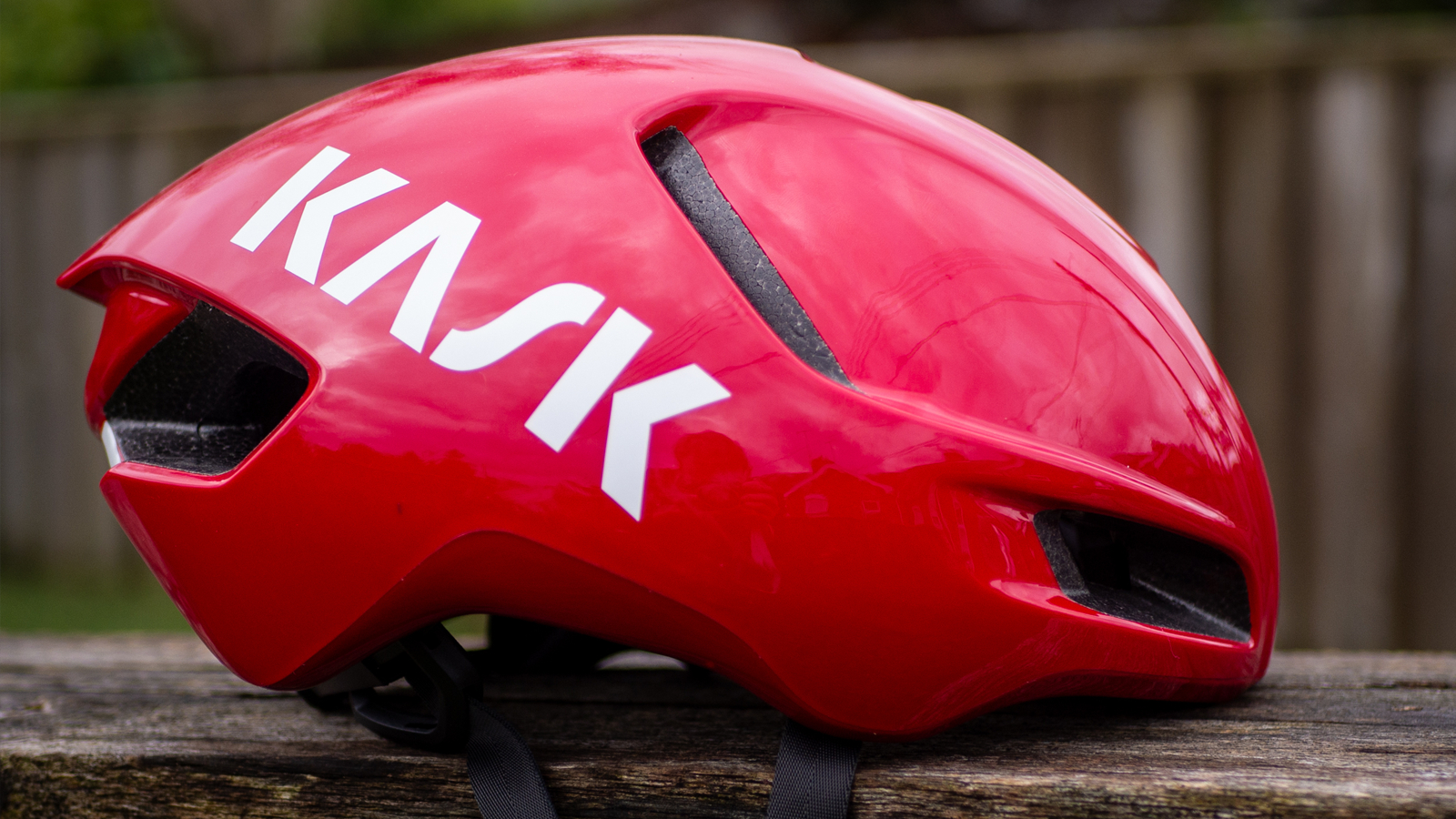
Specifications
Reasons to buy
Reasons to avoid
✅ You want pro team looks: The Utopia Y is a favourite of team Ineos.
✅ You want quality finishing details: Kask adds nice touches like the faux leather chin strap.
❌ You want more ventilation: It's only average for the Utopia Y.
❌ You want a cheaper helmet: There's comparable performance available at lower prices elsewhere.
Another Ineos pro team helmet, the Utopia Y is claimed by Kask to be one of its top aero helmets, although in our own tests it came out mid-field. We weighed a size M at 264g and an L at 280g.
It's another premium offering from Kask, with a faux leather chin strap, although we found the buckle fiddly and the rear retainer needs to be adjusted each time you put the helmet on. The Utopia Y is comfortable and has good internal airflow, but doesn't provide significantly better performance over cheaper alternatives.
You can read our full Kask Utopia Y helmet review to find out more.

Specifications
Reasons to buy
Reasons to avoid
✅ You want easy closure: The Manta's magnetic buckle is easy to use, plus the straps are well organised.
✅ You want lots of colour options: Six are on offer, with quality detailing.
❌ You want compatibility with all sunglasses: The helmet can interfere with the arms, so it's worth checking with yours.
❌ You want more ventilation: The Manta's aero design means it is more enclosed than many helmets.
The MET Manta is an aero road helmet which has featured in the WorldTour on the heads of the UAE Team Emirates squad. When we tested it in the wind tunnel back in 2024, it secured a very respectable 12th place.
It has a nice magnetic closure system and the Safe-T Upsilon retention system and 360-degree fastening belt sits comfortably, with good adjustability. It also comes in six colours, with nicely designed graphics, and we weighed a size M at 235g and an L at 270g.
Our testing found that there can be interference behind the ears with some cycling glasses and the Manta placed mid-pack in our wind tunnel tests - a decent result for a helmet that's not out-and-out aero.
Read our MET Manta MIPS review for more.
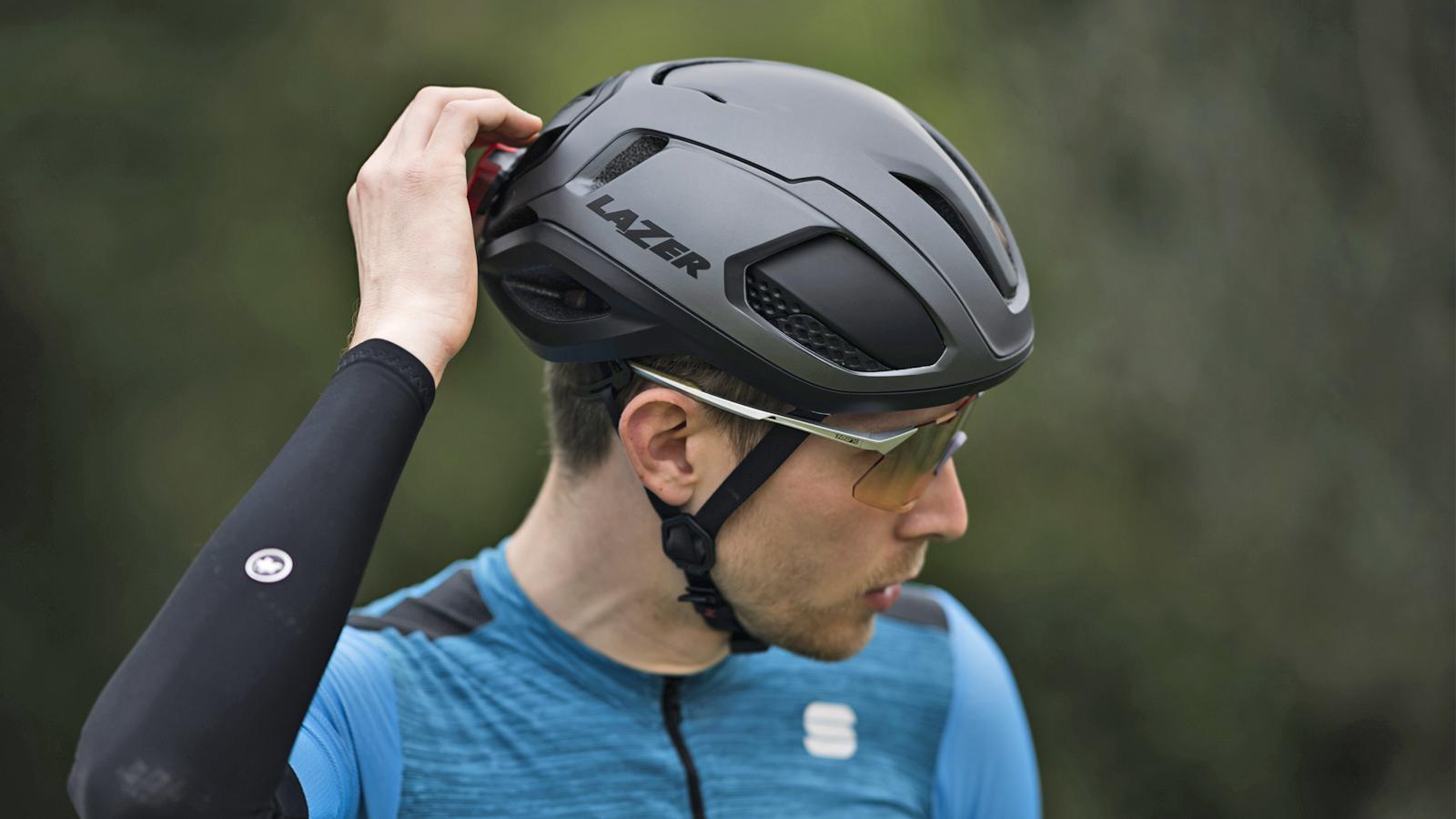
Specifications
Reasons to buy
Reasons to avoid
✅ You want easy adjustment: Lazer's Scrollsys is easy to use even with gloves.
✅ You want a rear light: Lazer sells a light to fit in the vents.
❌ You want better light integration: Lazer's rear light tends to point skyward, rather than directly behind.
❌ You want easy glasses storage: It's another helmet that doesn't get on with all sunnies.
The Lazer Vento KinetiCore is another aero helmet that just missed out on a top 10 score during our wind tunnel testing, although there's more to this helmet than all-out aero performance. The helmet uses Lazer's Kineticore technology, which features crumple zones in place of MIPS to handle rotational impacts. We found it to be comfortable, with a shape that fits well and its 286g weight in size M (305g in L) is decent for an aero helmet.
It is worth a shoutout for also coming with an add-on rear light that mounts into a slot built into the rear, although the angle could be more optimal. It was a close call against the Scott Cadence, but the wind tunnel performance and optional plugs for the Cadence earned it its space.
Read more in our Lazer Vento Kineticore helmet review.

Specifications
Reasons to buy
Reasons to avoid
✅ You want great ventilation: POC has prioritised airflow, with the large front vents channelling air through the helmet.
✅ You want easy adjustment: We liked the Cytal Carbon's adjustability.
❌ You want any colour other than black: That's all that's on offer, despite the pro team having a pink one.
❌ You want a lower price: The Cytal Carbon is yet another premium-priced helmet.
The POC Cytal Carbon is worn by the EF Education pro team. Its front vents are more vertical than on many helmets, which POC claims improves airflow through the helmet. There's a carbon 'wing' that sits in the centre of the helmet and the Cytal Carbon achieved a four-star safety rating despite the lack of MIPS or another rotational impact safety system.
When we tested the helmet in our most recent wind tunnel session, it ranked quite low. POC has now also launched a non-carbon Cytal, which is cheaper and includes MIPS. It performed better in our wind tunnel testing, although the result was still only mid-pack.
Read our POC Cytal Carbon helmet review for more.
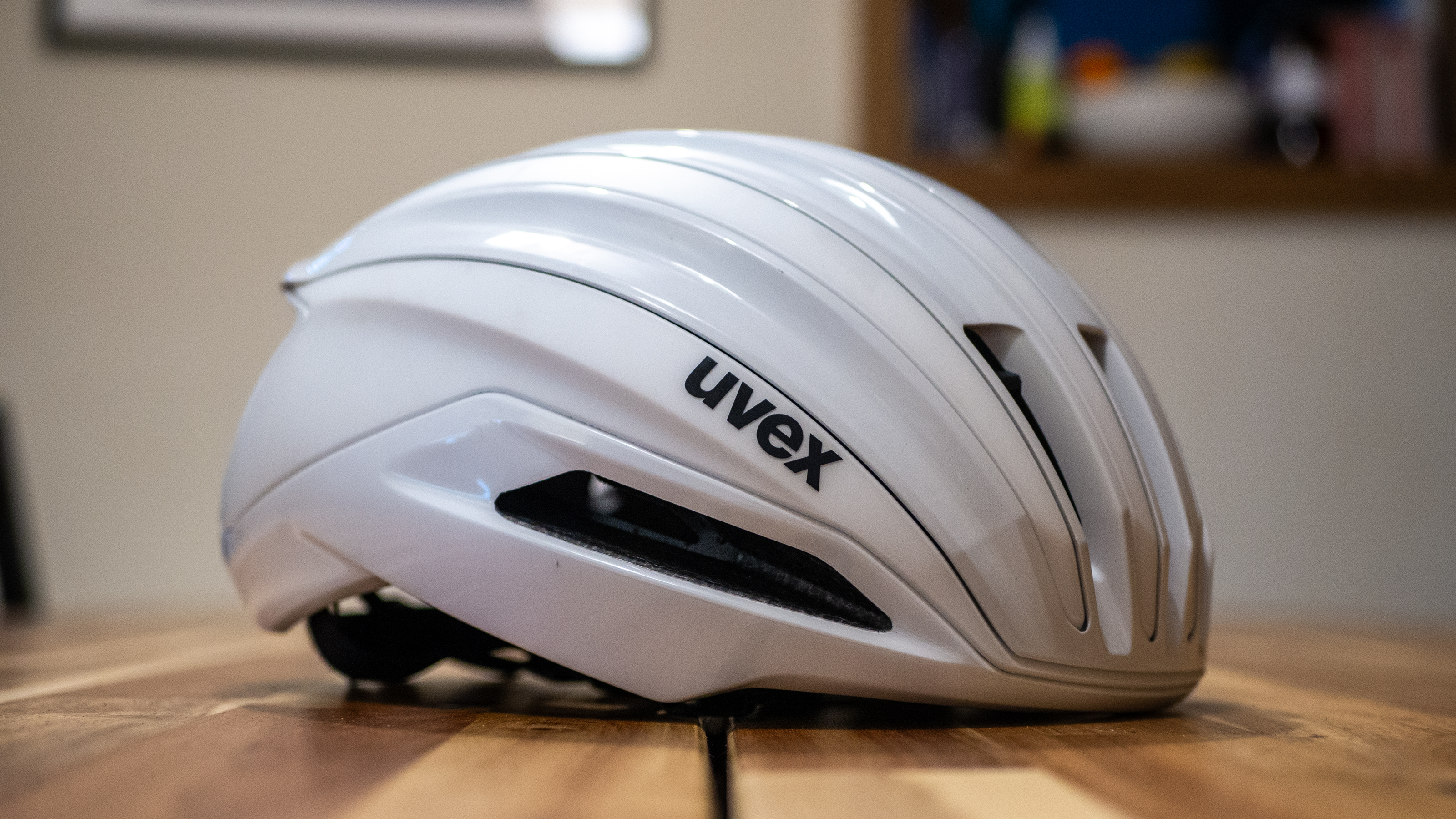
Specifications
Reasons to buy
Reasons to avoid
✅ You want good airflow: Without the shell, the airflow through the Uvex helmet is good.
✅ You want an add-on shell: You can close the vents for better aerodynamics or to keep out the cold and wet.
❌ You want adjustable splitters: The Surge's strap splitters can't be moved.
❌ You want fast aero performance: The Surge was low-ranking in our aero helmet tests.
Another pro helmet, the Surge comes with a removable aeroshell, even if the pros have to glue it in place to placate the UCI. It's not the lightest helmet, at 283g without the shell and 354g with it in size M (310g without shell in L), but sans shell it's well vented.
On the plus side, it's affordable and comfortable to wear both when it's hot and when it's cold, although the splitters for the straps are non-adjustable, which we found a little awkward.
Read our full Uvex Surge helmet review for all the details.

Specifications
Reasons to buy
Reasons to avoid
✅ You want a low-priced helmet that doesn't look cheap: The RCR helmet looks much more premium than its price.
✅ You want MIPS: Despite its price, Decathlon still includes MIPS Air Node low-profile protection.
❌ You want better glasses retention: The helmet doesn't hold onto sunglasses well.
❌ You want flashier straps: Van Rysel's are a little basic.
Decathlon sells the Van Rysel RCR helmet with MIPS Air Node. It's great value and we found it more vented than the RCR-F, which has a similar shape, although without the magnetic buckle.
Despite the low price, the RCR helmet looks much more premium. It's comfortable too, despite minimal padding. We didn't find the glasses retention to be great and the straps are a little basic, but otherwise we think there's little to fault, particularly at the price.
Read our Van Rysel RCR MIPS helmet review for more details.
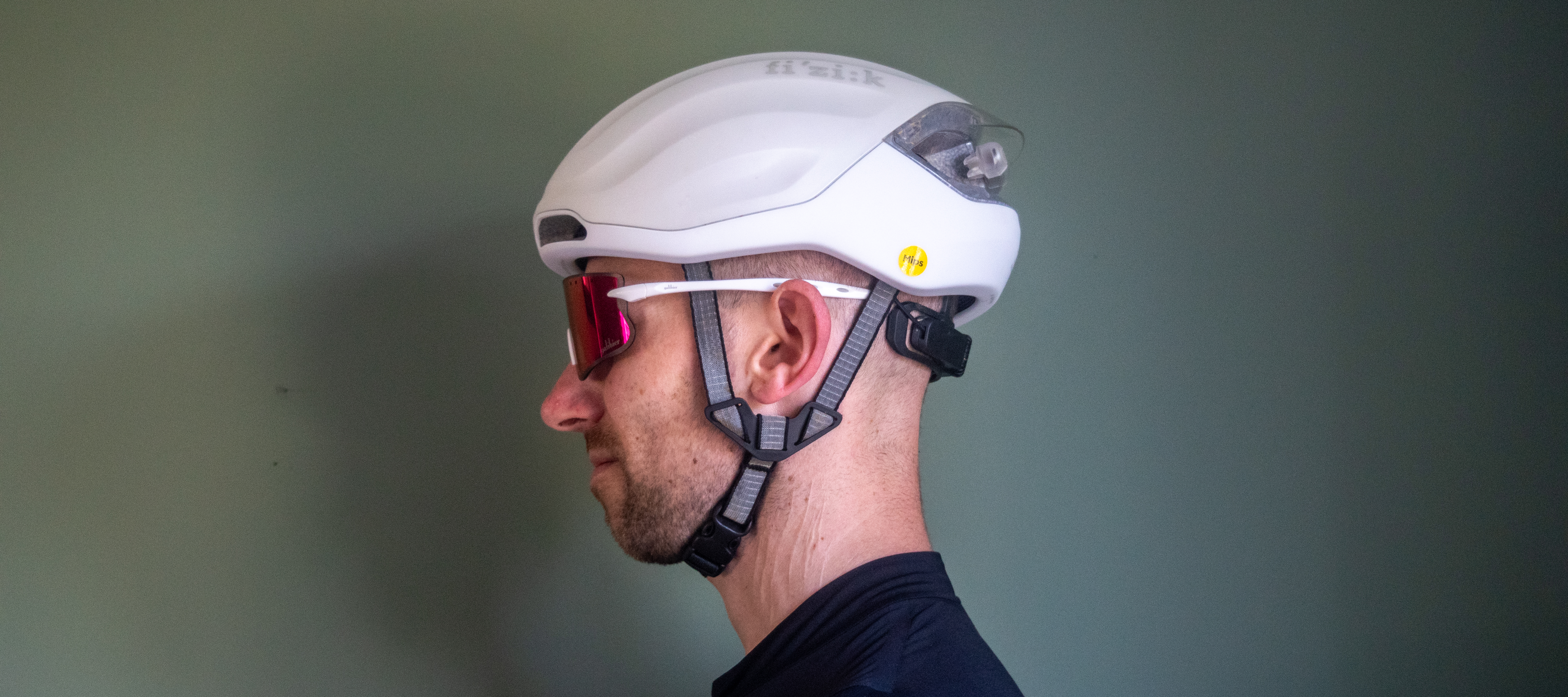
Specifications
Reasons to buy
Reasons to avoid
✅ You want quality features: Fizik's helmets look smart, are comfortable and come with a rear light as standard.
✅ You're looking for a good Virginia Tech score: The Kudo Aero was awarded five stars in crash testing.
❌ You want better airflow: We found the Kudo Aero a little hot on warm days.
❌ You want proven aerodynamics: We've yet to wind tunnel test the Kudo Aero, although it looks fast.
Better known for saddles and shoes, Fizik has now branched out into helmets. The Kudo Aero is one of four helmets in its range. It's aero optimised, which means fewer vents than the non-aero Kudo and we found it ran a little hot, although that's useful in the rain.
The Kudo Aero scores well in Virginia Tech's impact testing. We've not yet aero tested it, though it looks the part and it's a comfortable fit.
Fizik includes a USB rechargeable rear light, which we reckon is a good addition for safety, although it didn't fit well in our initial test helmet.
Read our full Fizik Kudo Aero helmet review for more details.
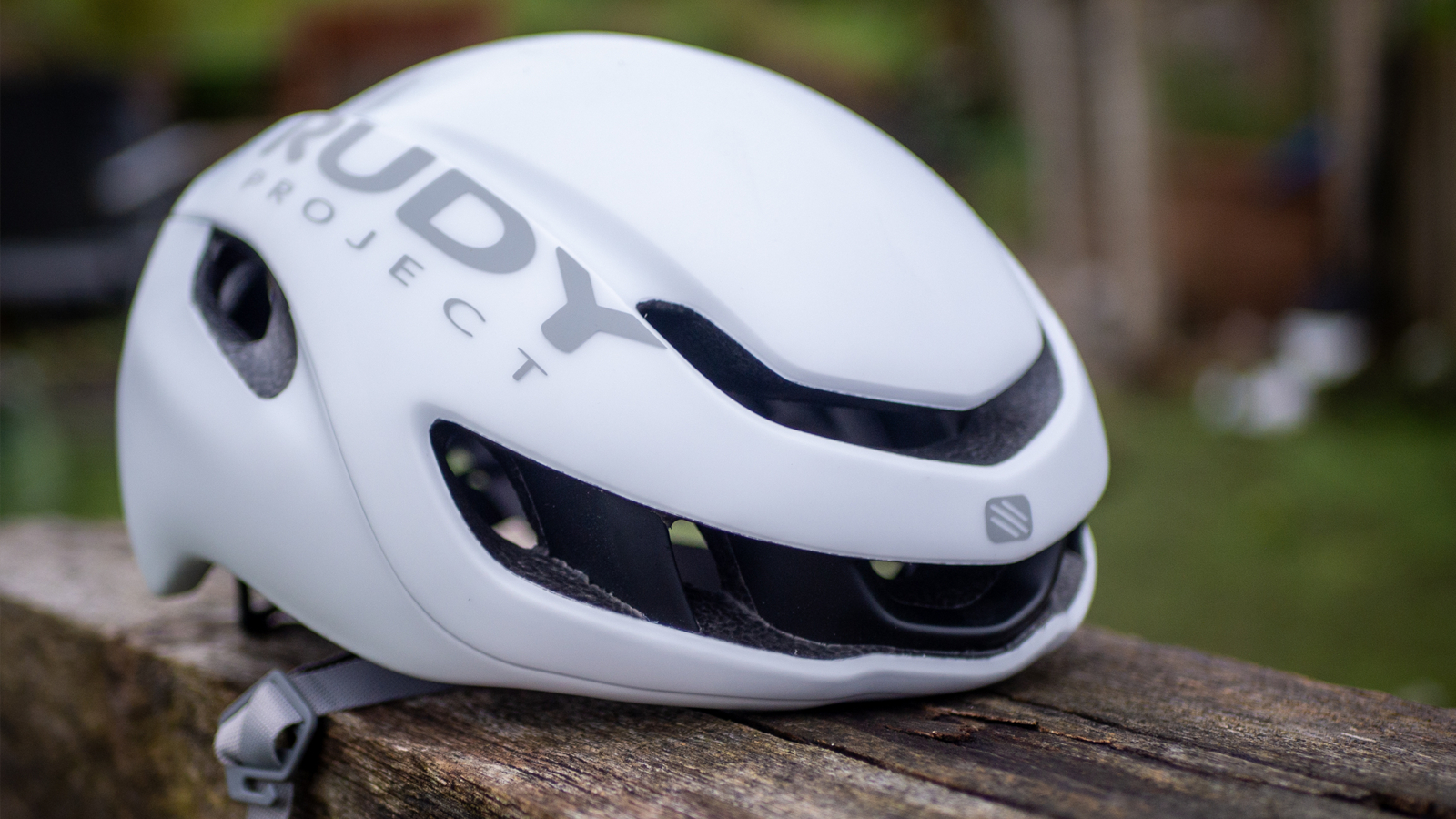
Specifications
Reasons to buy
Reasons to avoid
✅ You want an affordable aero helmet: The Nytron undercuts most aero designs on price.
✅ You want good venting: We were impressed with the airflow through the helmet.
❌ You want more size options: There are just two sizes on offer, rather than the more normal three.
❌ You want top aero performance: The Nytron scored mid-range in our testing.
The Nytron is a more affordable aero helmet with a distinctive look. The large brow vents do a good job of channelling air through the helmet's interior, and we rated the better cooling than many aero helmets and the comfortable fit.
There's no MIPS or other rotational impact system and the Nytron put in a mid-pack performance in our aero helmet wind tunnel tests. There are two size options, rather than the more normal three, with the S/M weighing 287g and the L weighing 305g.
Read our full Rudy Project Nytron helmet review for more.
How to choose the best road bike helmet
Here are the key considerations we'd recommend that you take into account when choosing a cycling helmet for your needs:
- Helmet type: What type of riding do you plan to do and where do you ride? If you want to keep cool on hot rides, a more vented design might be right for you, while if you want to go faster, an aero helmet may be better. For commuting, one of the best commuter bike helmets may be a good choice.
- Sizing: Getting a helmet that fits your head size is clearly important, so measure your head and choose a helmet that will fit.
- Shape: Helmets vary in their internal shape, so it's a good idea to try a helmet on before purchasing, to make sure that the fit is close but comfortable.
- Straps: Make sure that the straps fit snugly, can be adjusted to fit and sit comfortably against your face.
- Safety features: All helmets must pass basic safety standards to be sold legally, but do you want extra safety tech such as MIPS, KinetiCore or others?
- Weight: Helmets vary in weight, and in theory, lighter is better, although you'll soon get used to any extra weight.
- Aero performance: There was over 2 watts difference in drag at 40km/h between the best and worst in our testing. That's free speed, so check our numbers to see if your preferred helmet does well.
- Price: You can pay a lot for top-tier helmets, but a cheaper helmet will do essentially the same job, so choose a helmet to match your budget.
Everything you need to know about the best road bike helmets
How are helmets certified?
Said simply, you need a helmet that is safe. This might sound obvious, but it's worth consideration because there is a lot of confusion surrounding what that might mean. You'll find lots of claims, but remember, every single helmet on the market will have gone through testing as mandated by the government in your area.
To give you an idea of what that means, we can take a look at the US CPSC (Consumer Product Safety Commission) certification. The CPSC mandates a series of tests covering peripheral vision, positional stability, dynamic strength of the retention system, and impact attenuation. Every helmet sold in the USA will have had to pass those tests covering the ability of a helmet to stay on your head and protect it when you hit the ground. There are equivalent certifications in place in different regions of the world.
From there, helmet companies look for other ways to differentiate and the sky's the limit. Aerodynamics, weight, sunglasses retention, the list goes on, but sometimes these features compete with each other. It's hard to make a helmet super aerodynamic and well-ventilated at the same time, for example, so there's often a balance and a trade-off against the price. As with anything, helmets that do everything well tend to cost more.
What are the best bike helmets for women?
While there are still a few brands that make women-specific helmets, we interviewed a host of people from around the industry, including Kelly Murphy, who has a PhD in Cognitive Neuroscience, to ask 'do women need a women-specific helmet?'
The answer was a resounding no, and we found that there's no performance or comfort benefit. Just like in bikes, there's as much scope for difference between two people of the same gender as there is across different genders.
In an overwhelming number of cases, unisex helmets are preferred by women, and every helmet listed in this guide is perfectly suitable, no matter your gender.
What are MIPS, SPIN, WG11 and KinetiCore?
When you crash, very rarely will you bang your head against the ground at a perfectly perpendicular angle (like a basketball bouncing off the floor). More often, you will hit the ground at an angle (like a plane coming in to land), and that impact will force your head to want to rotate as it rebounds.
Over the past decade, there has been a push to increase the safety of helmets in these impacts, and they tend to achieve this by designing in the ability for the helmet to rotate a few degrees independently of your head. This absorbs some of that impact and means less of that rotational force makes its way to your skull, thus better protecting your brain inside against concussion.
MIPS is a brand that designs different solutions and then licenses them to brands - more on that below.
KinetiCore is the technology designed by helmet brand Lazer, and it simply shapes the EPS foam (that helmets are typically made from) into blocks that can shear and break in the event of an impact.
SPIN stands for 'Shearing Pad INside' and is the tech designed by POC. This lets the helmet's internal pads shear off in the event of an impact to achieve the same solution.
Finally, other helmet brands, principally Kask, use the WG11 testing protocol. There's more on this below.
Do you need MIPS for a helmet to be safe?
If all helmets pass the relevant certification protocols, why do some brands have MIPS? MIPS stands for Multidirectional Impact Protection System and it is a brand name. Like Hoover or Velcro, MIPS has become synonymous with a type of system, but it is a brand like any other, so if a helmet has MIPS, it's because the helmet maker has chosen to license one of MIPS's solutions.
We have a full guide that explains what a MIPS helmet is. If you'd like to know more. One of the key takeaways from that is that even if a helmet bears the MIPS technology inside, it is only allowed to use the MIPS branding if tests confirm a 10% improvement in impact protection.
You could mistake that for meaning a MIPS helmet is at least 10% safer than one without, but it's key to remember that this only applies to two of the same helmet. There's no guarantee that a Specialized helmet with MIPS is any safer than a POC helmet without.
In reality, the issue is not about MIPS or no MIPS. The bottom line is that no one is sure what it takes to reduce traumatic brain injuries as a result of head trauma. The first challenge the industry identified was keeping your skull intact when you hit a hard object. That is what the CPSC impact attenuation certification tests and everyone makes the grade at this point.
MIPS came to market because the brand believes that an impact at an angle has different requirements, but it's worth understanding that there are different solutions to the same problem, as outlined above. All the technologies do a similar thing in different ways and there's no way to be sure that one is better.
How do I find the most comfortable road bike helmet?
With safety out of the way, you will want to focus on comfort, but that can mean a few different things. The most obvious way to make sure you are comfortable is to make sure you have the right fit and that starts with the right size. There's no substitute for trying a helmet on, even if that means shipping back something bought online, but there are ways to stack the deck ahead of time.
Start by measuring your head just above the ears and across the brow. If you have a soft tape measure, that's your best bet. If not, use a piece of string and then compare it to a standard tape measure. Our testers even use a long USB cable in a pinch. Once you have that number, normally in centimetres, you can apply it to a size guide to pick the correct size.
If you are in between sizes, you will need to decide which direction you lean or choose a different brand. I am lucky in that I'm comfortably a medium in all helmets, but one of our former testers blurred the line between small and medium. For helmets that he wanted to be able to wear with a cap, he'd go big, but for summer aero helmets he'd size down to go small.
There are some brands that size up big or small, so that may sway your decision if you're in a similar position.
Outside of sizing, you might want to consider the vertical adjustability of the rear cradle. Most brands allow easy adjustment, but some of the cheaper helmets don't, and it's something to think about.
Comfort also extends to heat management. I really dislike being super hot in a helmet, sweat dripping onto the inside of my glasses, so unless aero really is everything to you, a ventilated helmet will aid comfort in warm weather. The opposite will apply on cold days though, so bear that in mind.
What type of bike helmet is best for me?
The best road bike helmets tend to split into aero, climbing, and mixed styles. Aero helmets are an excellent way to add aero optimisation without extra cost. They can run a bit hotter than the very best vented helmets, and they can weigh more, but the best aero helmets like the Specialized S-Works Evade III are great in every regard.
Climbers' helmets have tons of vents and do a great job keeping you as cool as possible while travelling at slower speeds. More and more, they incorporate some aerodynamics, and they tend to be better all-around options with a style that fits in on more types of rides.
Mixed helmets blend the two a little more. These sometimes add extra features like clip-on lights or dedicated eyewear storage, and some include shells that can be clipped into place to close off the vents. Primarily, they are good all-rounders that do most things well while not necessarily excelling in one area.
What does the Virginia Tech score mean?
All helmets are required to pass a minimum safety standard in the territory where they will be sold, meaning that officially, all helmets available to buy are safe to wear. But manufacturers tell me this is a pretty low bar to meet, so they set their own varying standards. There's no real industry-led test or evidence to confirm which helmet is safer than the next, and even if there were, it would vary somewhat depending on how the helmet actually fits your head.
With that said, an independent testing facility based at Virginia Tech University has been putting helmets to the test against an angled impact since 2011, scoring each helmet and compiling the results in a database.
This third-party verification offers a separate stream of information about how helmets handle these non-linear impacts. It's not the be-all-and-end-all, but we think it's valuable information to consider when buying a helmet. We have provided the result whenever it is available, but given that it's only a number, it might not immediately make sense.
If you want to dive deep, Virginia Tech goes into great detail covering the science behind the number. To keep it simple, the lower the number, the better, and right now the top-ranked cycling helmet, out of almost 300 tested, has a score of 7.1.
If you also see a star ranking, that is the same testing displayed differently. Virginia Tech has recalibrated its star rating, as more and more helmets hit its former five-star threshold, so you may spot different star ratings quoted for the same helmet.
Should you consider a bike helmet without a Virginia Tech rating?
Virginia Tech is the only independent organisation that provides a test of bike helmets with more detail than pass or fail. That makes it hard to ignore the testing that Virginia Tech does and yet, not every helmet has a test result. You will have to decide if that sways your choice or not, but there are some reasons why it might be missing.
One reason not every helmet has a Virginia Tech test result is that not every manufacturer agrees with the test protocol. Particularly notable in that realm is Kask, which has publicly disputed the head forms that Virginia Tech, and MIPS, use to test.
The brand states: "Most helmet tests use rotational impact prevention technologies with head forms that have a higher coefficient of friction than those of the human skull and therefore may not reflect what occurs in some accidents." Because of that stance, Kask has developed a unique test protocol using a different headform and the Italian brand isn't alone. Rudy Project also has a unique test protocol that carries a similar name to the Kask WG11 Protocol.
Another reason that not every helmet carries a score seems to have more to do with the volume of releases. There are a lot of helmets and Virginia Tech has only tested around 275. Even brands like POC, which have submitted older helmets, have newer helmets without a rating.
Regardless of the reason for the missing rating, when it's missing, it leaves a question. I've highlighted that question when appropriate and I've included the rating when I have it. You will have to decide what that means for you.
What is a wind tunnel?
A wind tunnel is a laboratory-style testing facility that allows engineers to test the aerodynamic performance of something. Large fans suck air through the tunnel, and the object being tested (in this case, a helmet) is mounted to a fixed point. Sensors let the engineers understand the forces being applied to that object, which in turn lets them calculate the aerodynamic drag. The higher the drag, the more effort required to push it through the air, meaning all else being equal, the cyclist would travel slower at the same effort level.
What is CdA?
CdA stands for Coefficient of Drag x Area, and it is the measure of an item's aerodynamic performance. The Area simply relates to the item's frontal surface 'area' or size. The bigger it is, the more air it'll disrupt. The Coefficient of Drag is the amount of drag that the surface creates as it passes through the air. A coin might be the same size as a bullet, but the bullet's shape will mean it travels much more smoothly.
Using CdA, we can calculate how many watts it would take to hold an average speed, or we can calculate the difference between two helmets.
What is the best bike helmet brand
Choosing a helmet from one of the best bike helmet brands is a good way to make sure that you're getting a quality piece of equipment, as these brands invest a lot of money in the development of safety, ventilation, fit and aero features. Below is a list of the brands that we at Cyclingnews trust as the best bike helmet brands around;
- Abus
- Bell
- Bontrager
- Giant
- Giro
- HJC
- Kask
- Lazer
- Limar
- Liv
- MET
- Oakley
- POC
- Rudy Project
- Scott
- Smith
- Specialized
- Sweet Protection
- Uvex
- Van Rysel
How we test
The Cyclingnews team consists of three full-time product testers: Tom, Will and myself, with contributions from Joss Ross, who's based in the USA. We all had a hand in testing the best road bike helmets, and between us, we've tested well over 60 different models.
Our testing is a mix of dedicated hands-on testing and passive testing. Hands-on tests include quantifiable or comparable metrics such as weighing the helmets, testing the strap and retention adjustment, and taking them to a wind tunnel to see which is fastest.
Our most recent wind tunnel test was the world's largest single comparative helmet test. It pitted 41 different road helmets and six time trial helmets against each other, using a mannequin to help keep the conditions consistent.
Passive testing involves more subjective matters, such as wearing them on our regular rides and back-to-back testing multiple models to see how different helmets perform in the same weather conditions. We've been out in downpour rain and heatwave sun, both on the road and off.
We draw from the independent impact tests performed by Virginia Tech University, where possible, and we make judgments on how comfortably and securely they fit.
Meet the testers
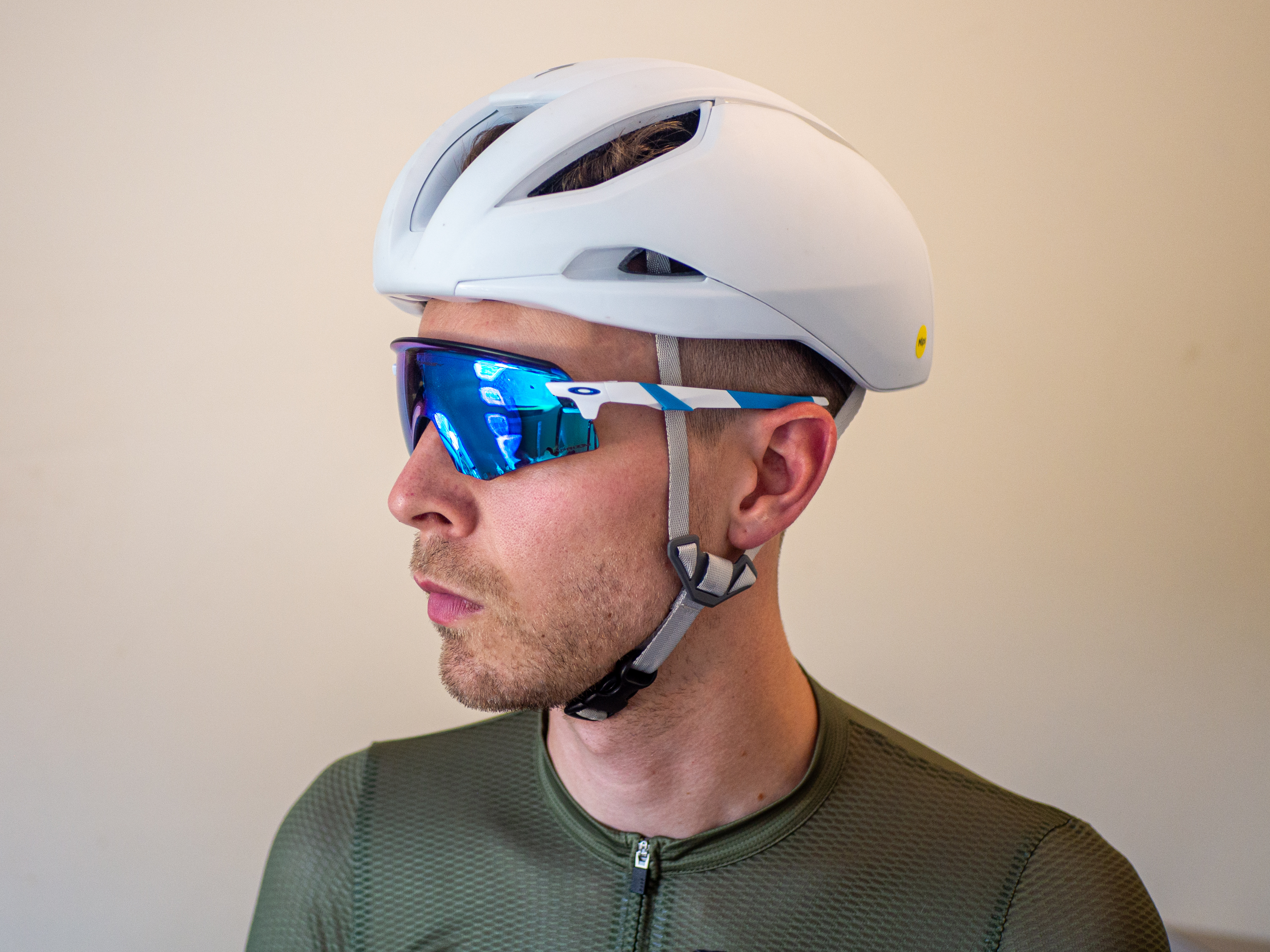
I have tested around 40 different helmets during my time at Cyclingnews, ranging from budget-friendly to high-performance models from dozens of brands. I've also tested dozens of helmets' aero credentials in the wind tunnel, and I've spent countless hours on road bikes, gravel bikes and mountain bikes testing helmets in all weather conditions, all year round.

I've spent my entire career in cycling and have been writing for Cyclingnews for over two years. I've reviewed a stack of helmets and wore 24 different ones at the Silverstone Sports Engineering Hub wind tunnel as part of our continuing in-depth performance testing of cycling equipment.
The latest race content, interviews, features, reviews and expert buying guides, direct to your inbox!

Josh is Associate Editor of Cyclingnews – leading our content on the best bikes, kit and the latest breaking tech stories from the pro peloton. He has been with us since the summer of 2019 and throughout that time he's covered everything from buyer's guides and deals to the latest tech news and reviews.
On the bike, Josh has been riding and racing for over 15 years. He started out racing cross country in his teens back when 26-inch wheels and triple chainsets were still mainstream, but he found favour in road racing in his early 20s, racing at a local and national level for Somerset-based Team Tor 2000. These days he rides indoors for convenience and fitness, and outdoors for fun on road, gravel, 'cross and cross-country bikes, the latter usually with his two dogs in tow.
- Tom WieckowskiTech writer
